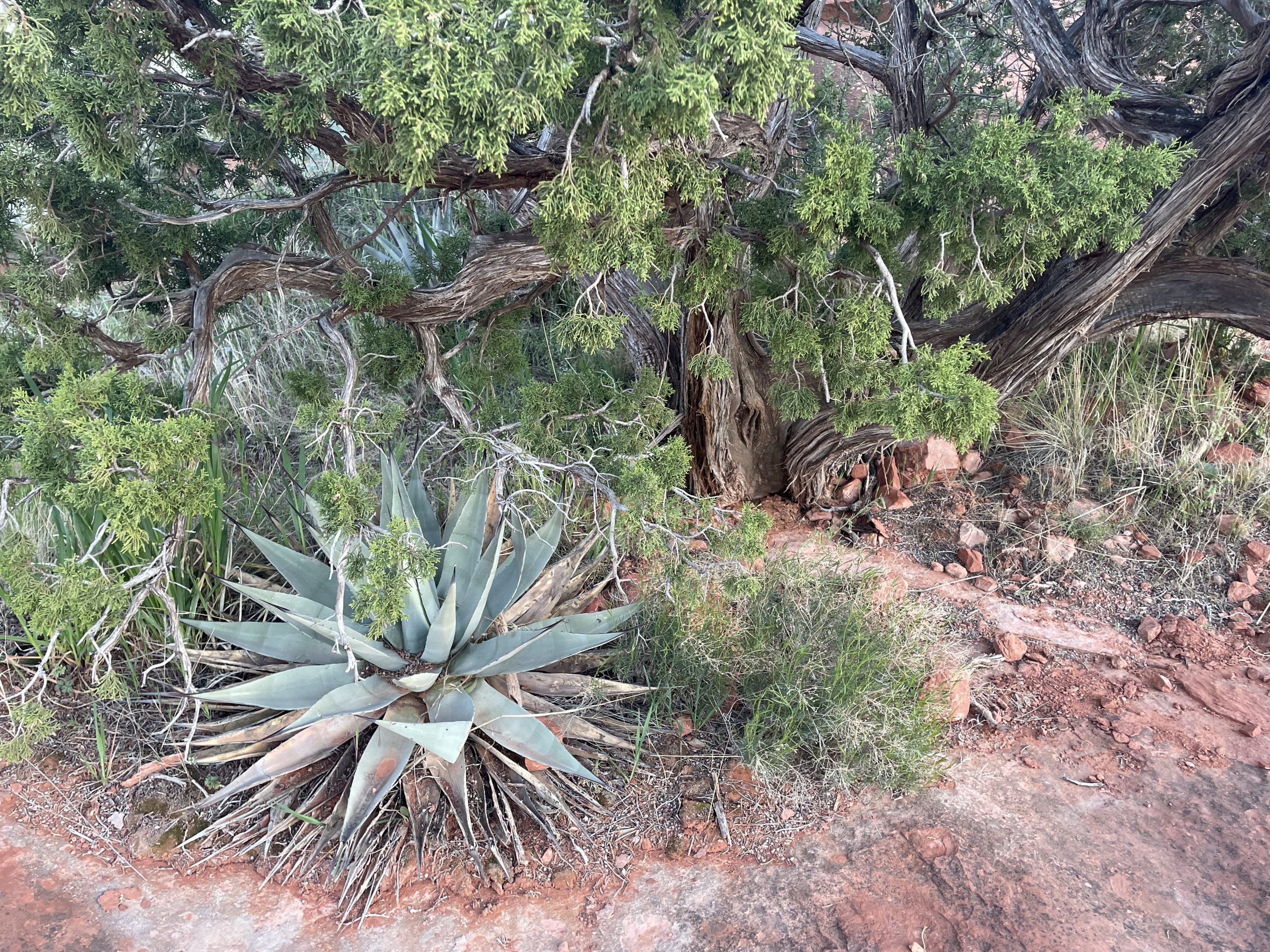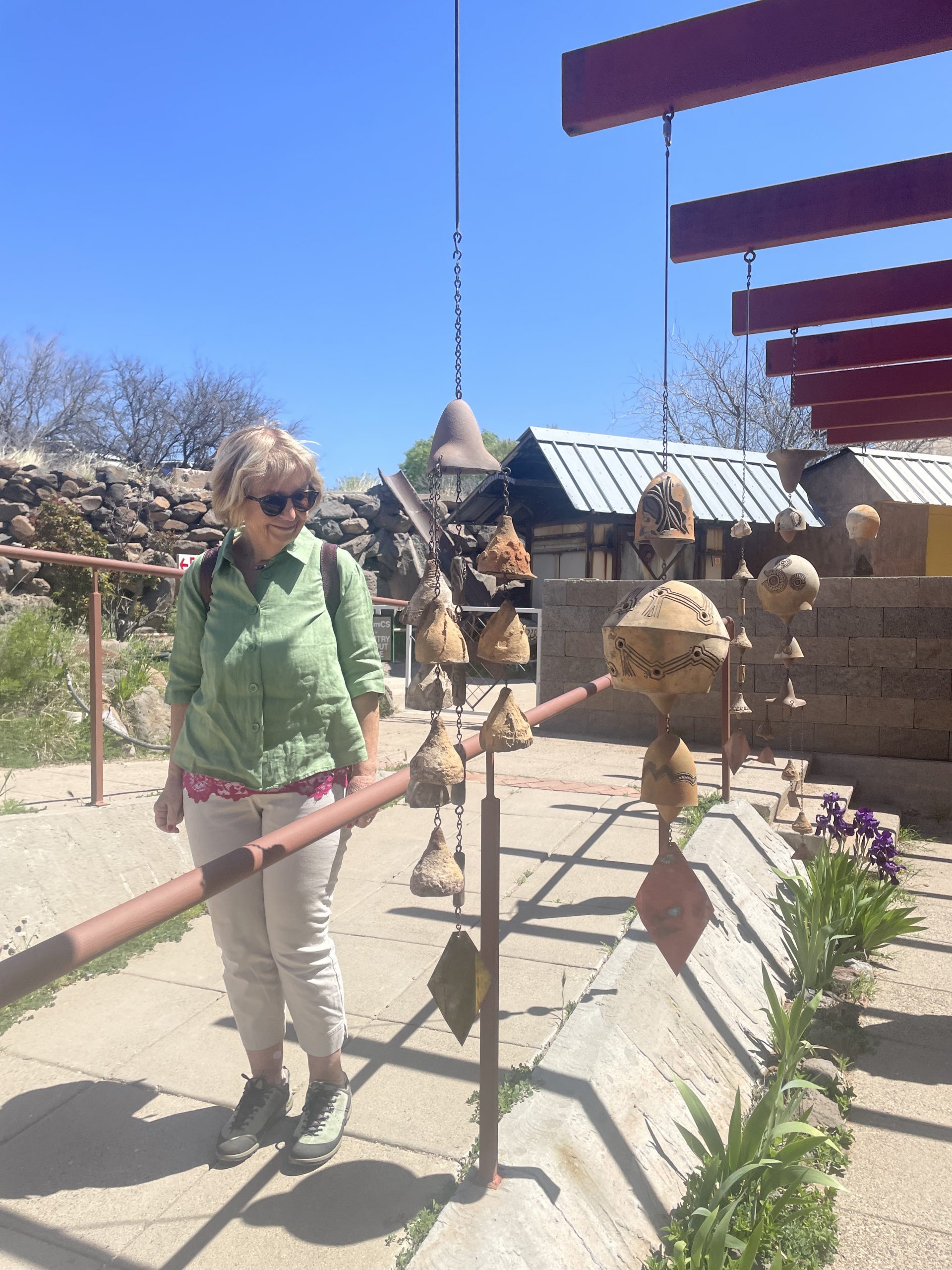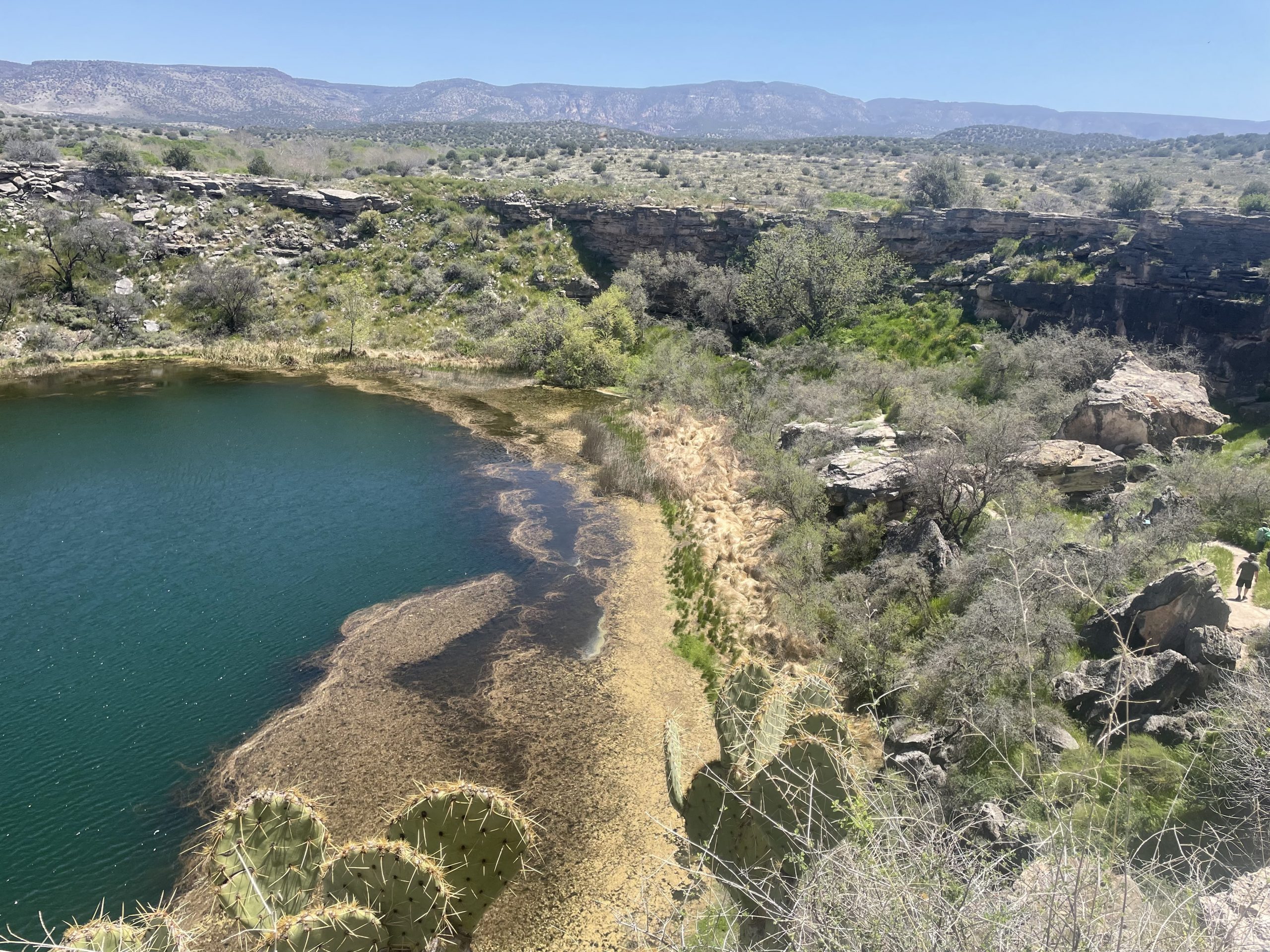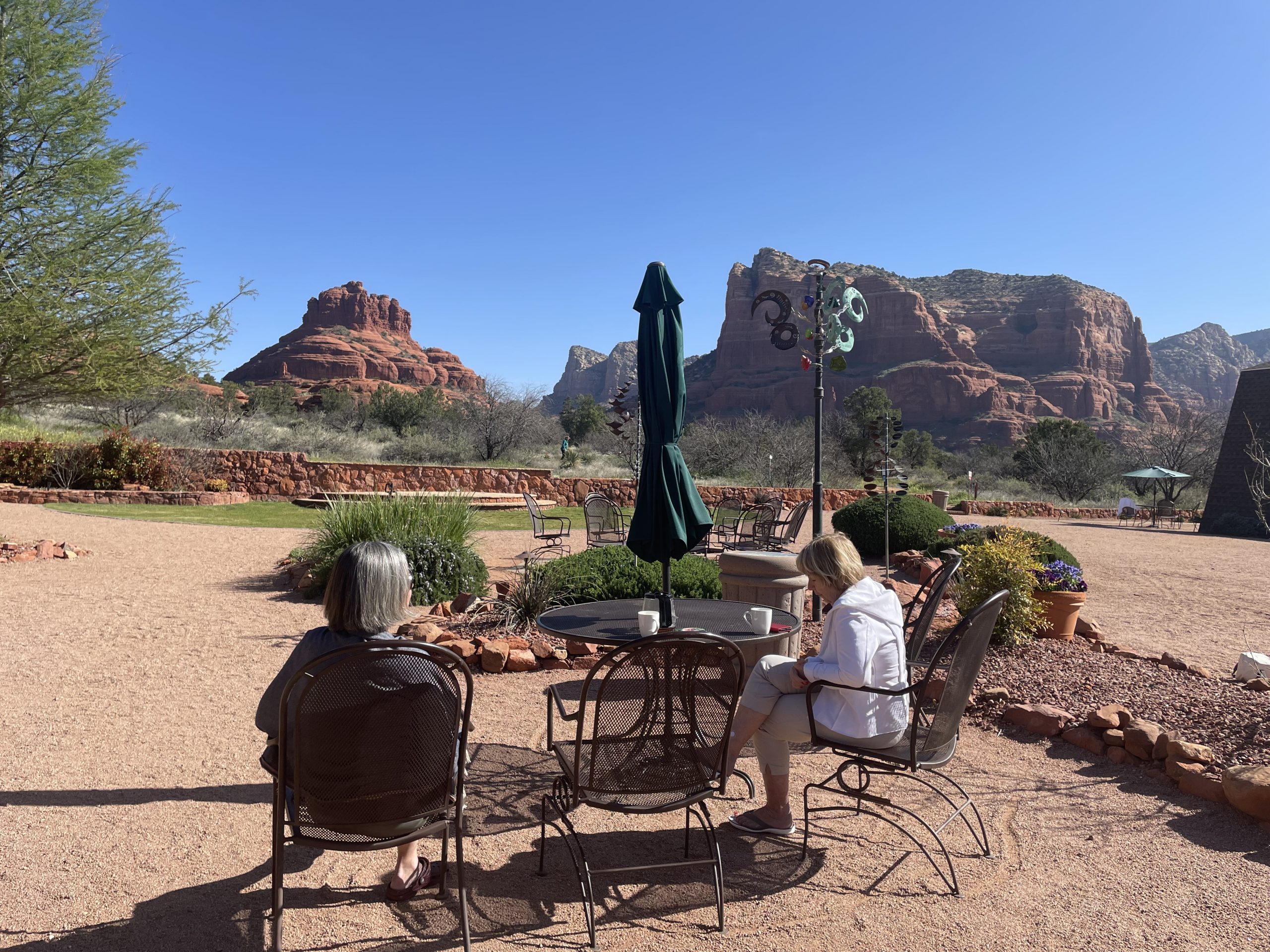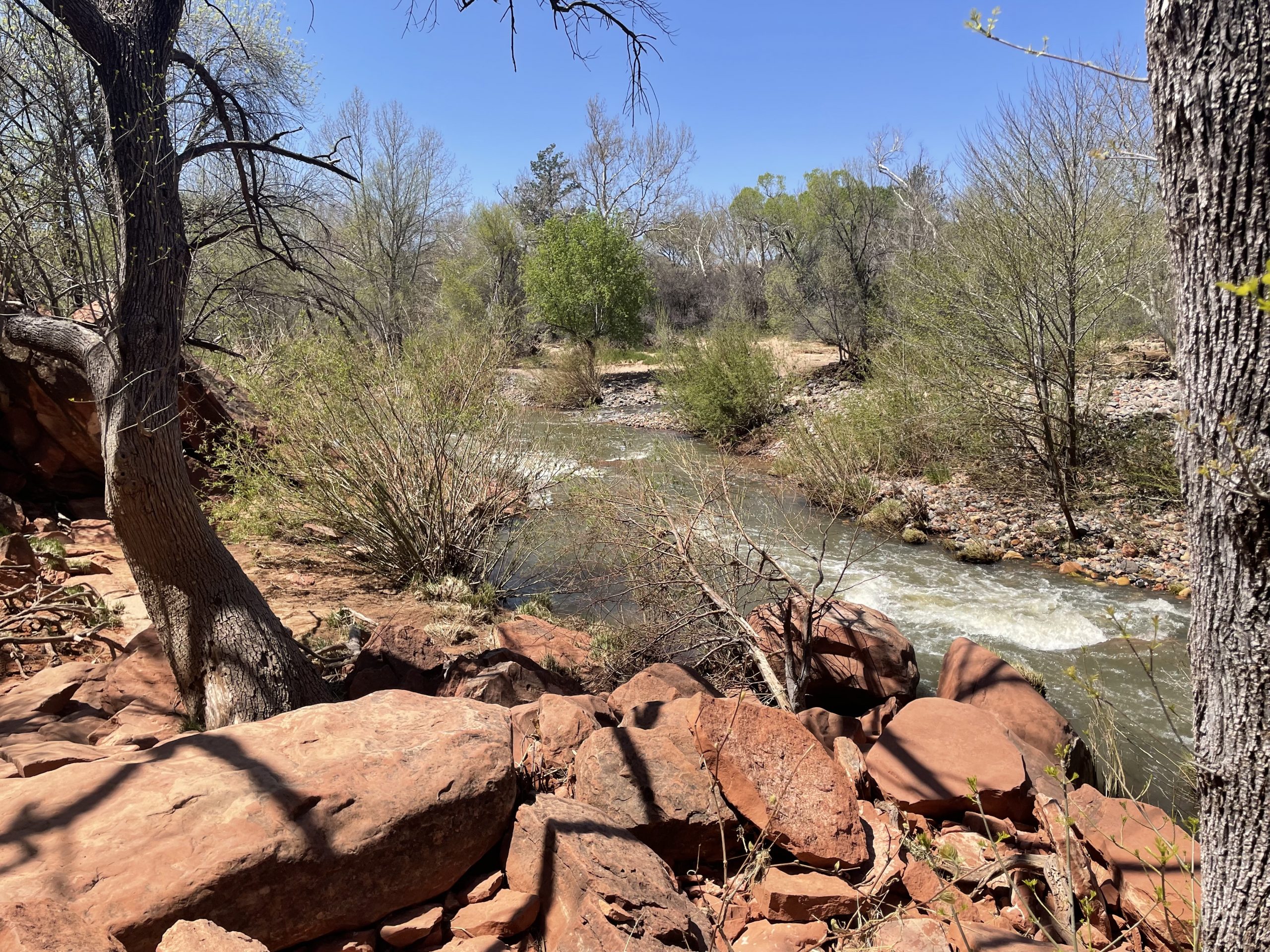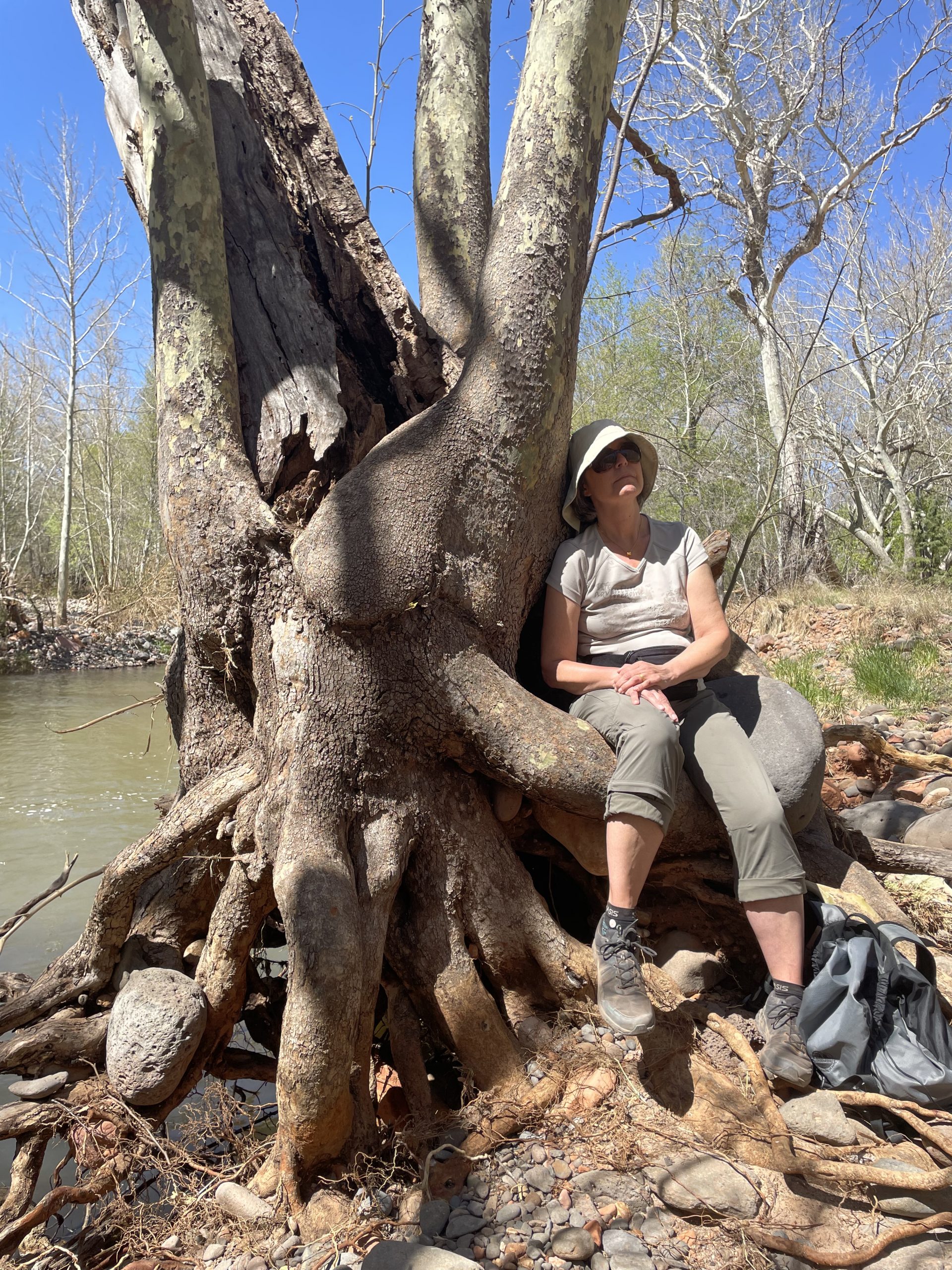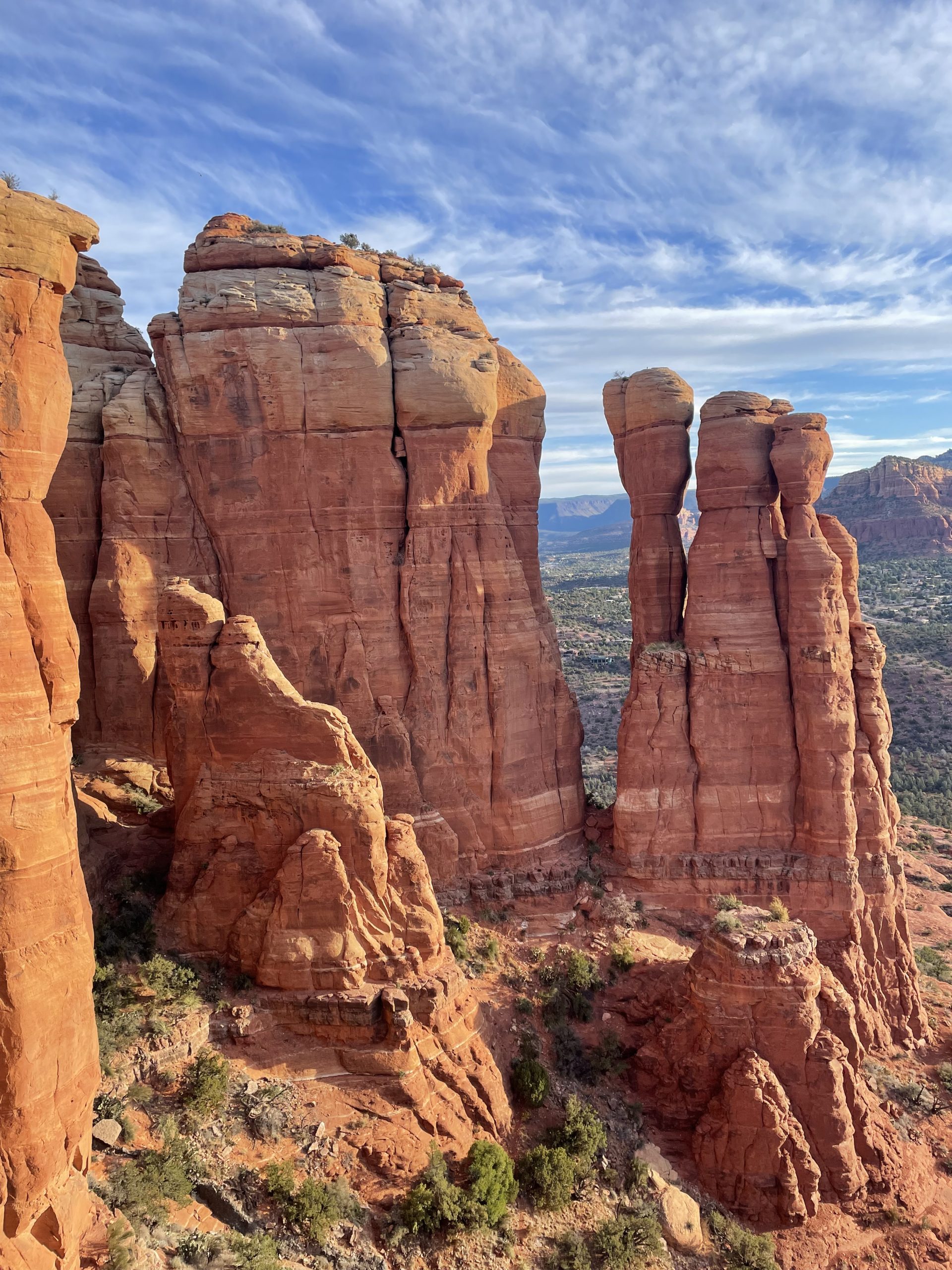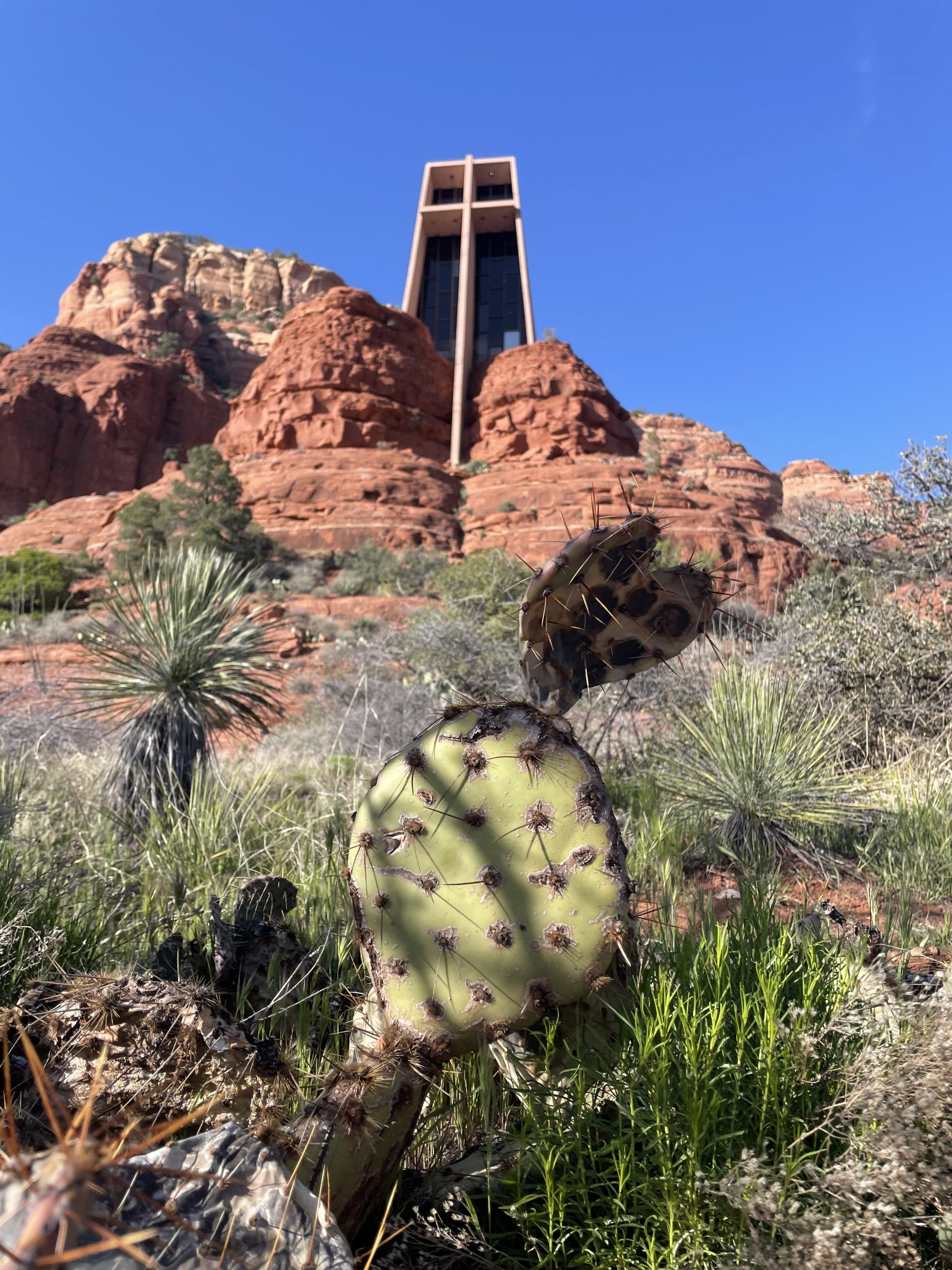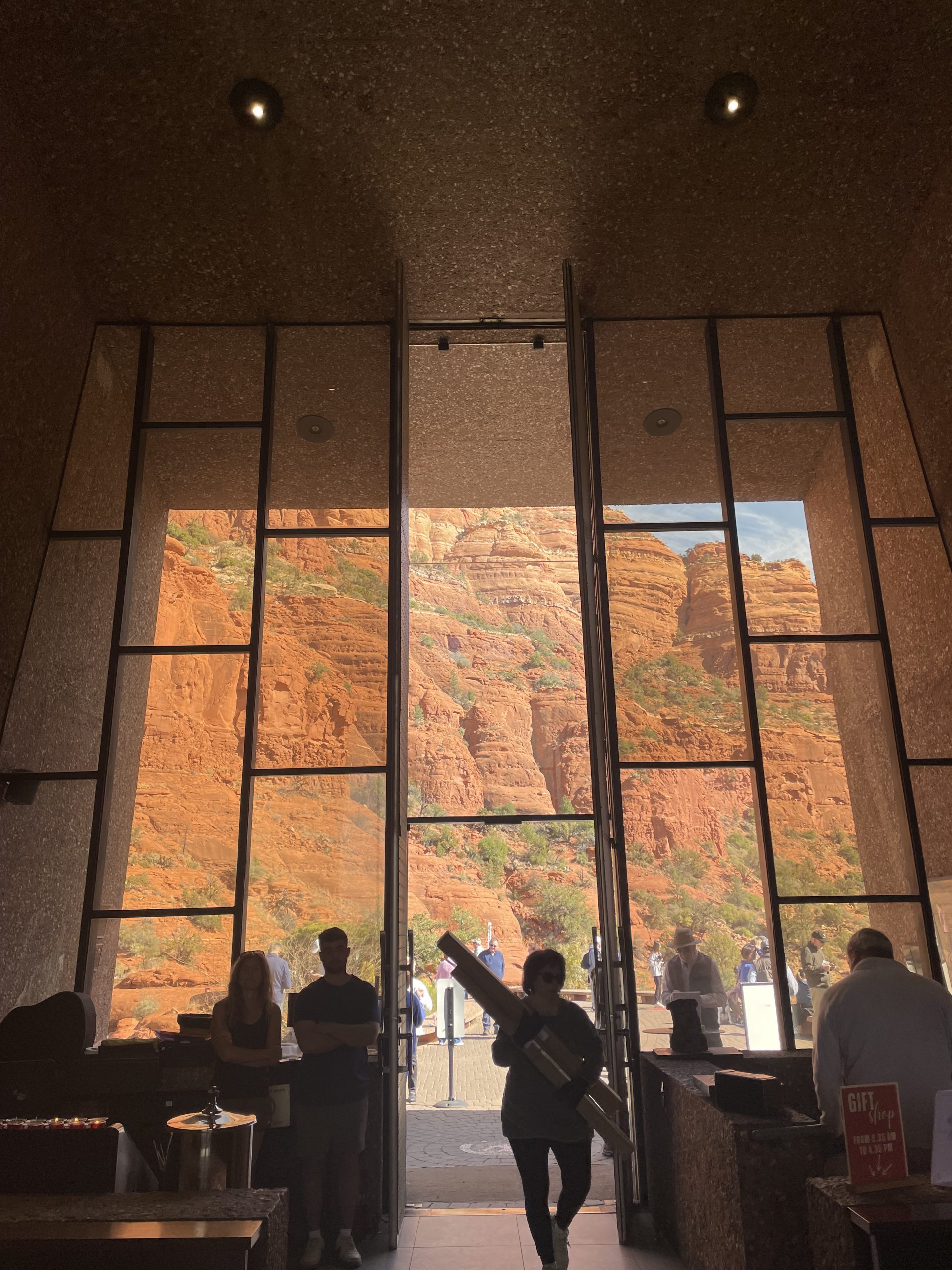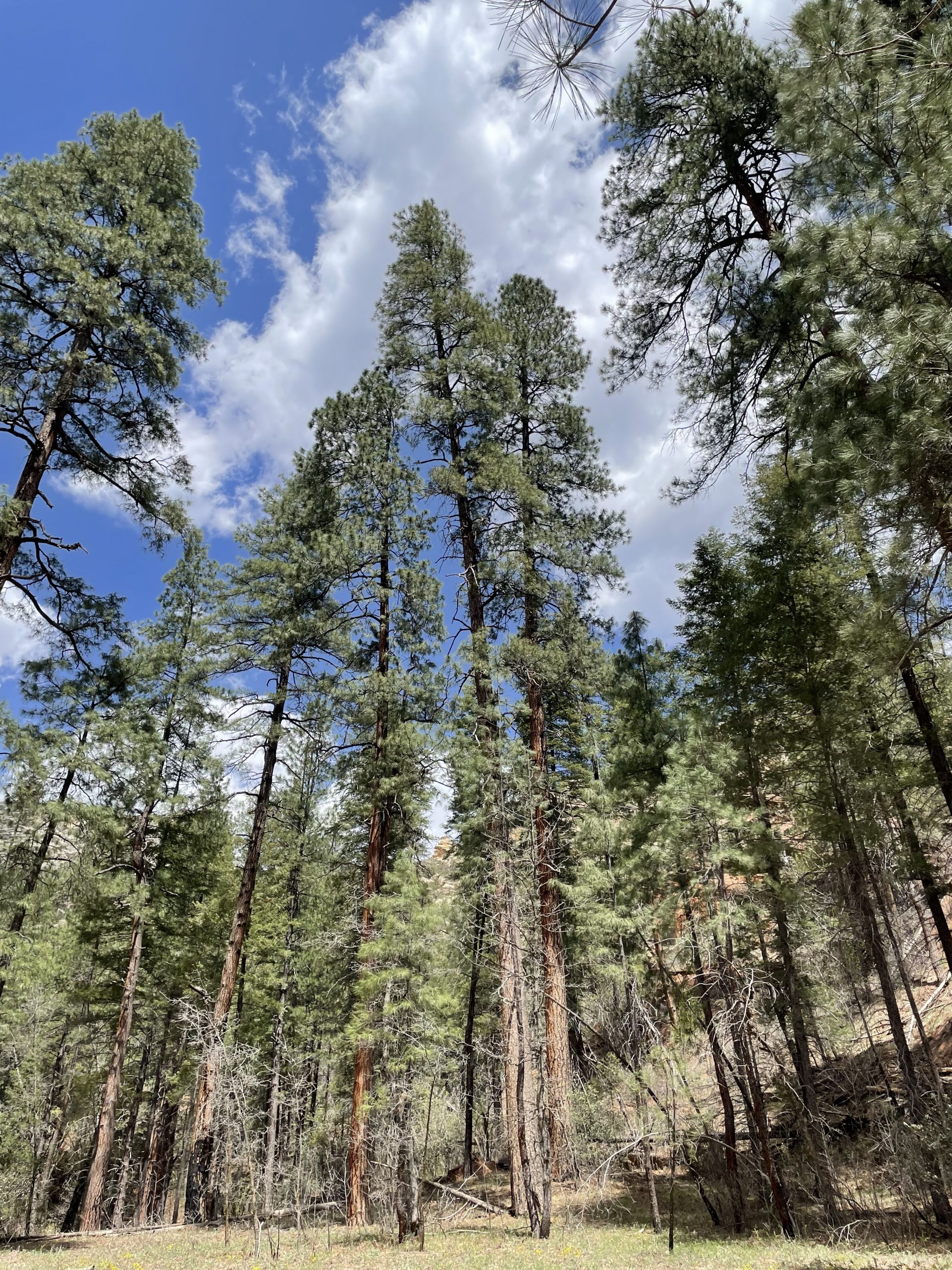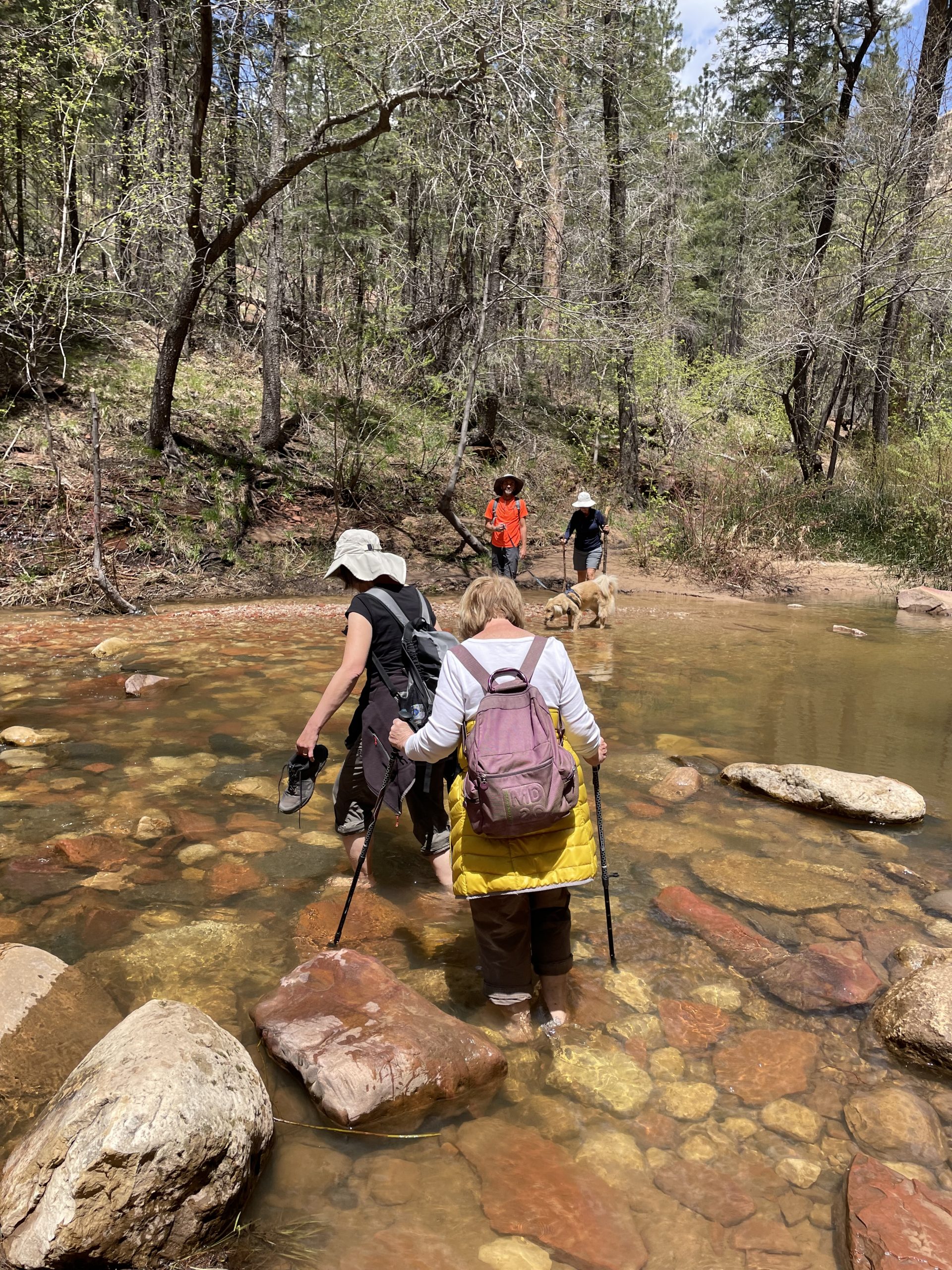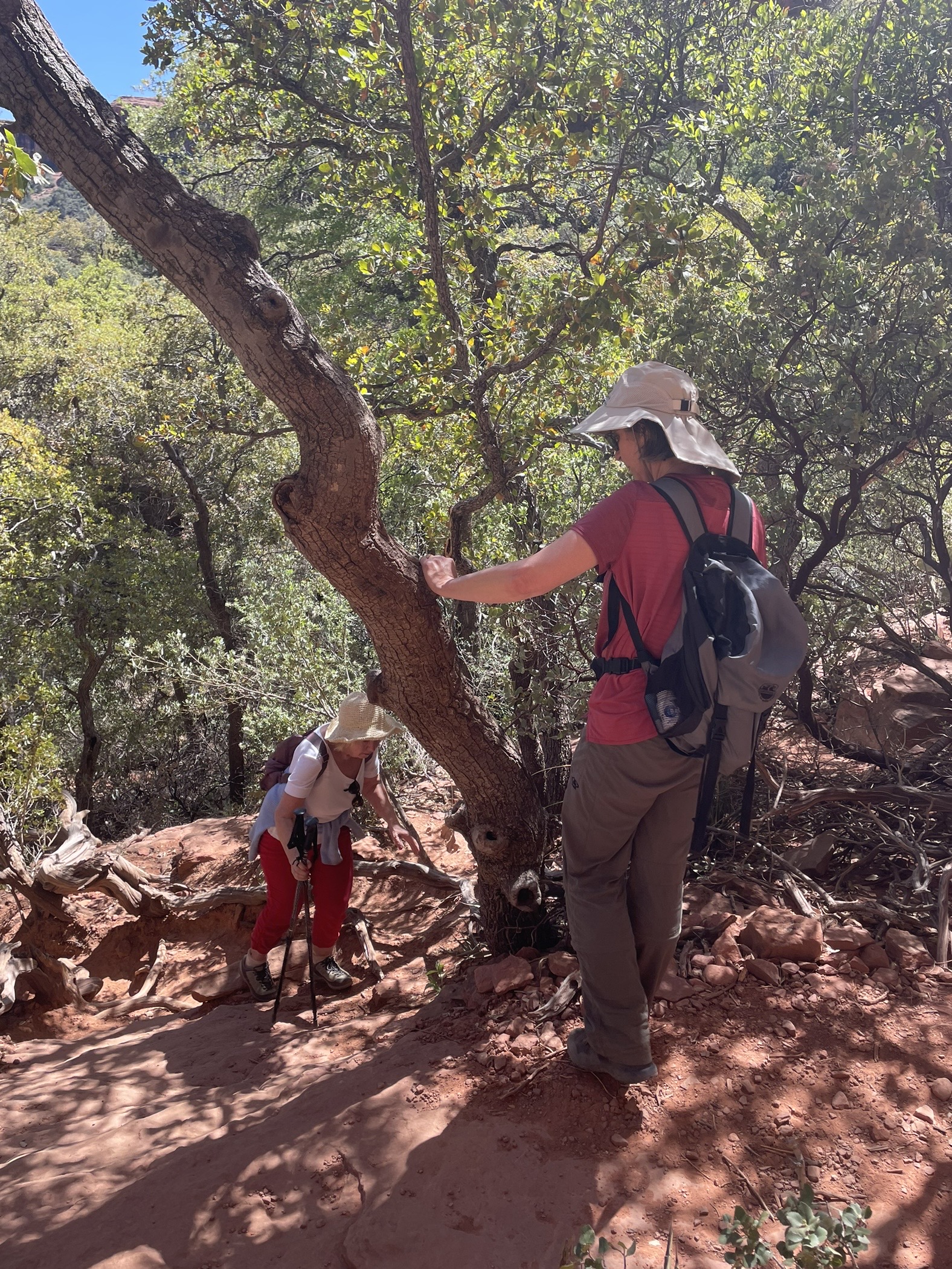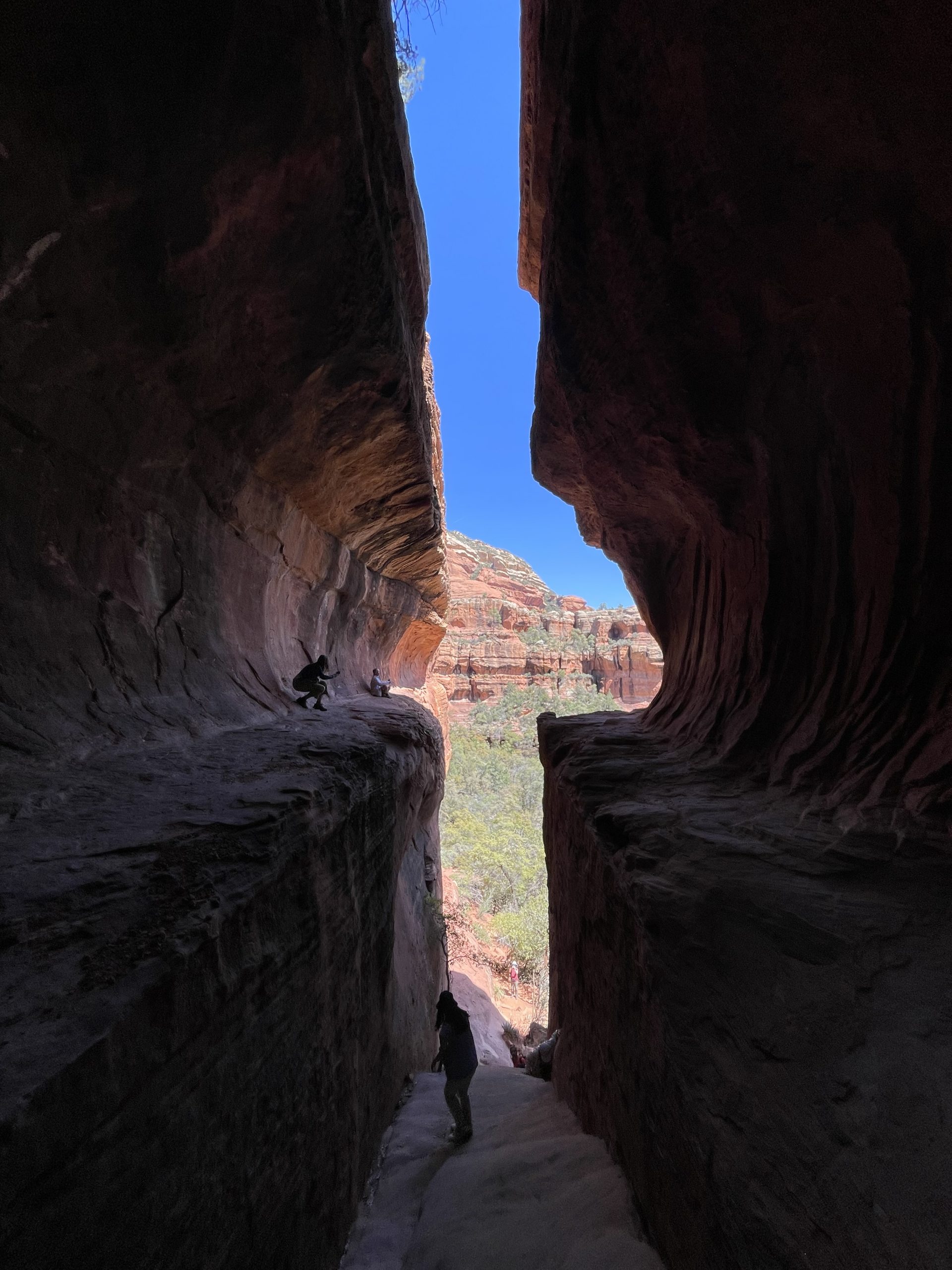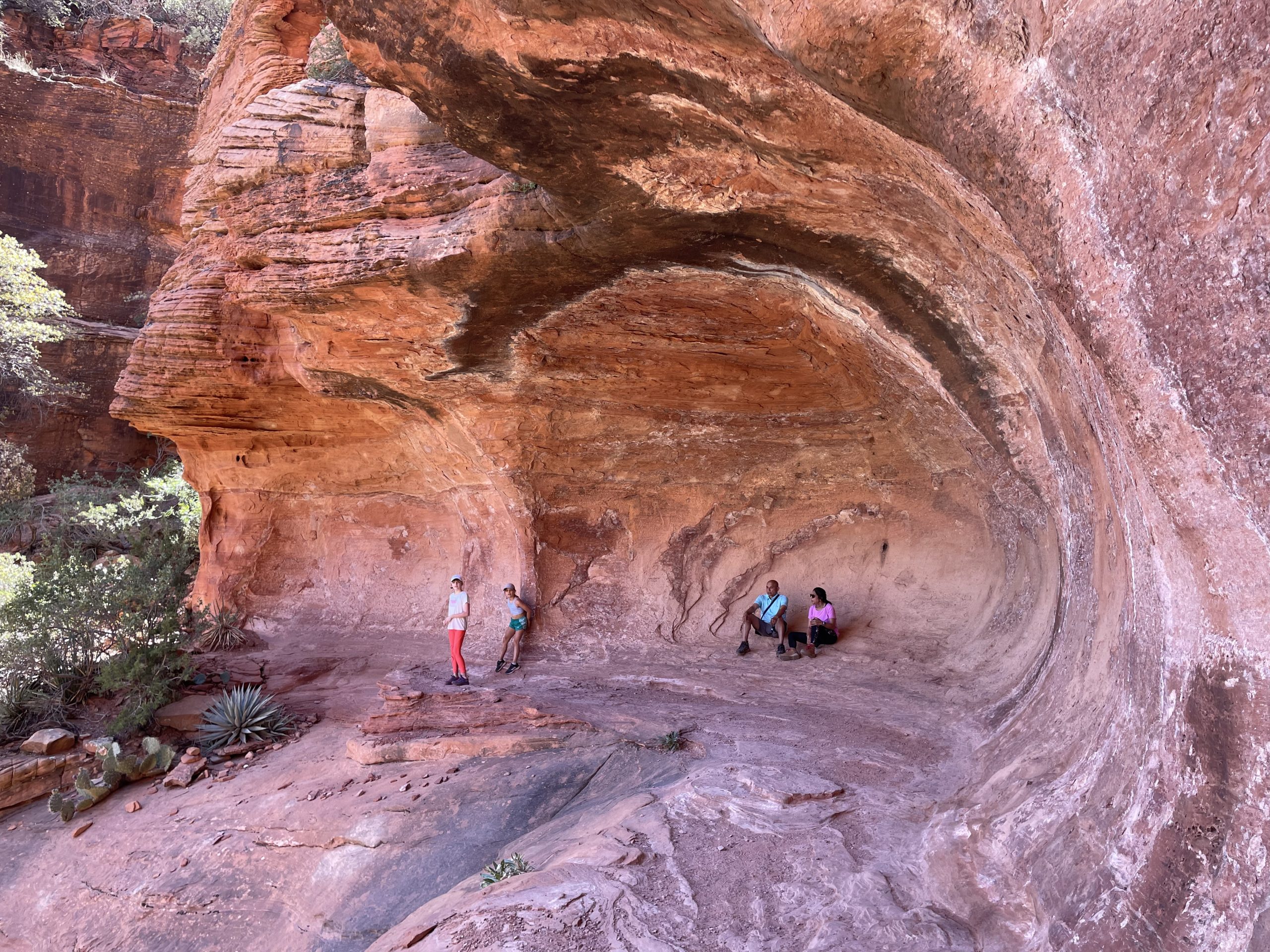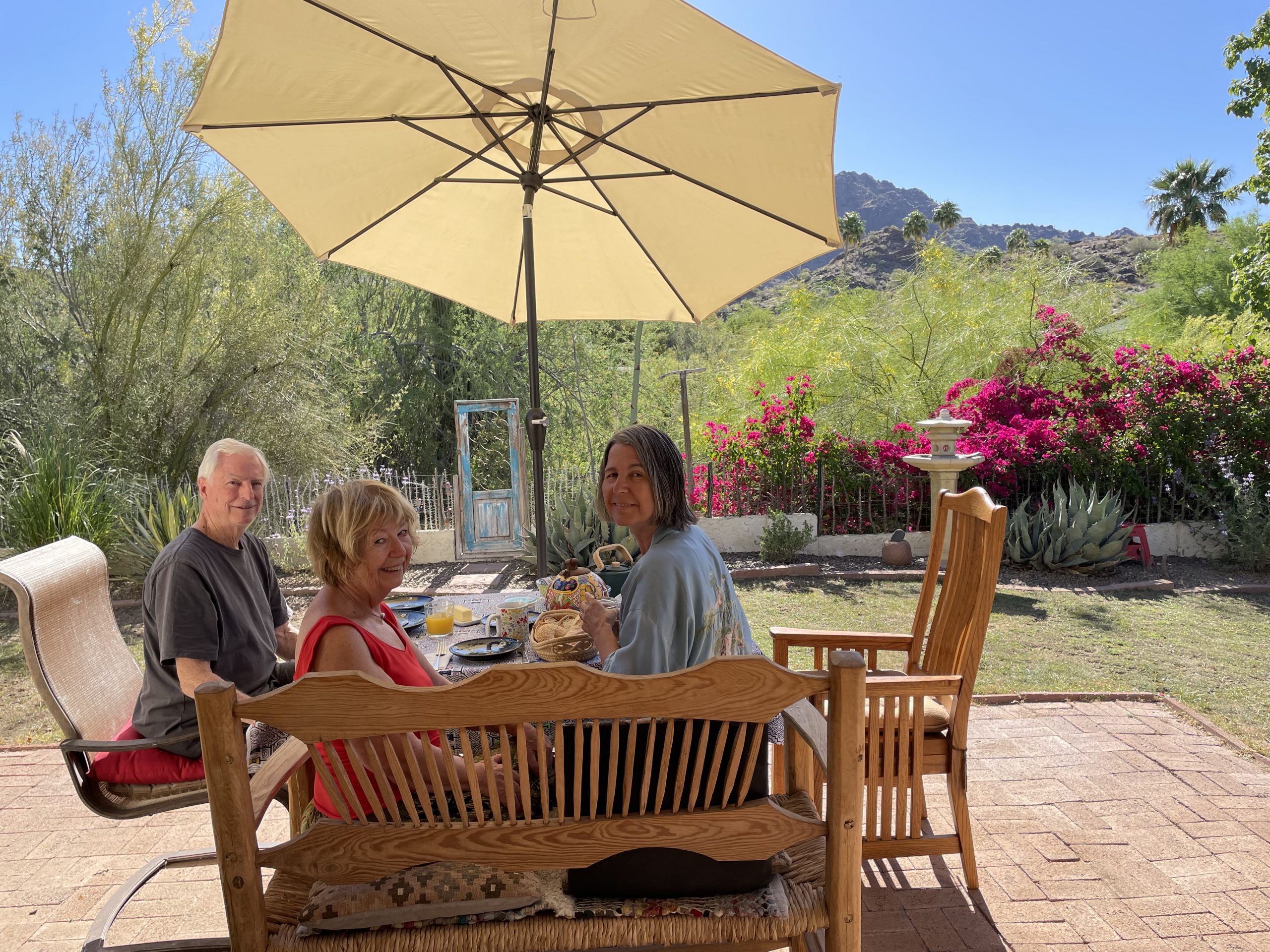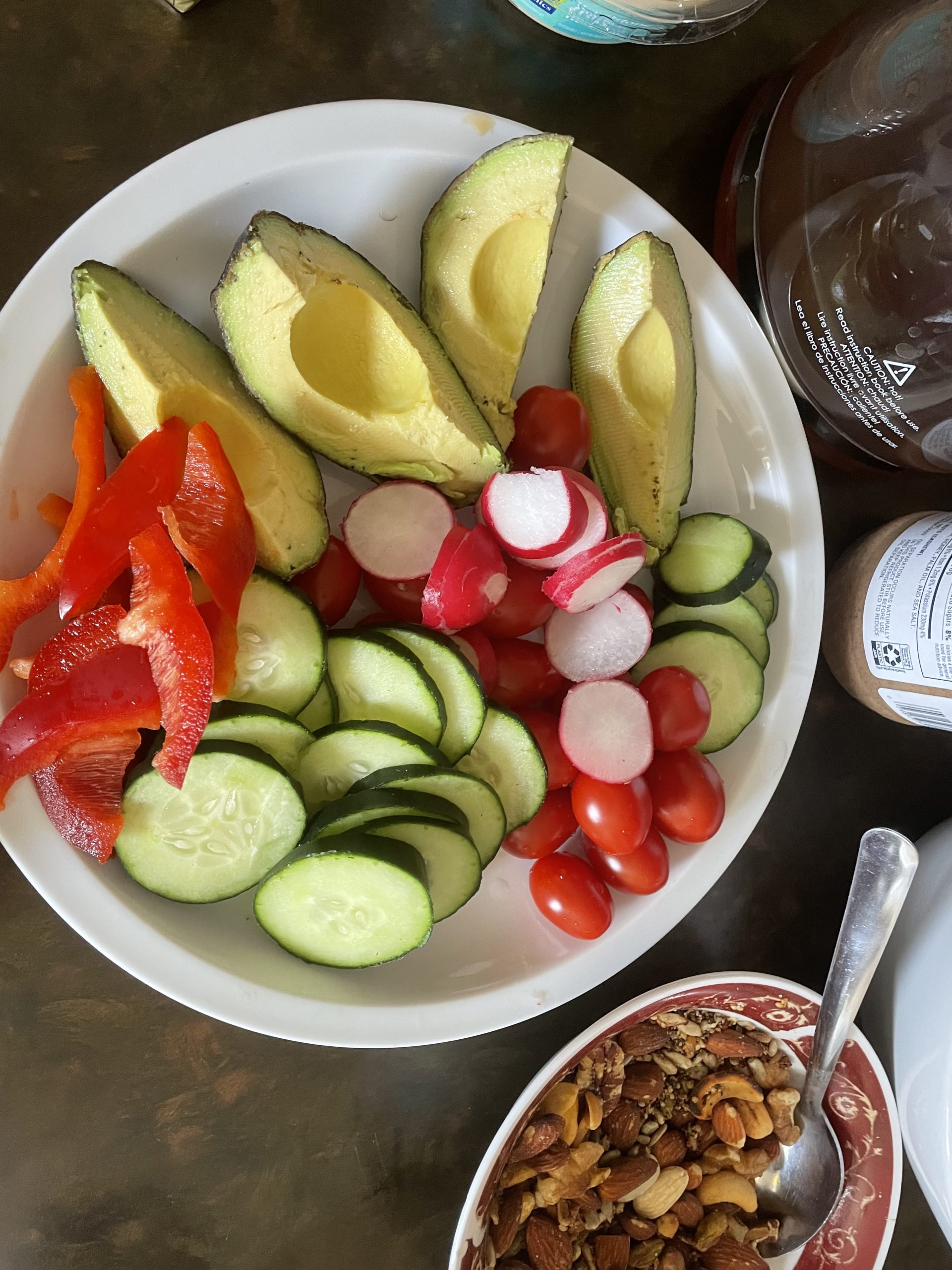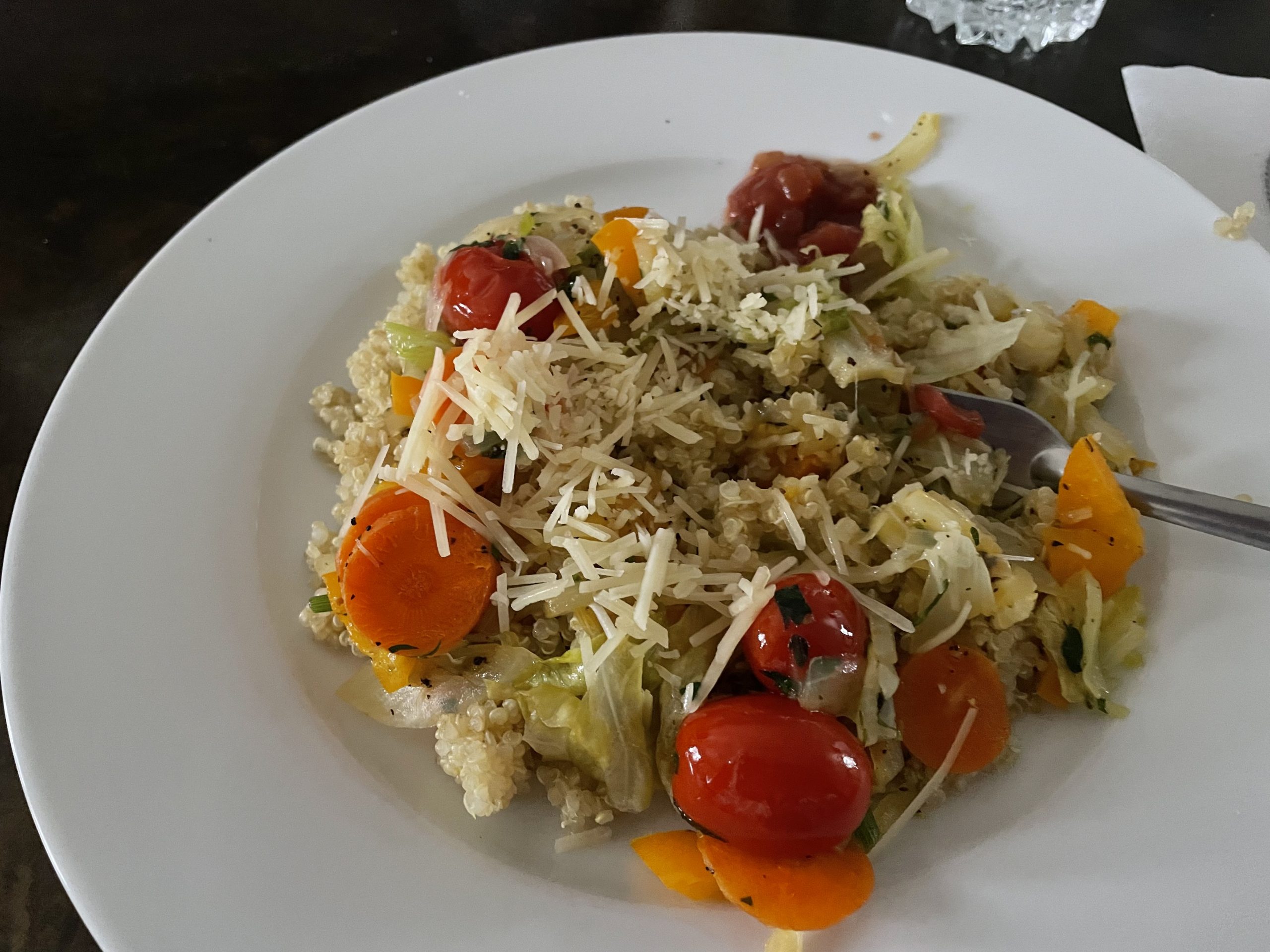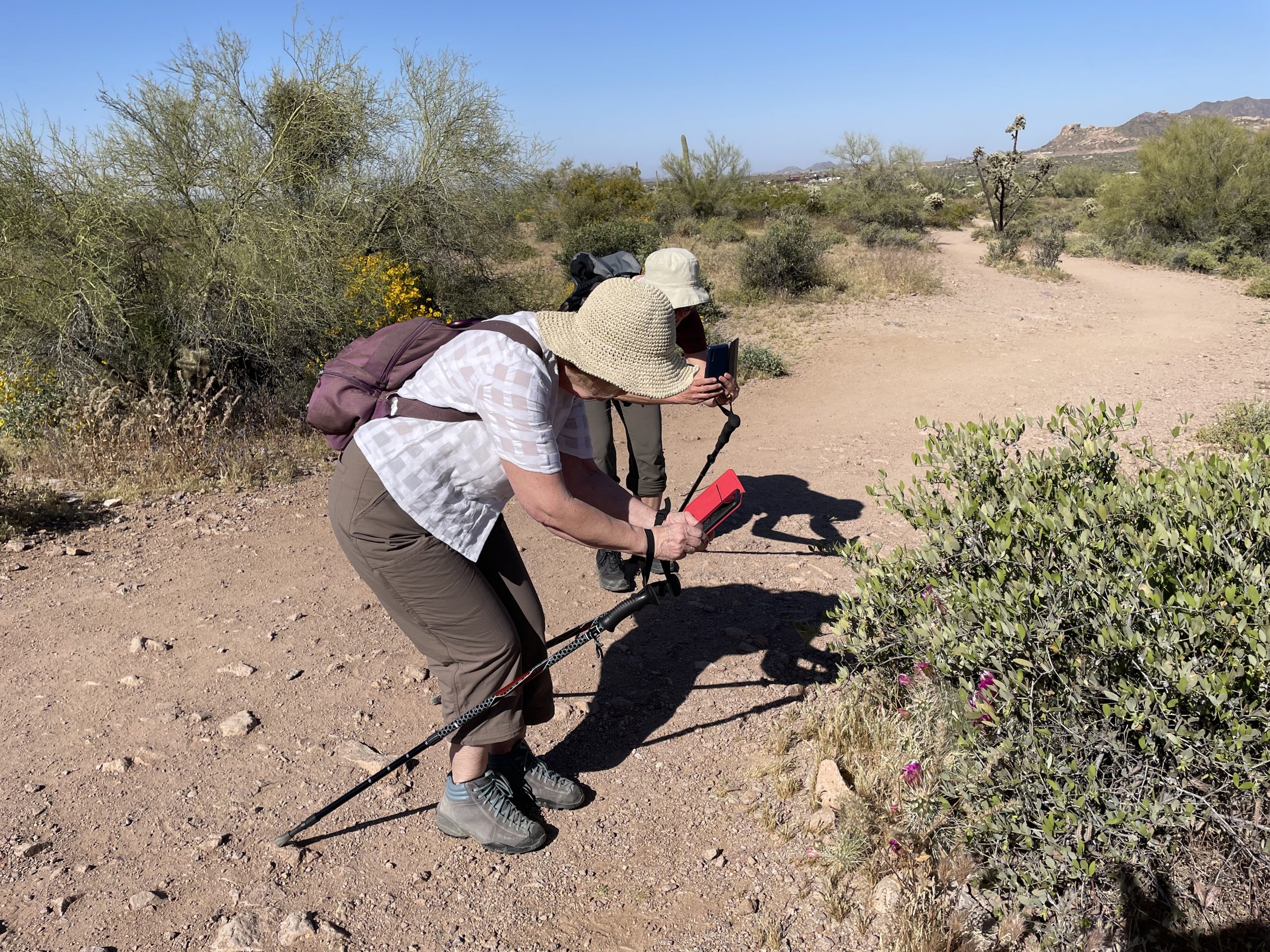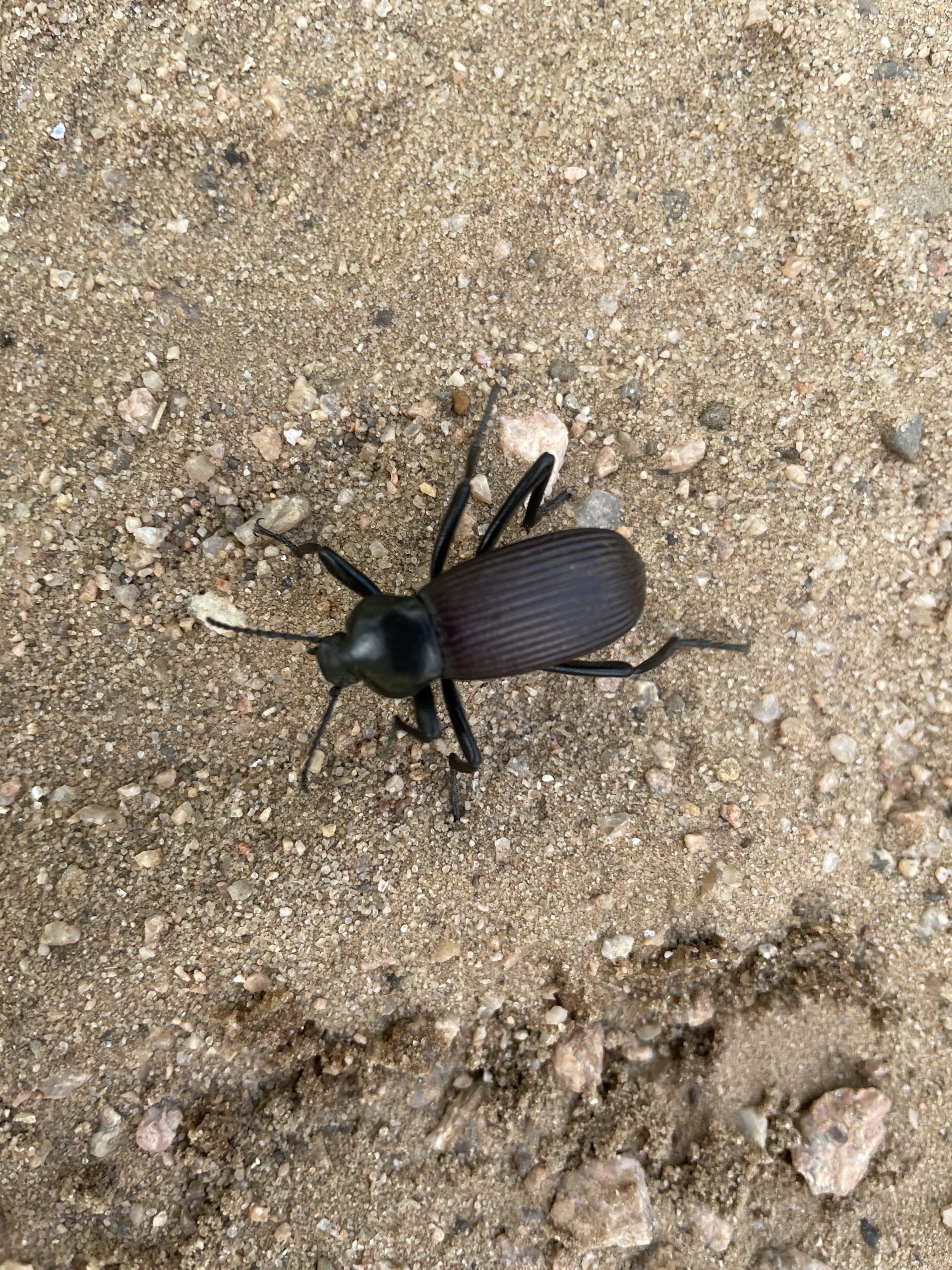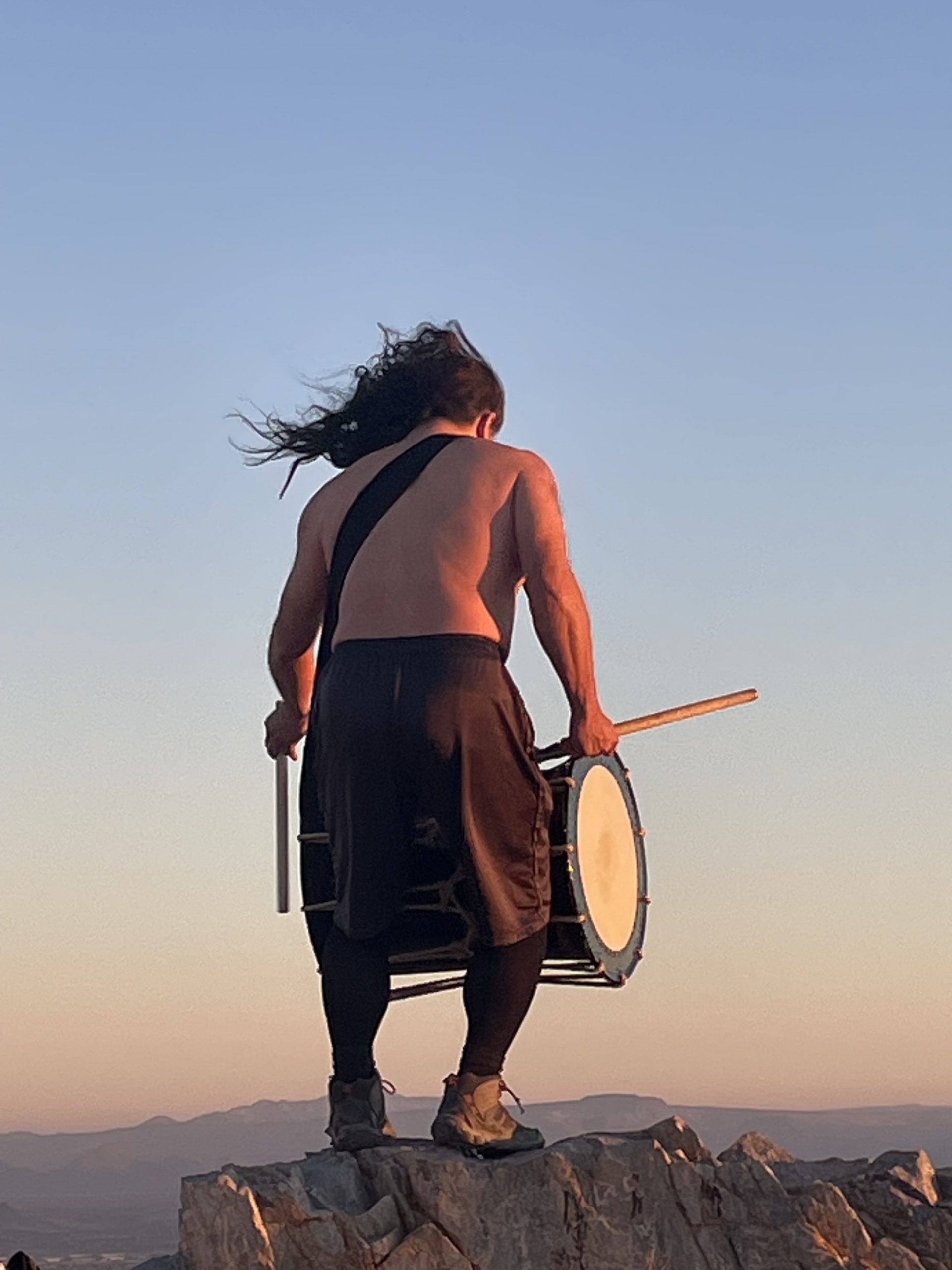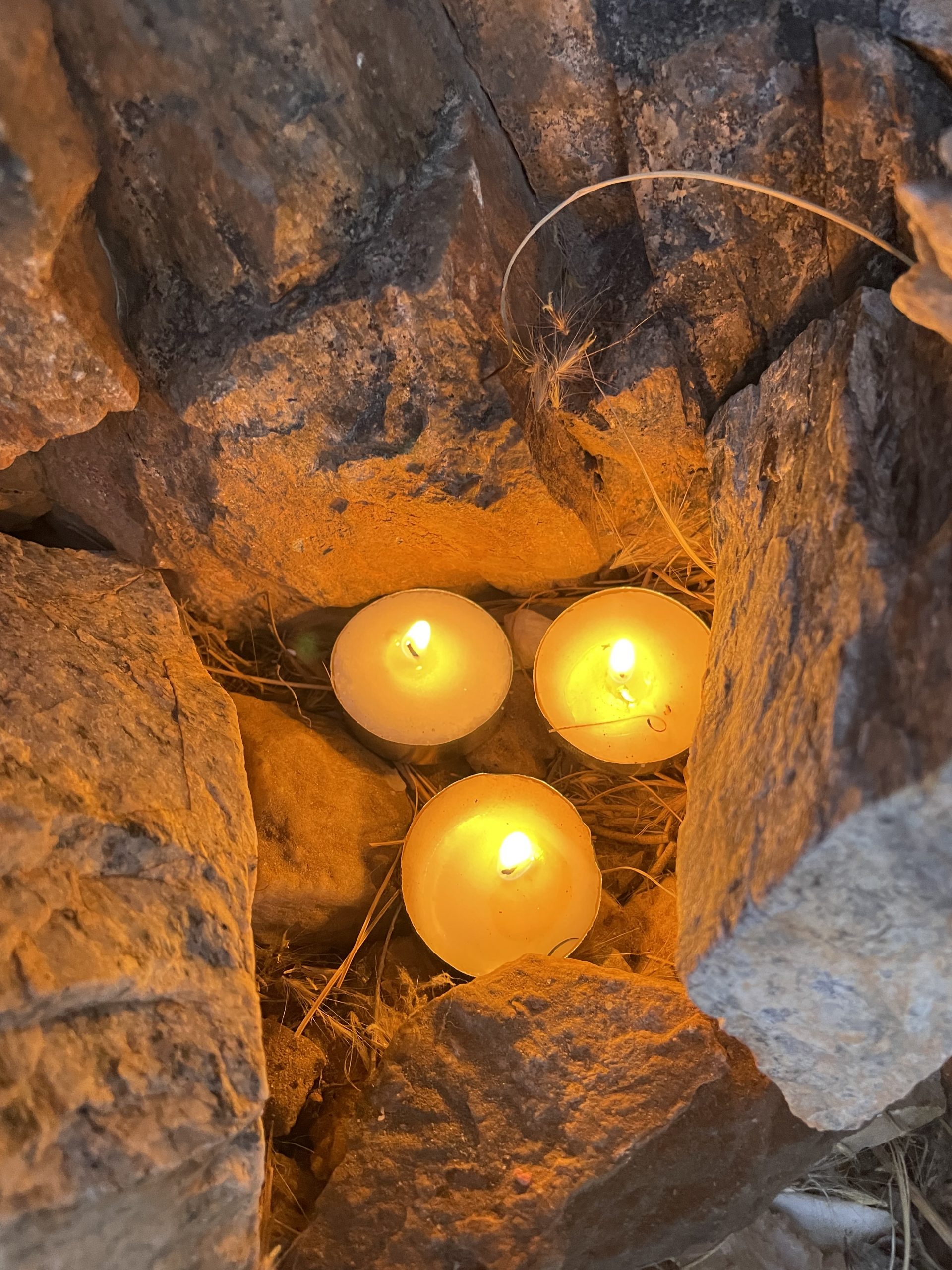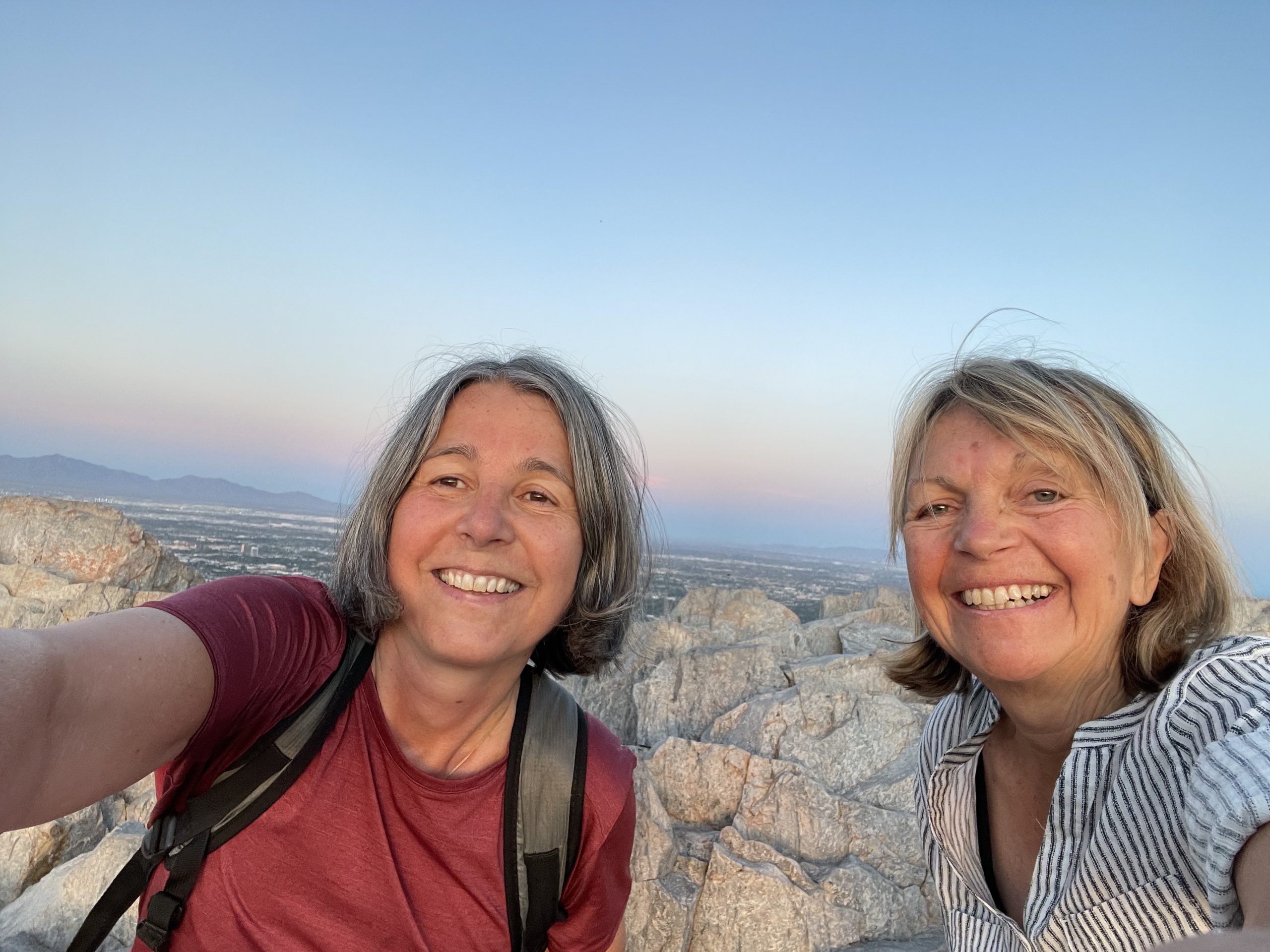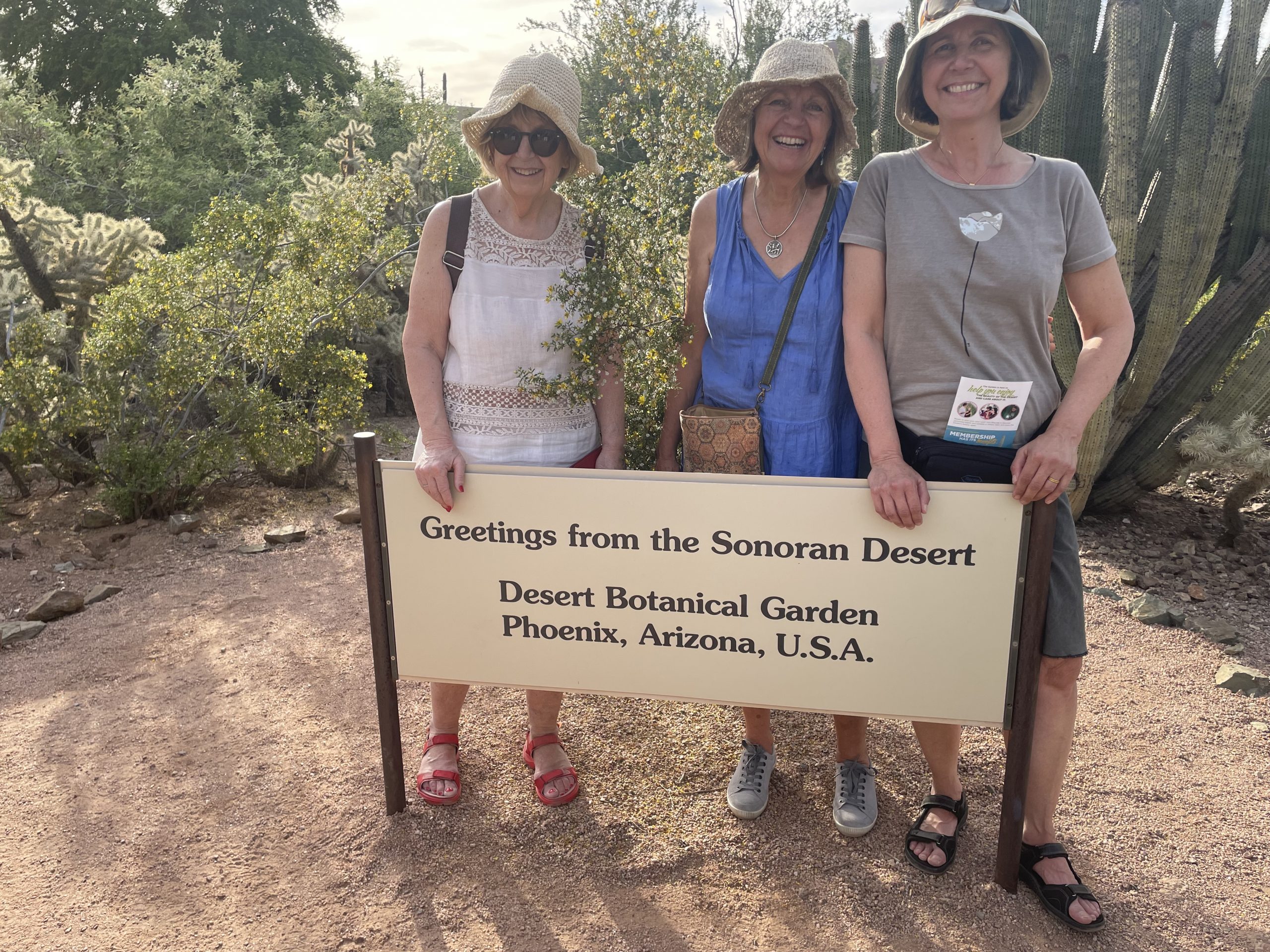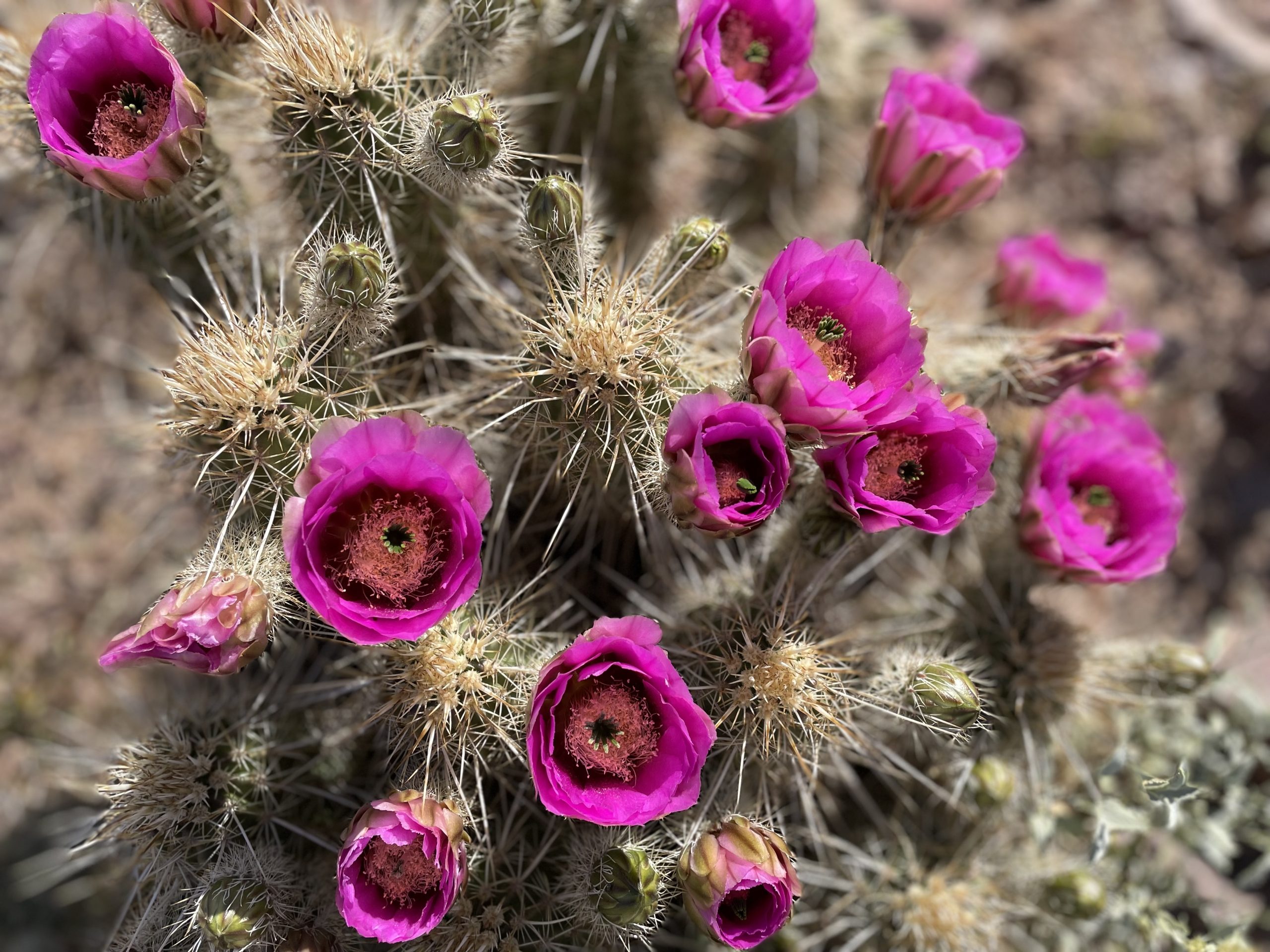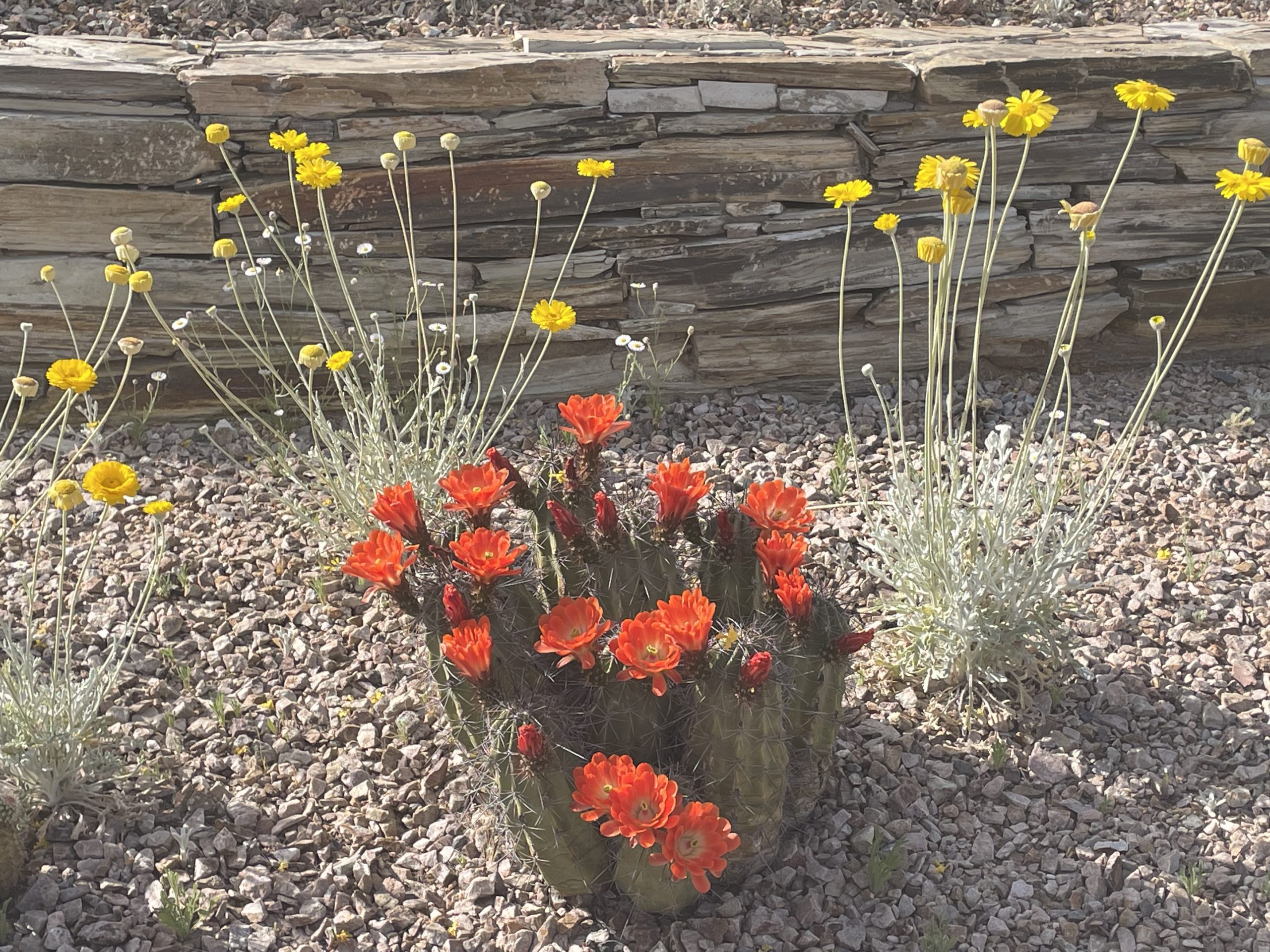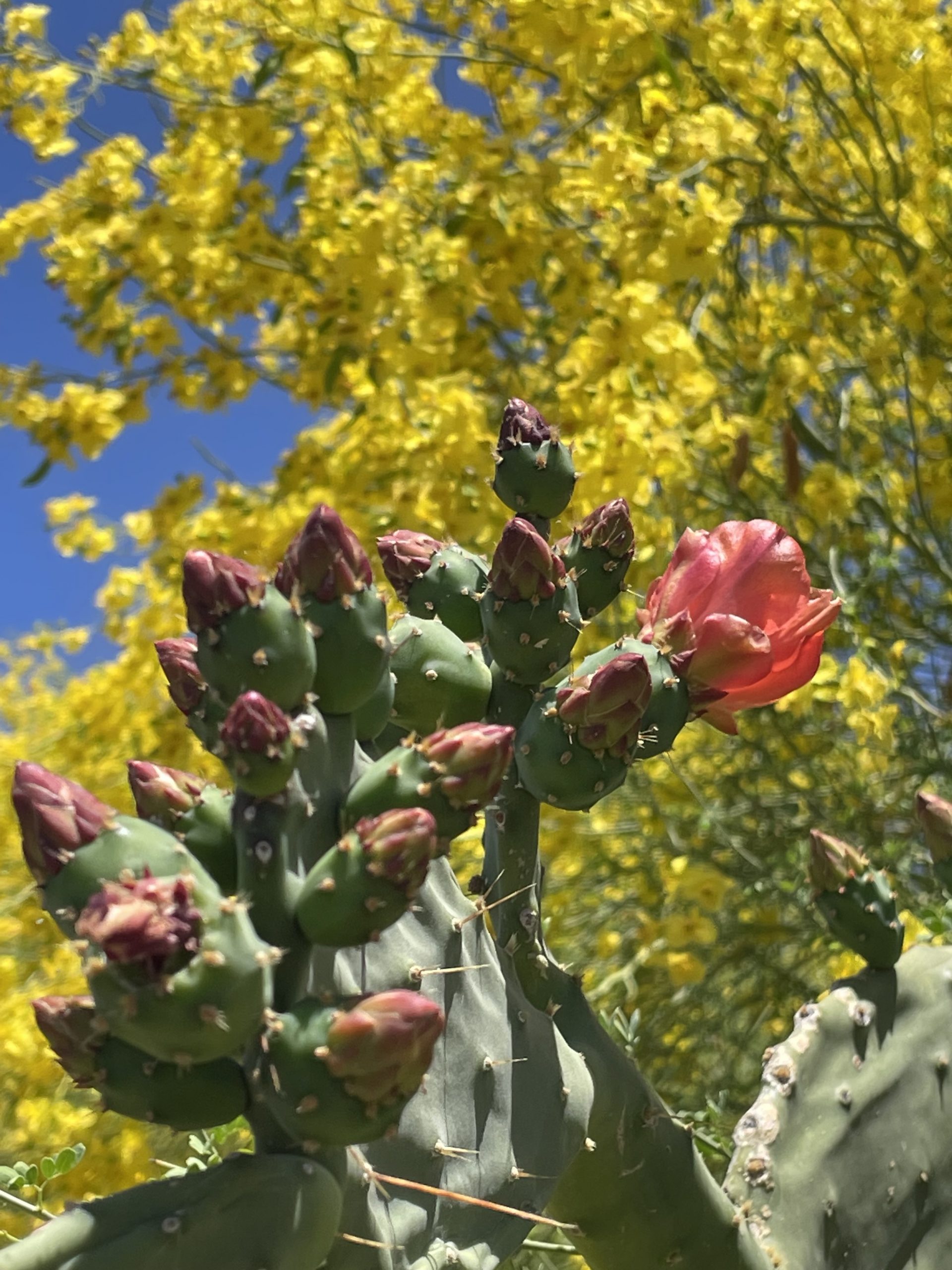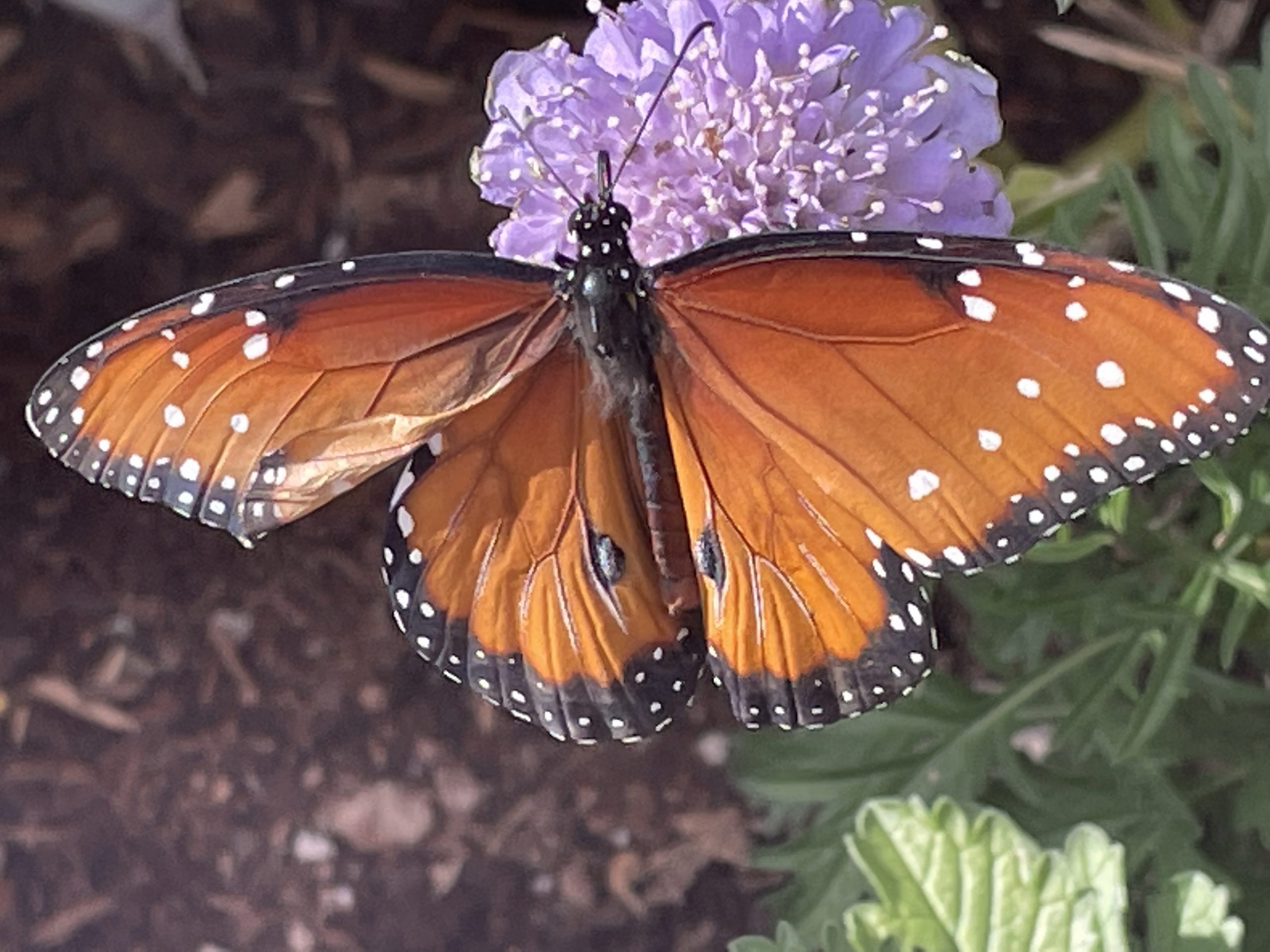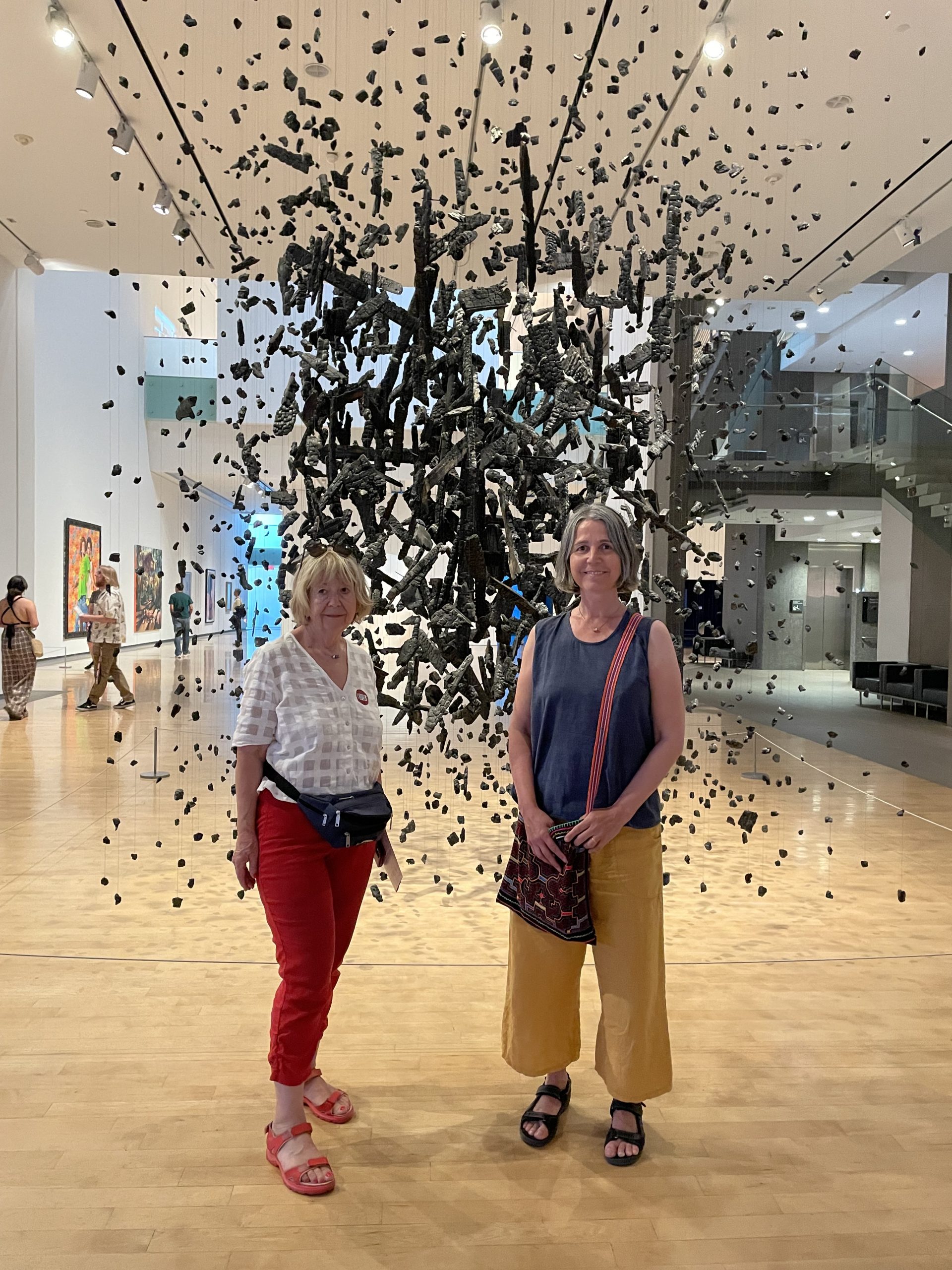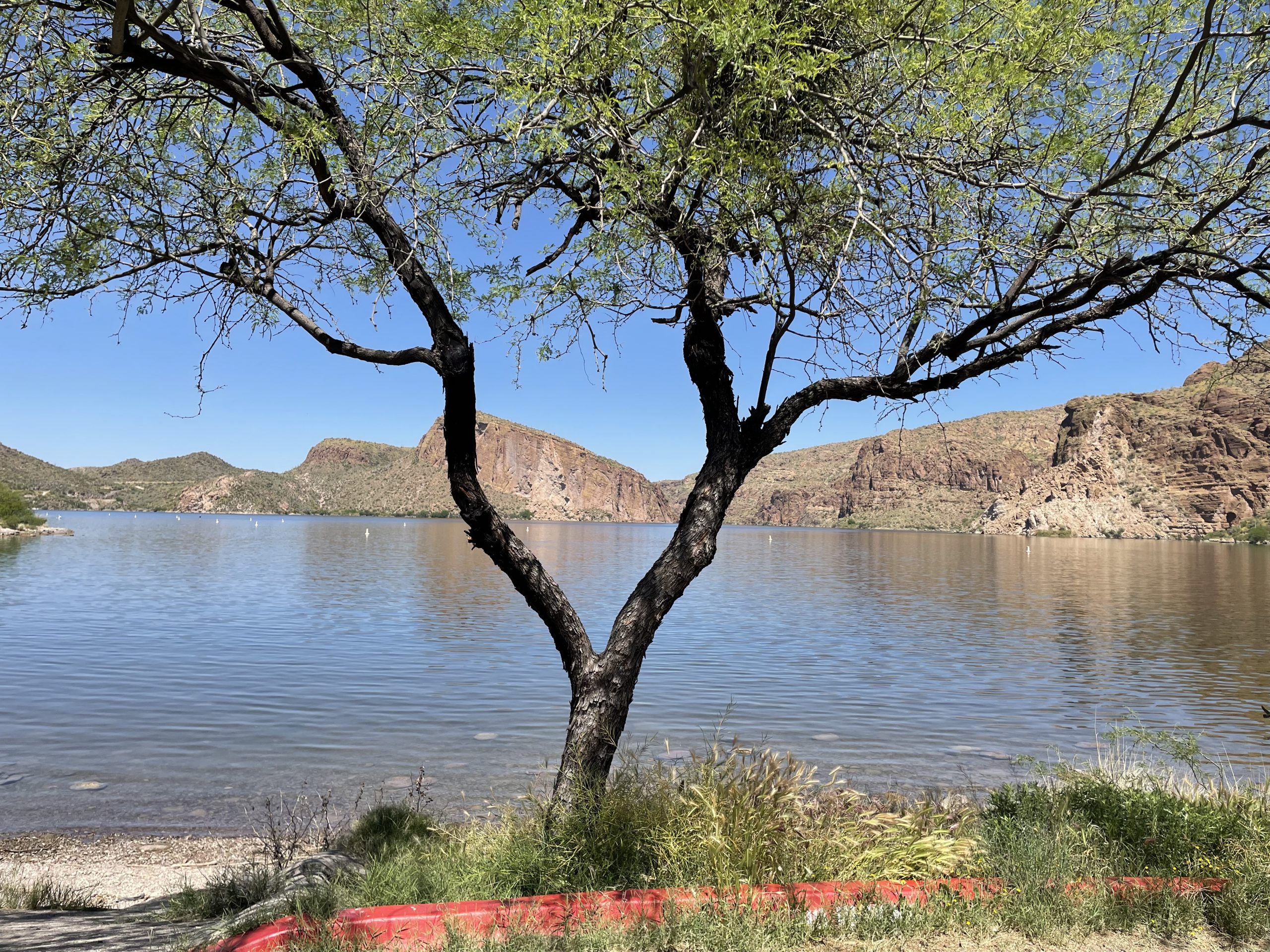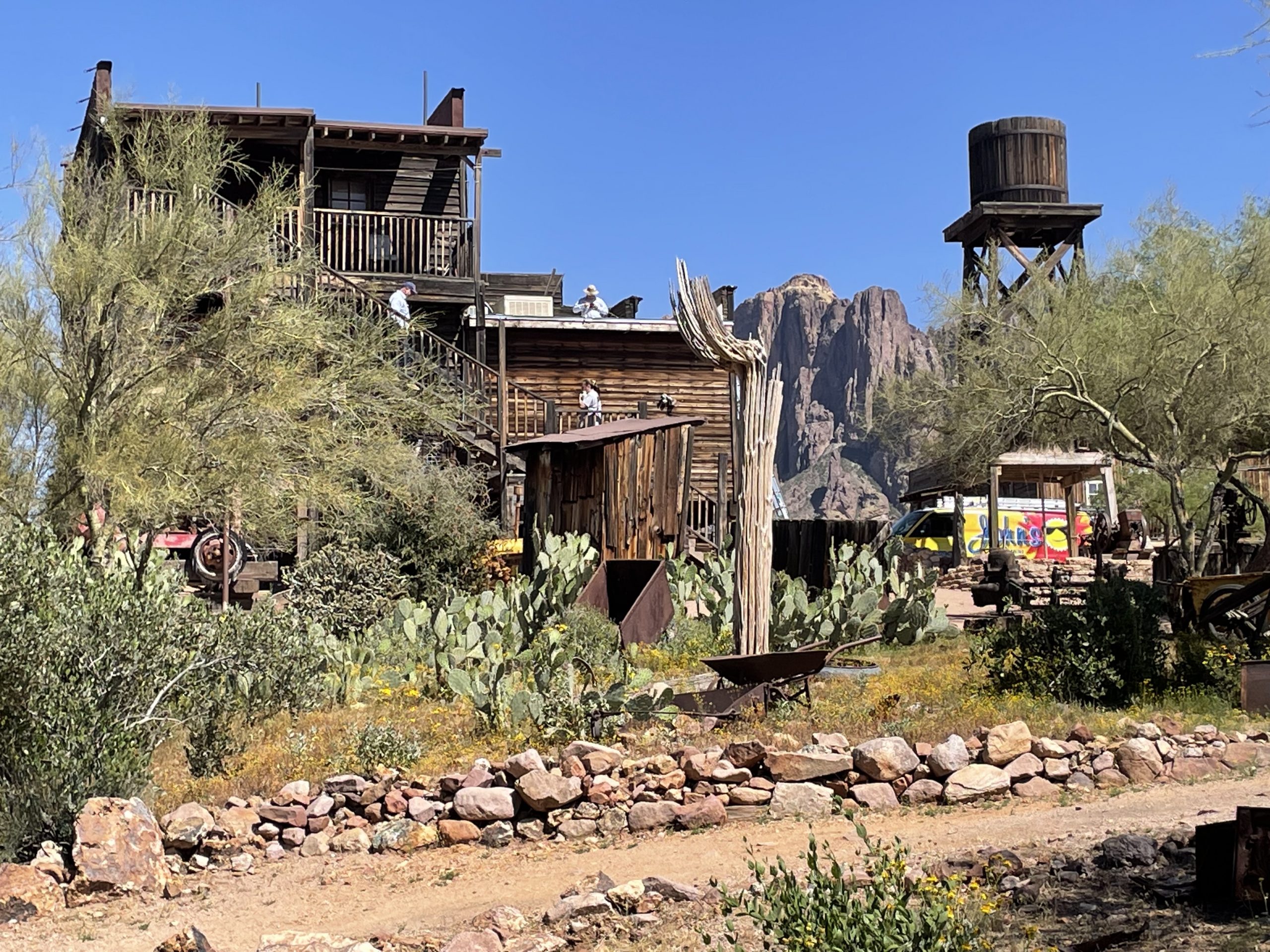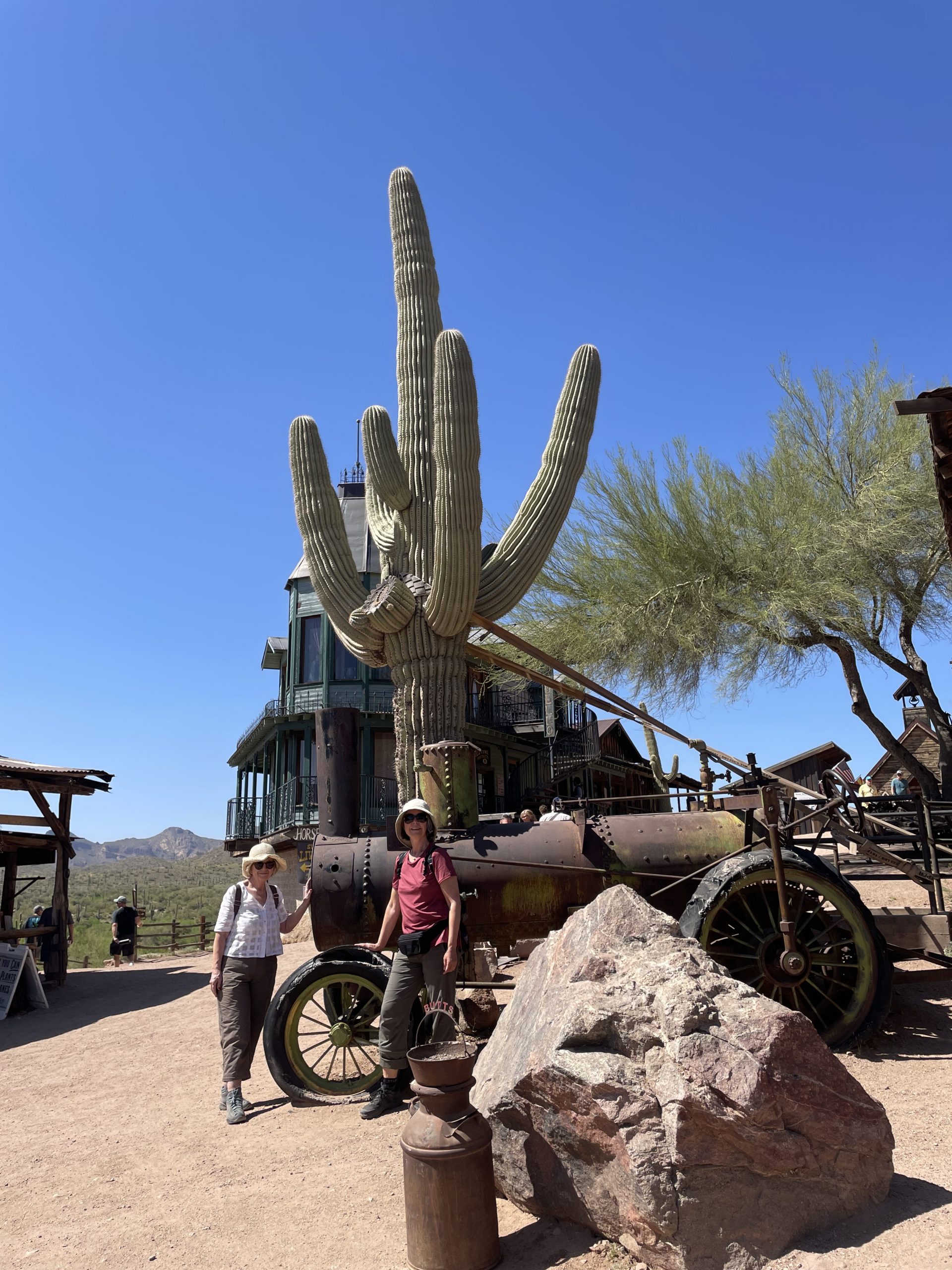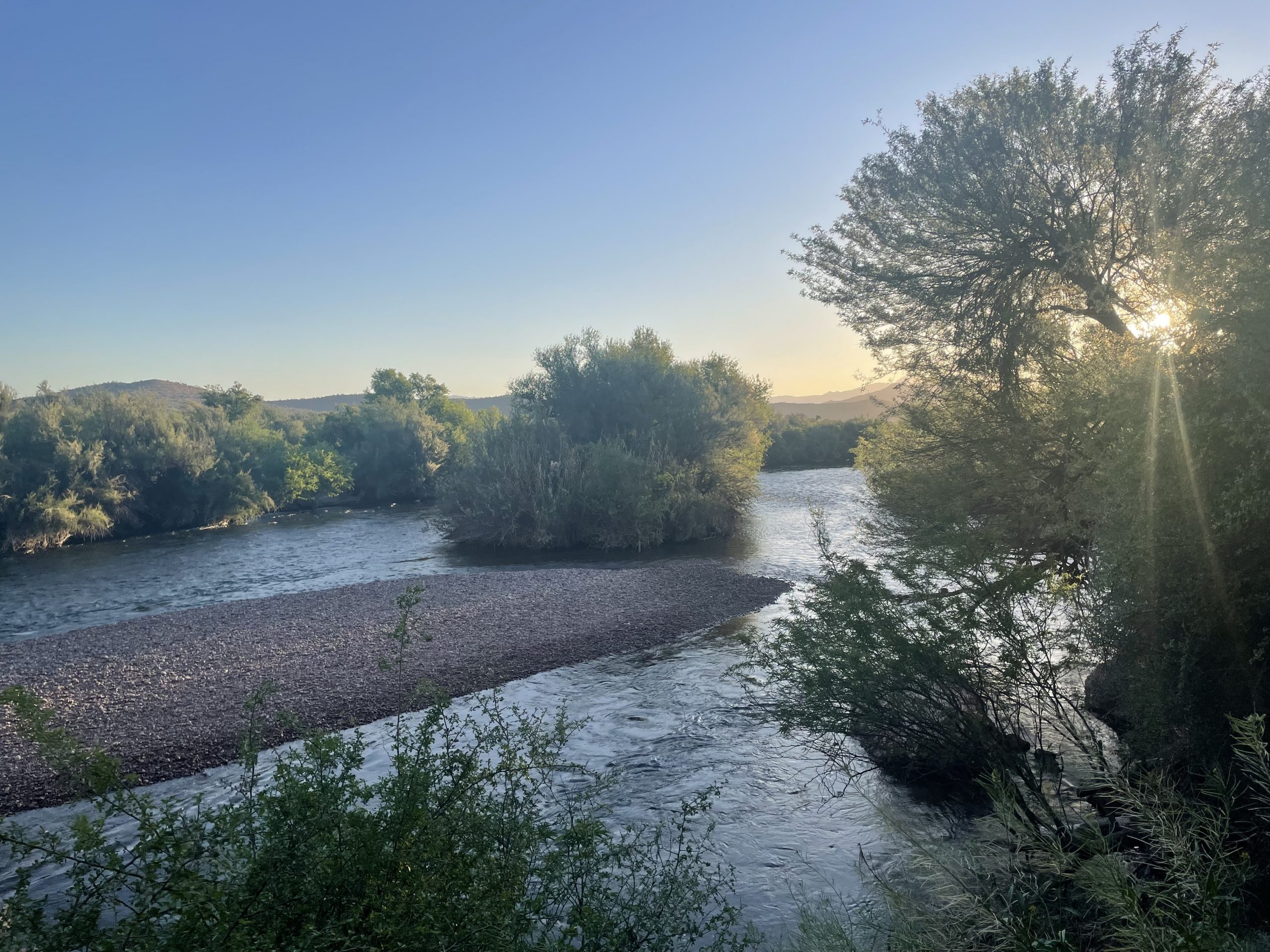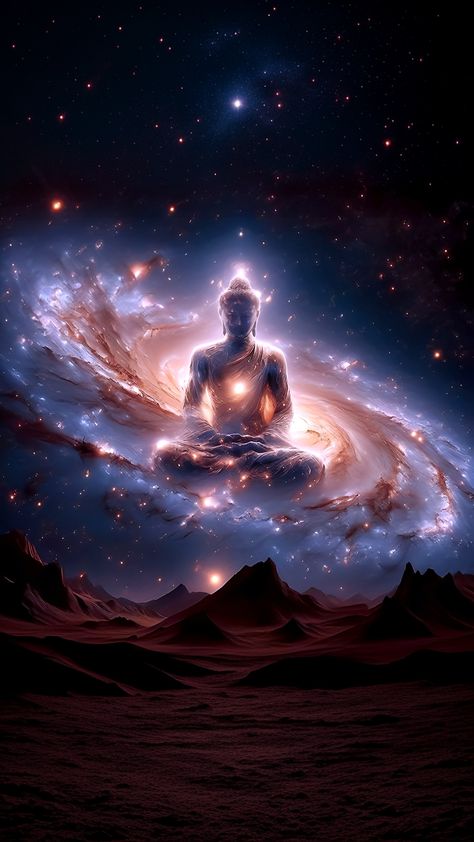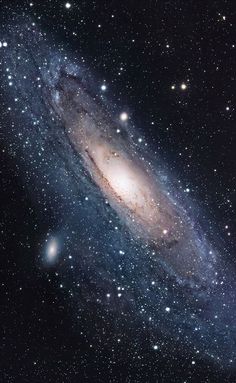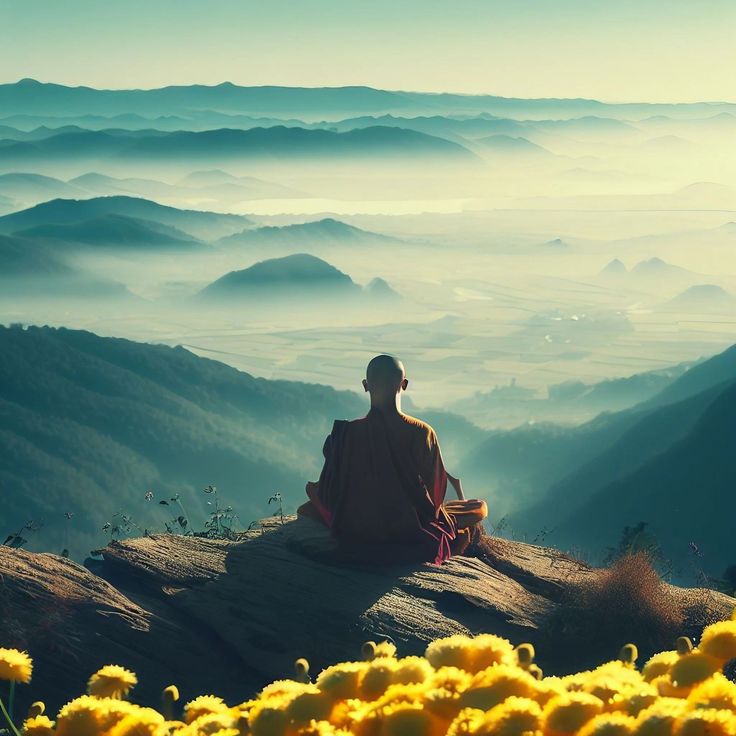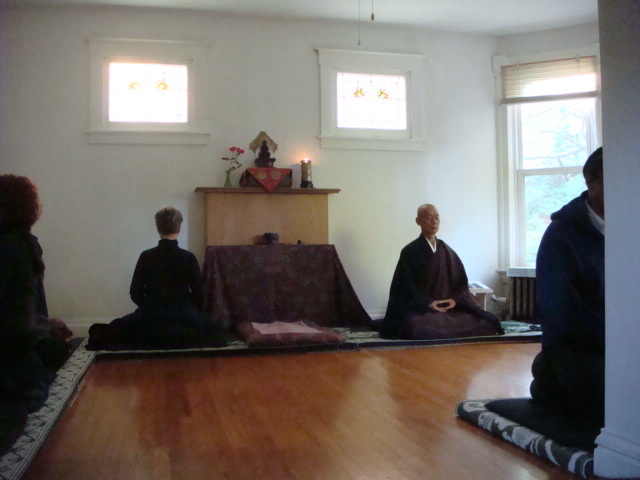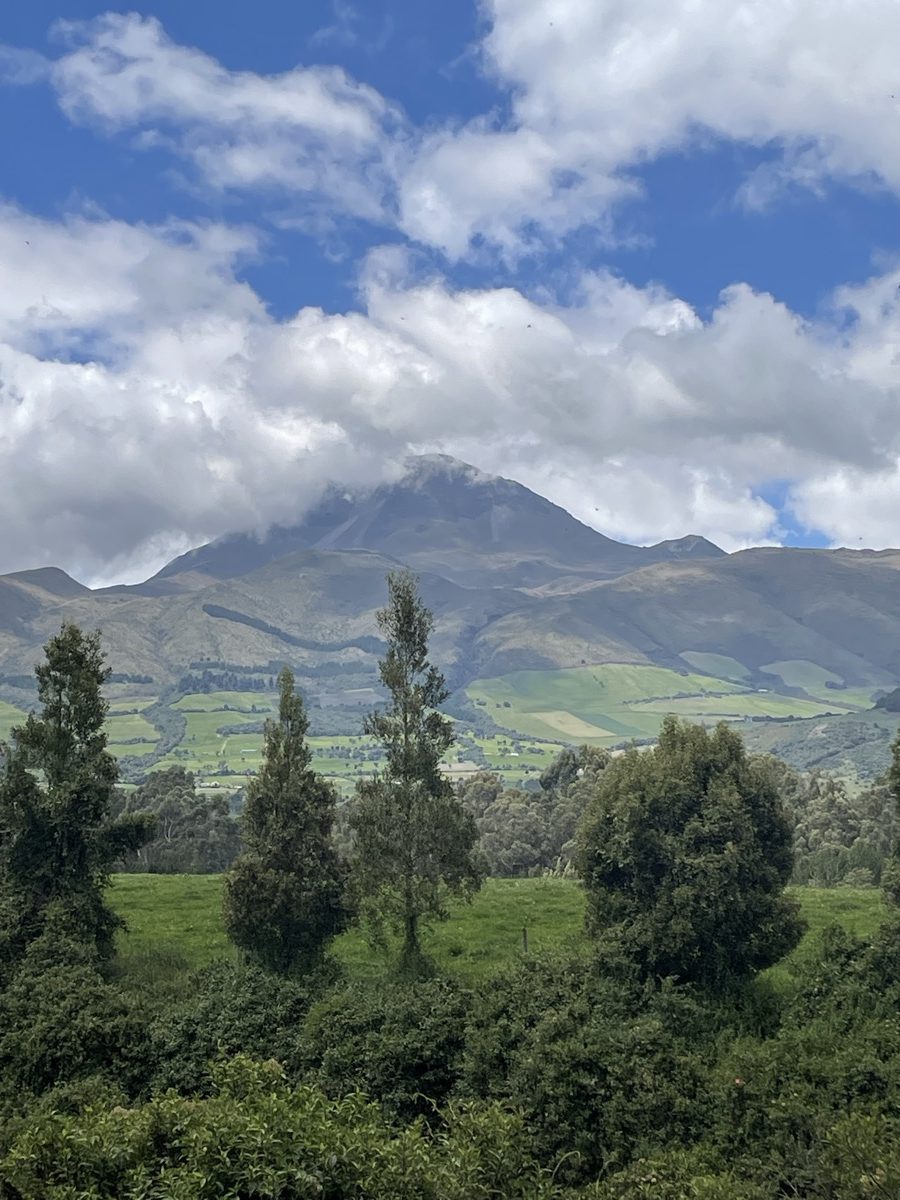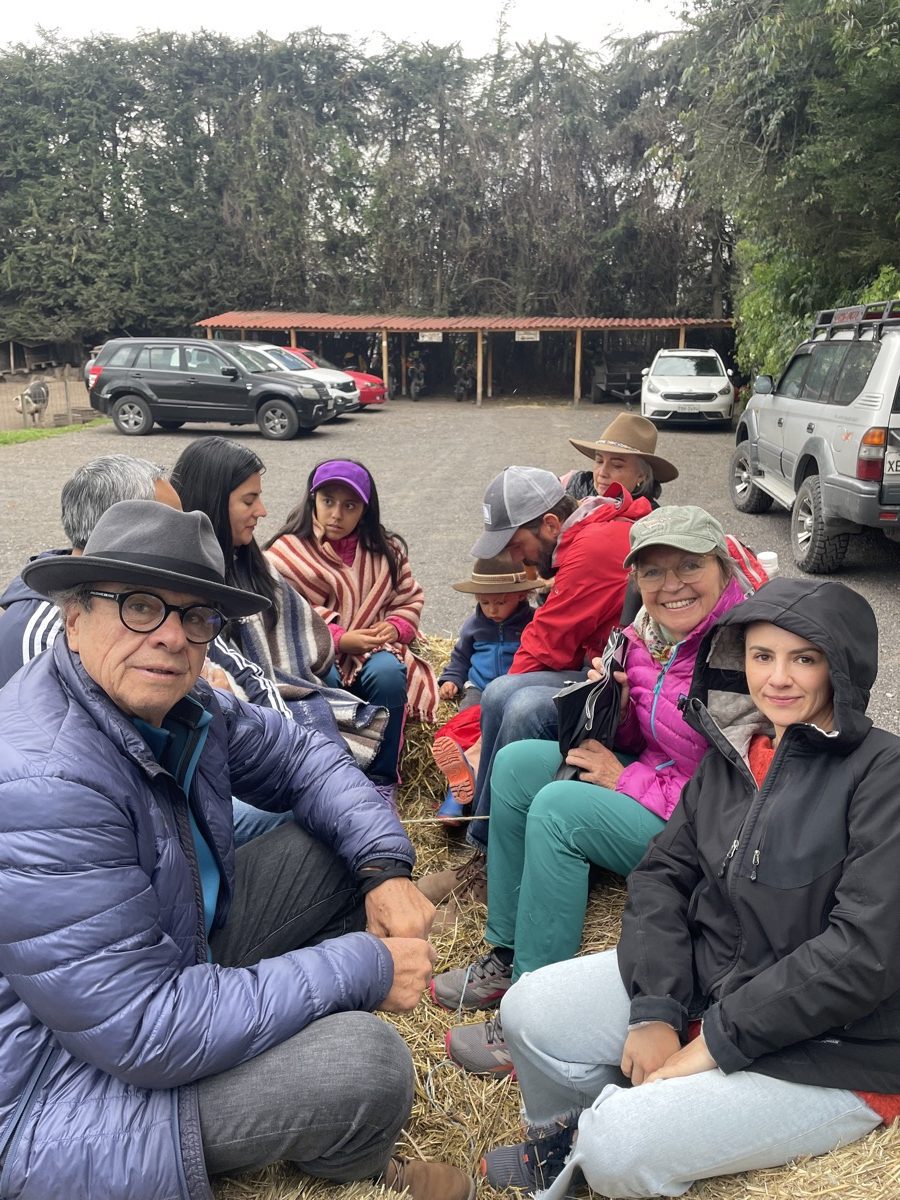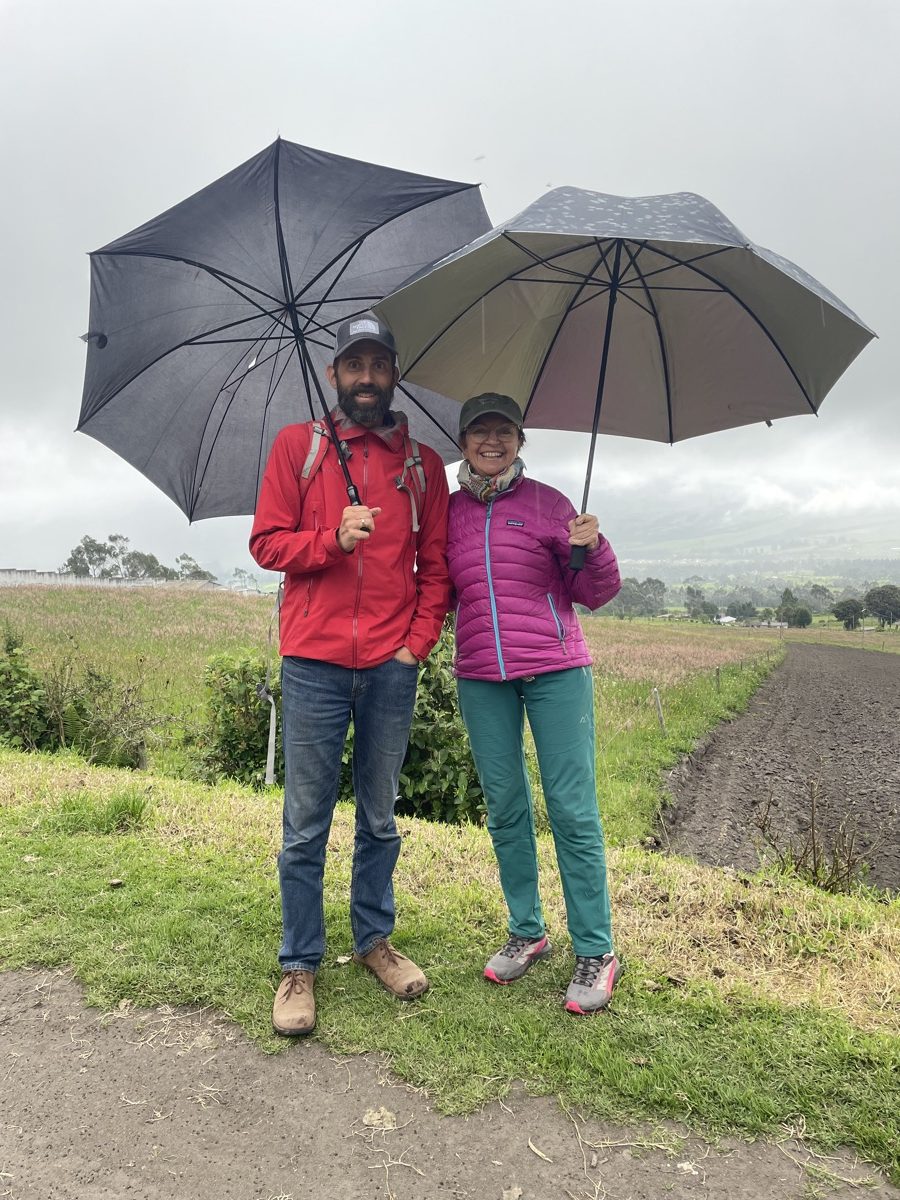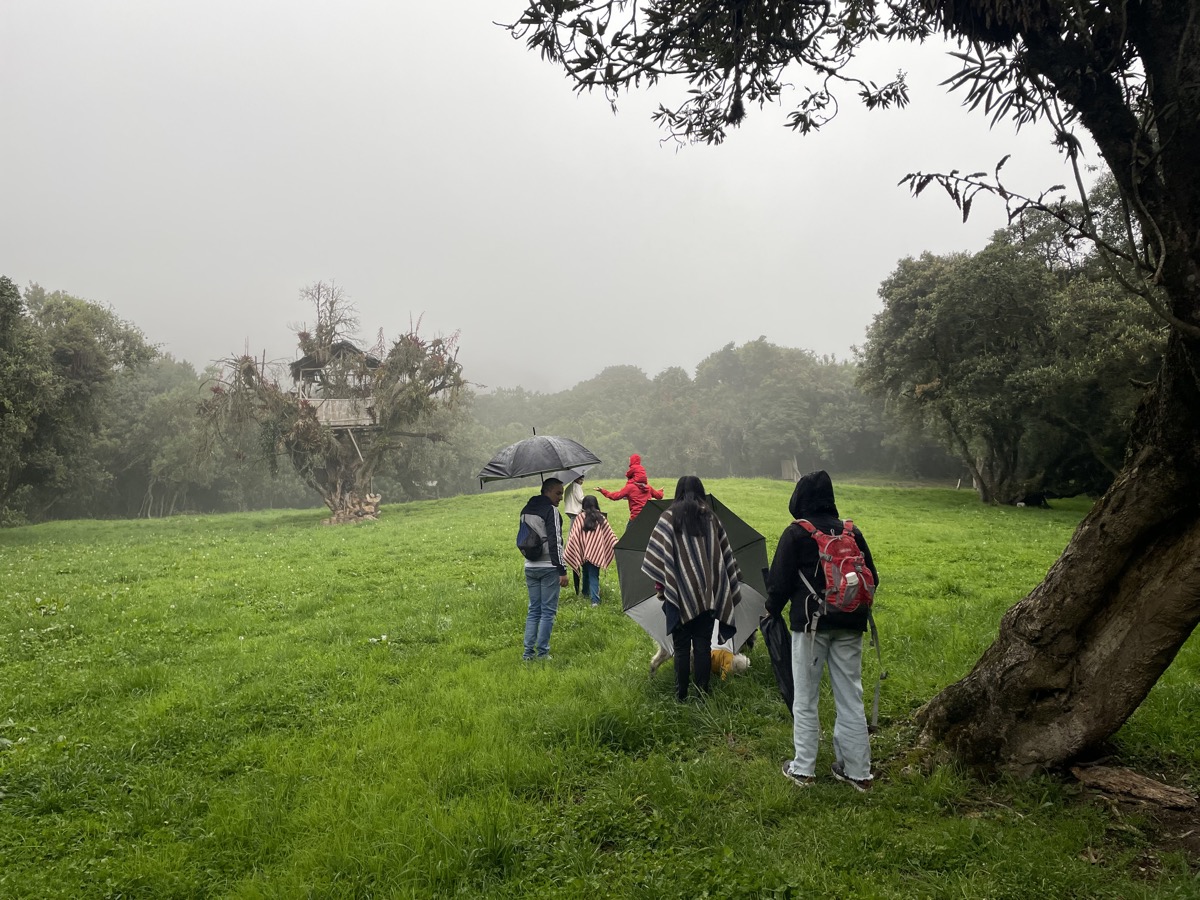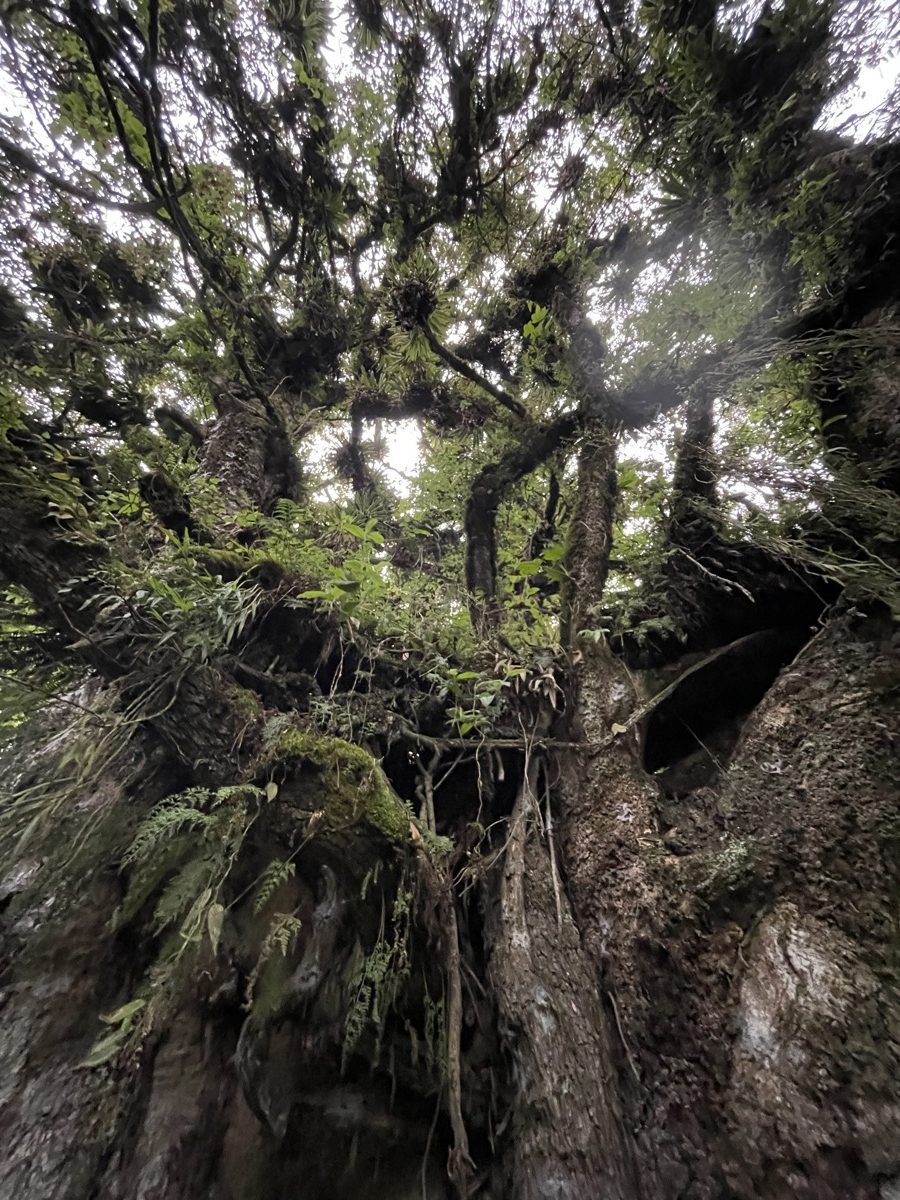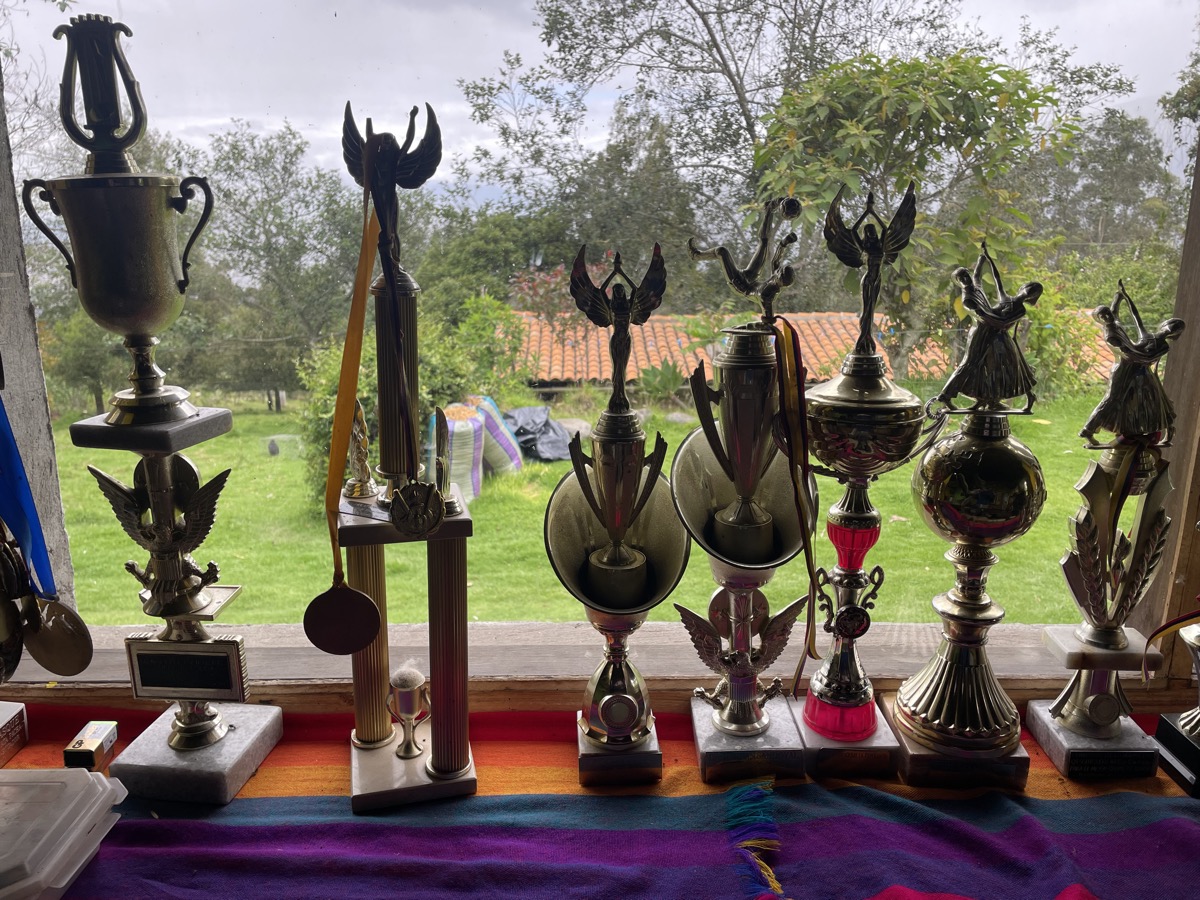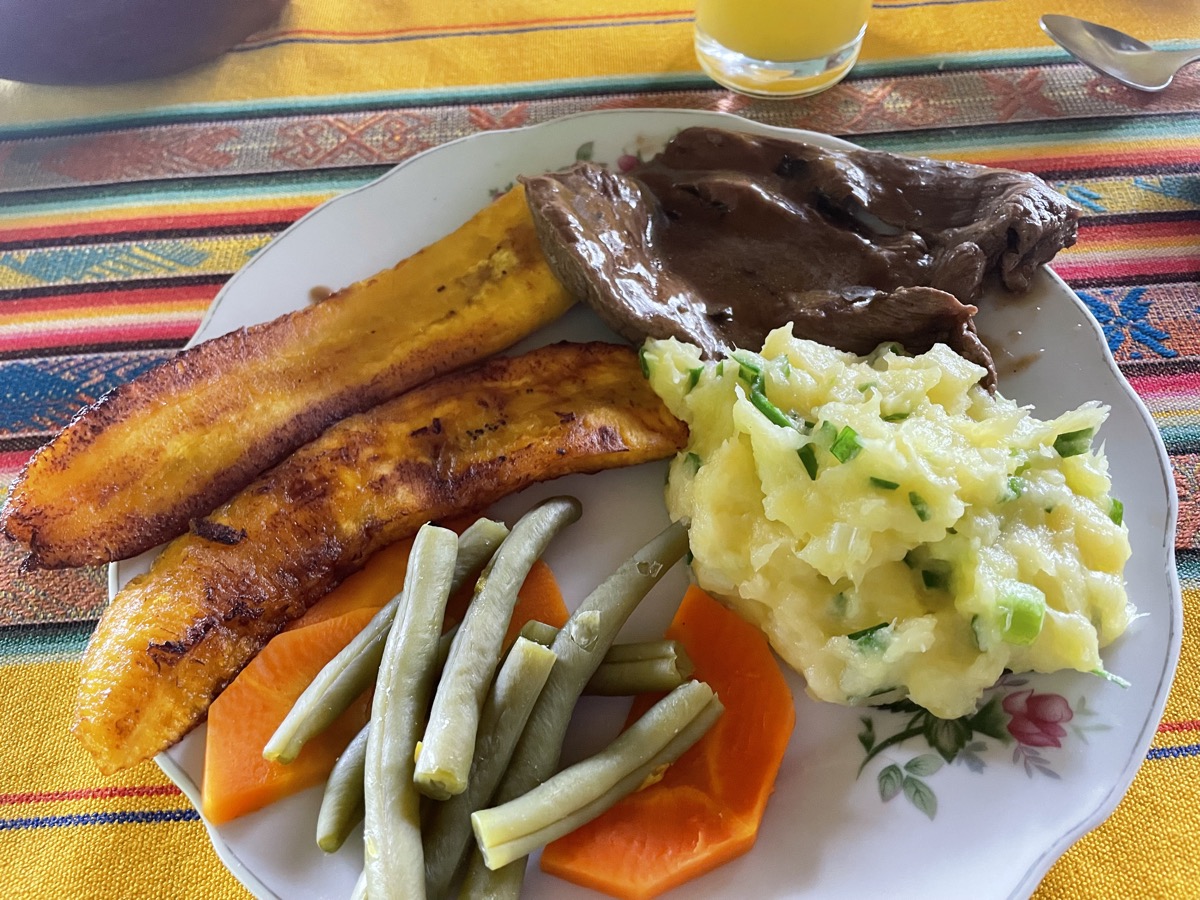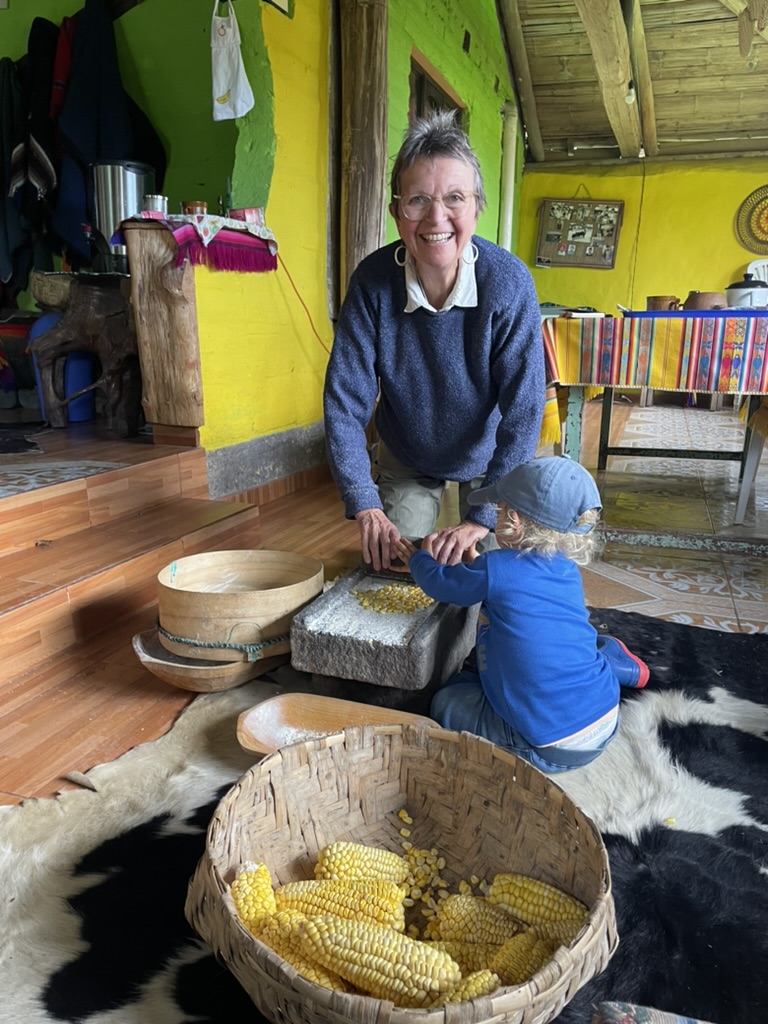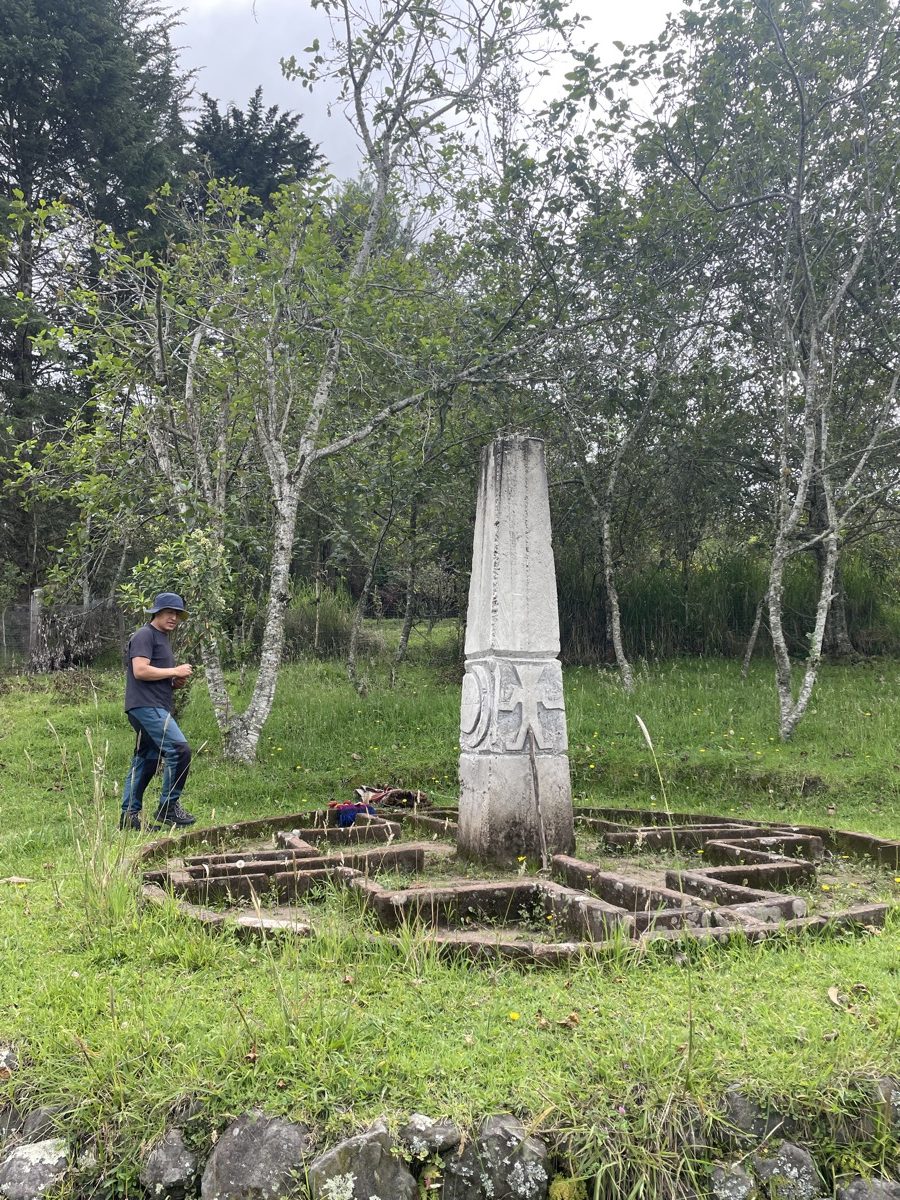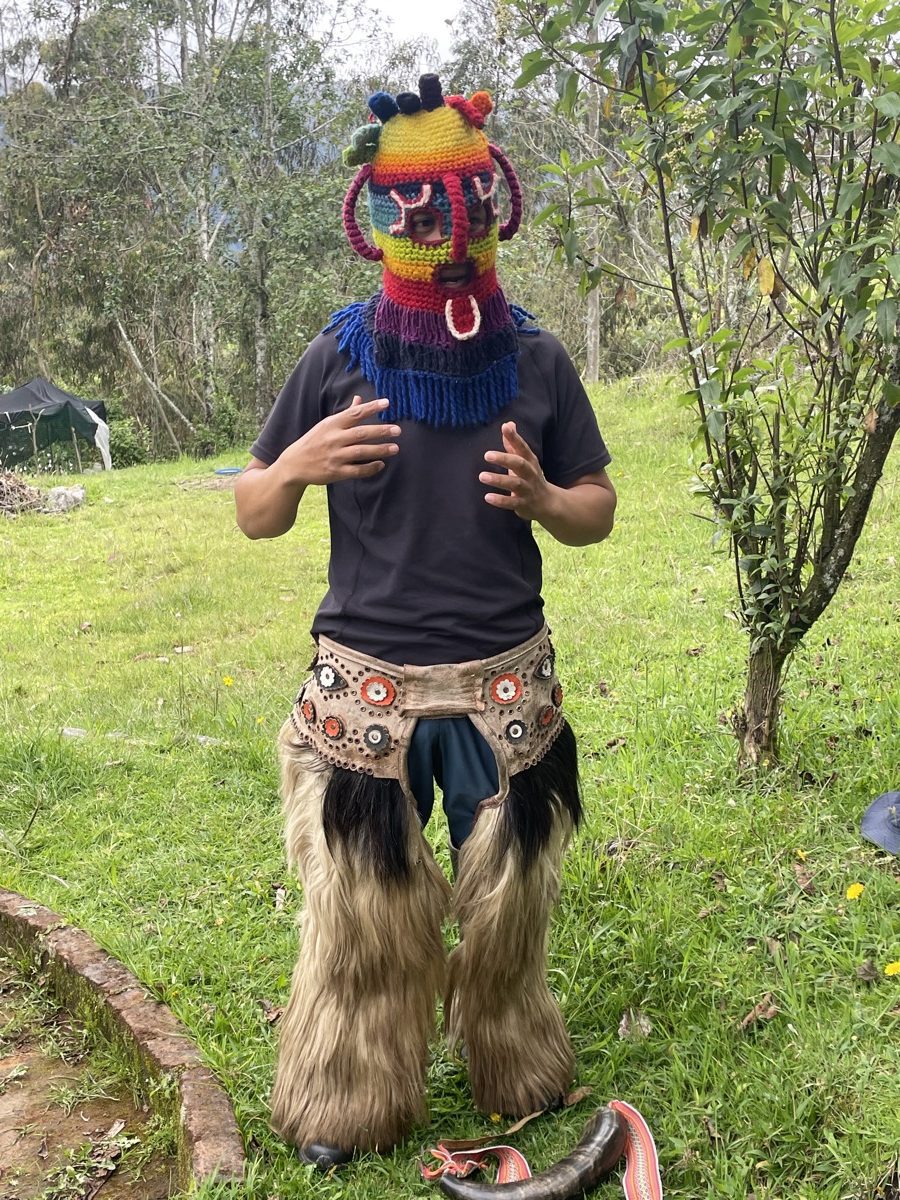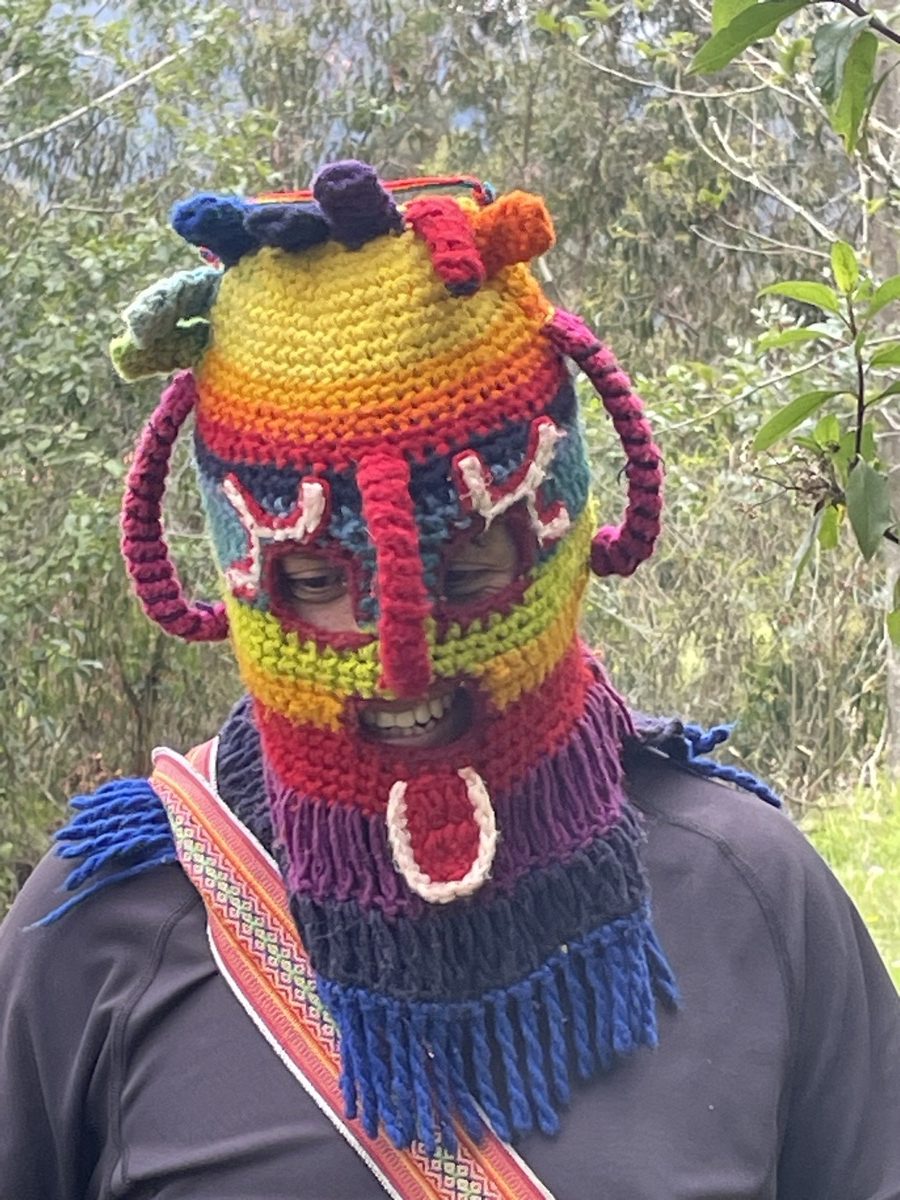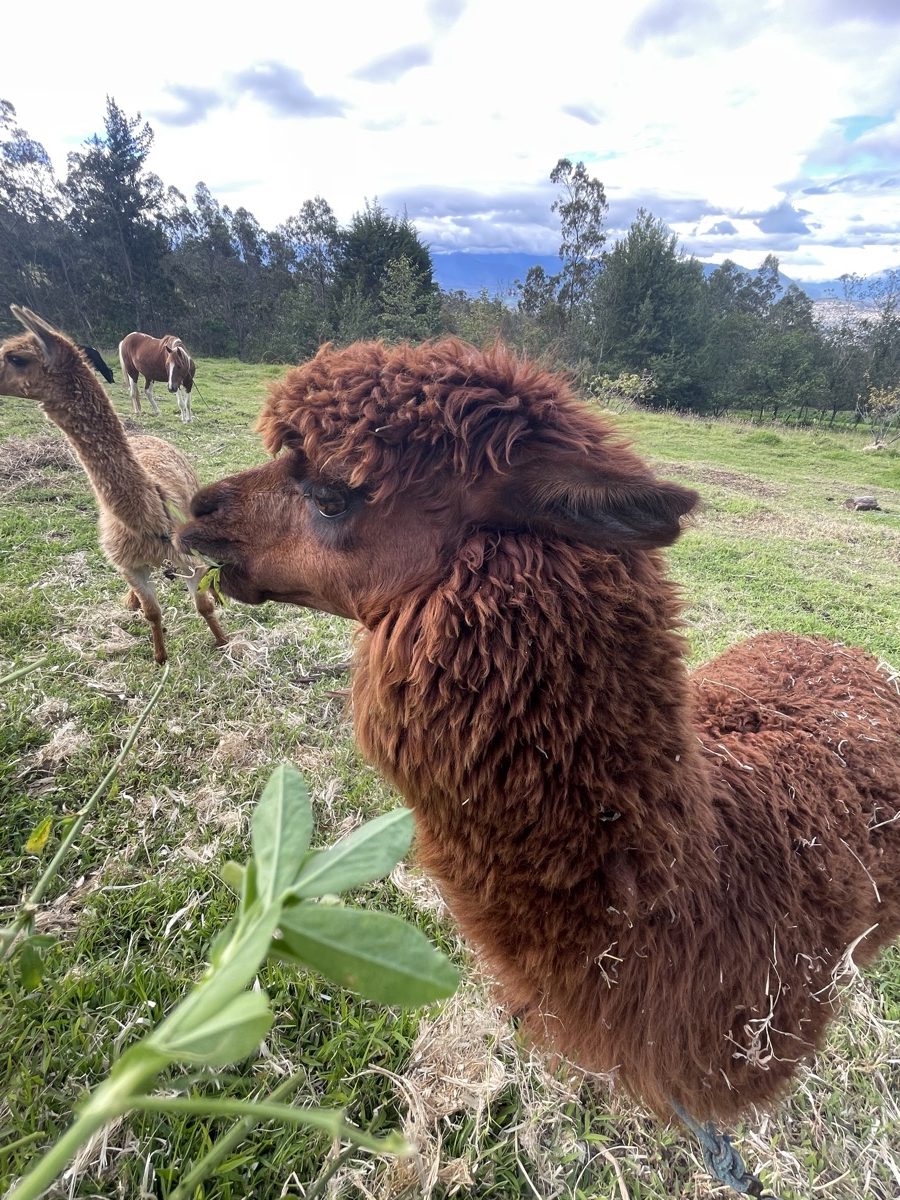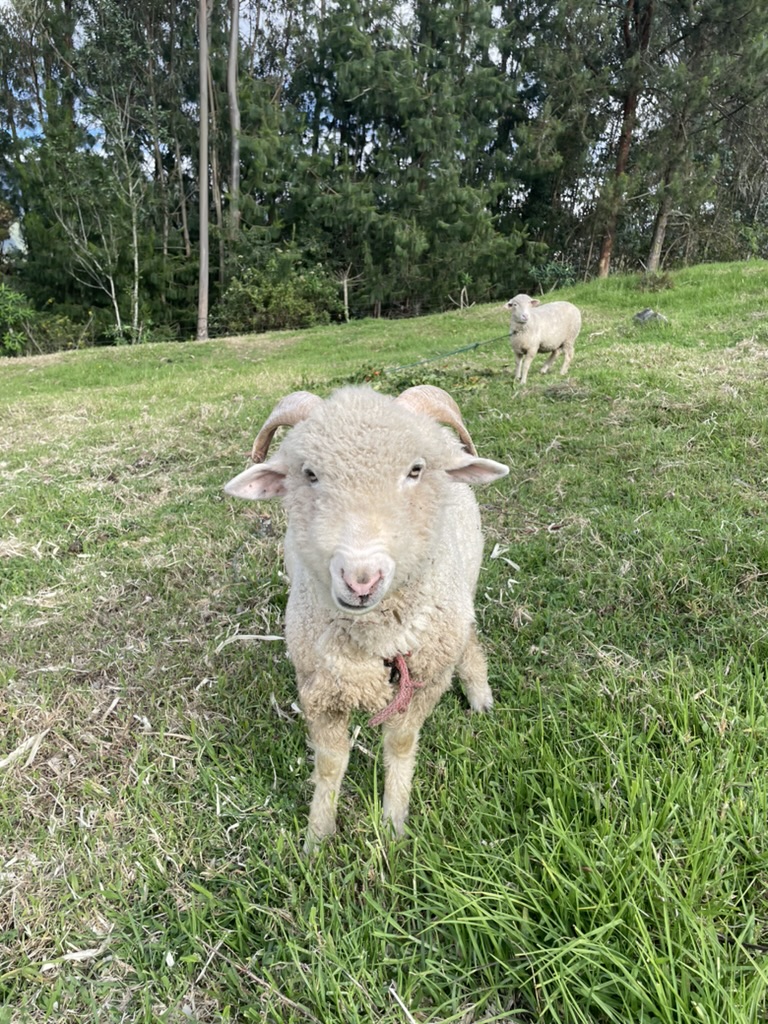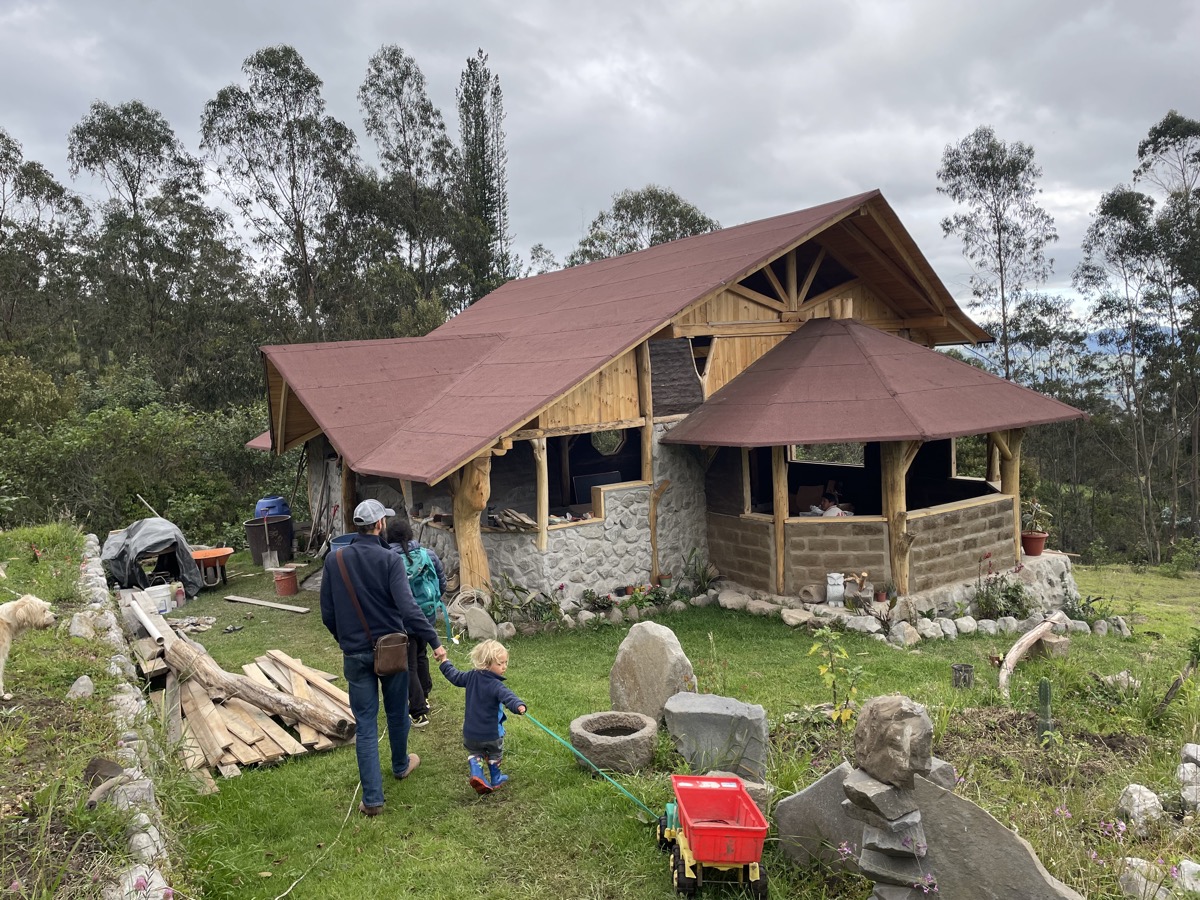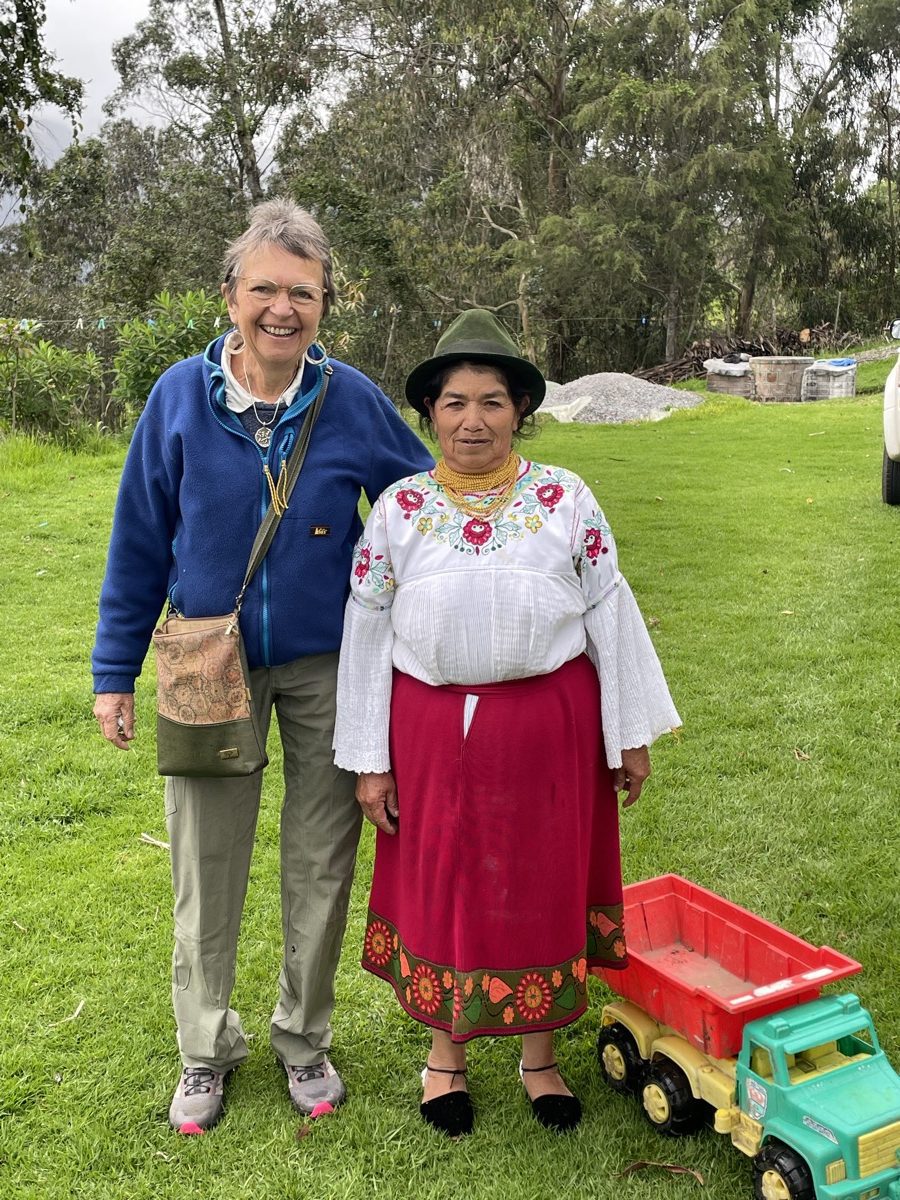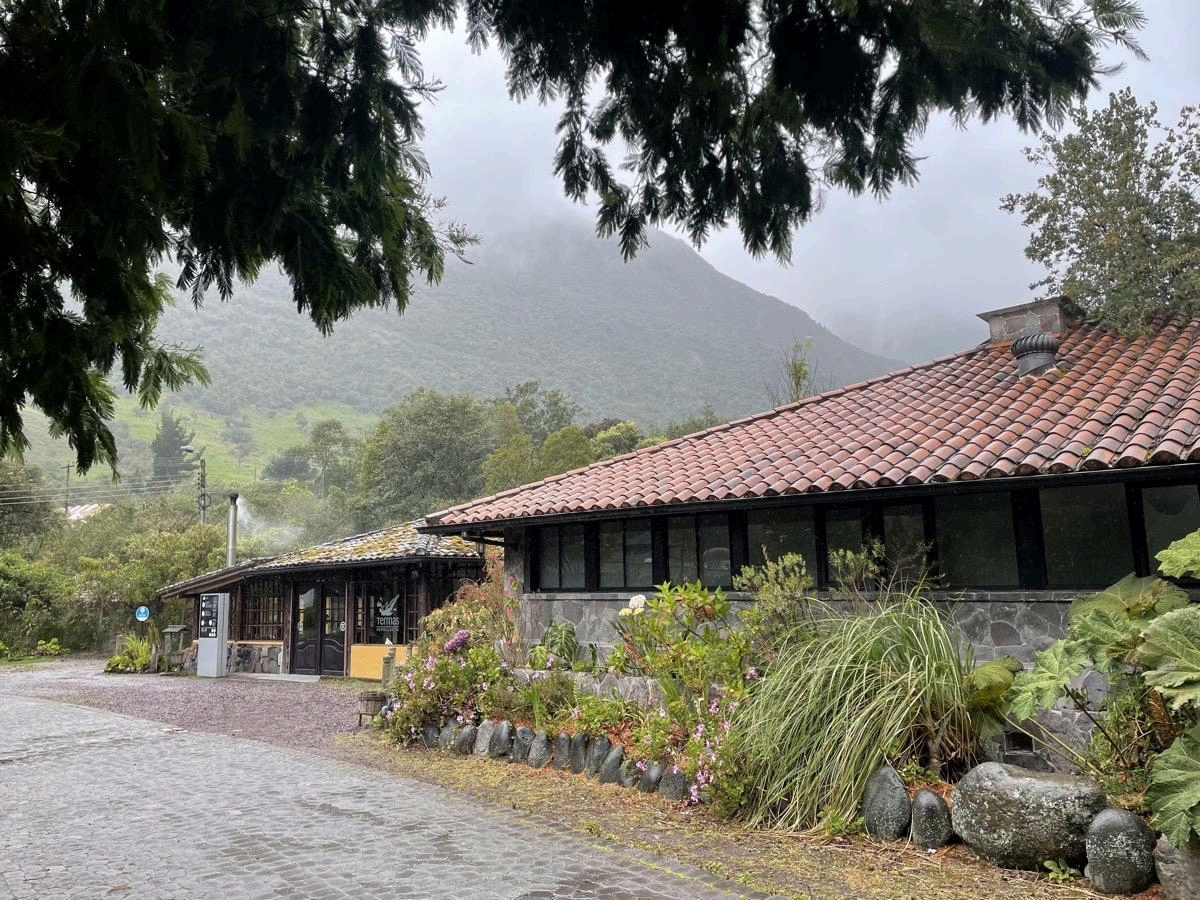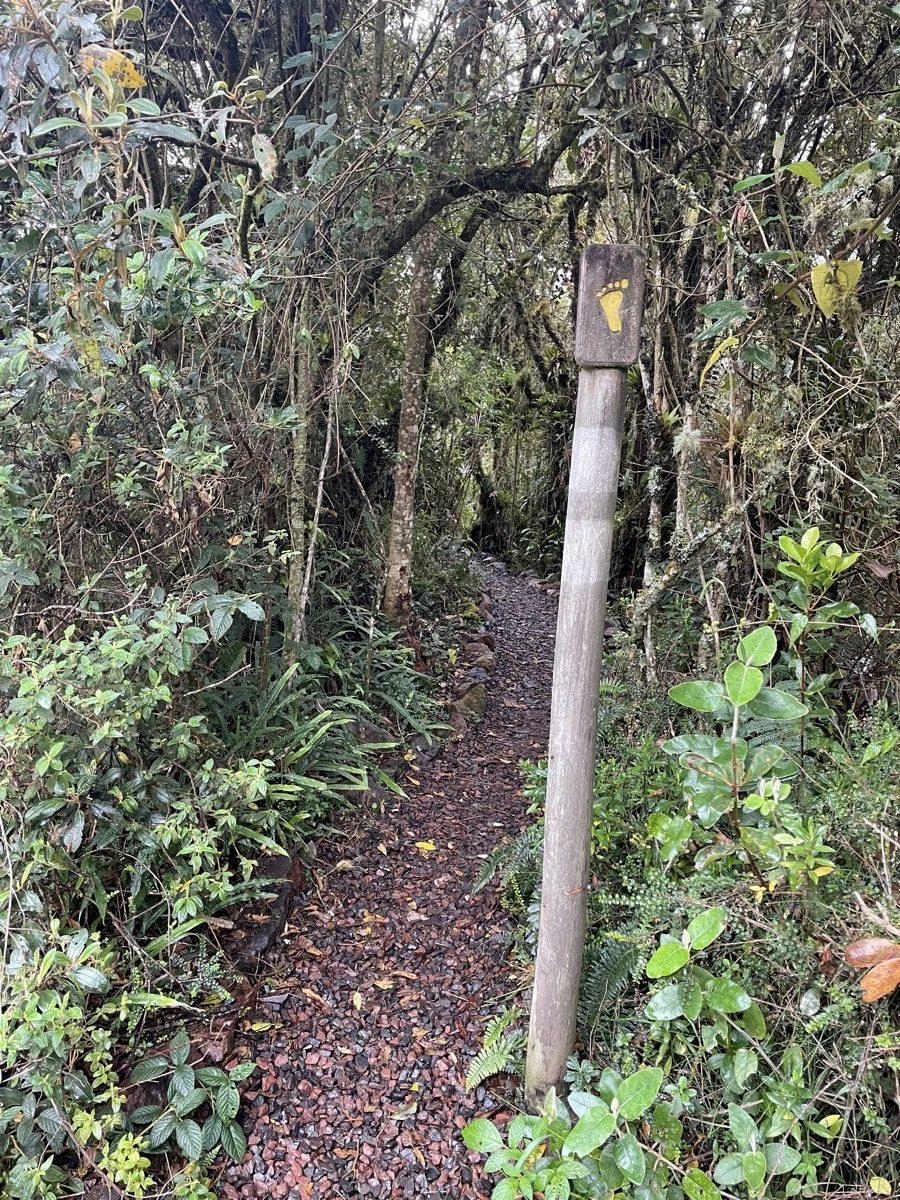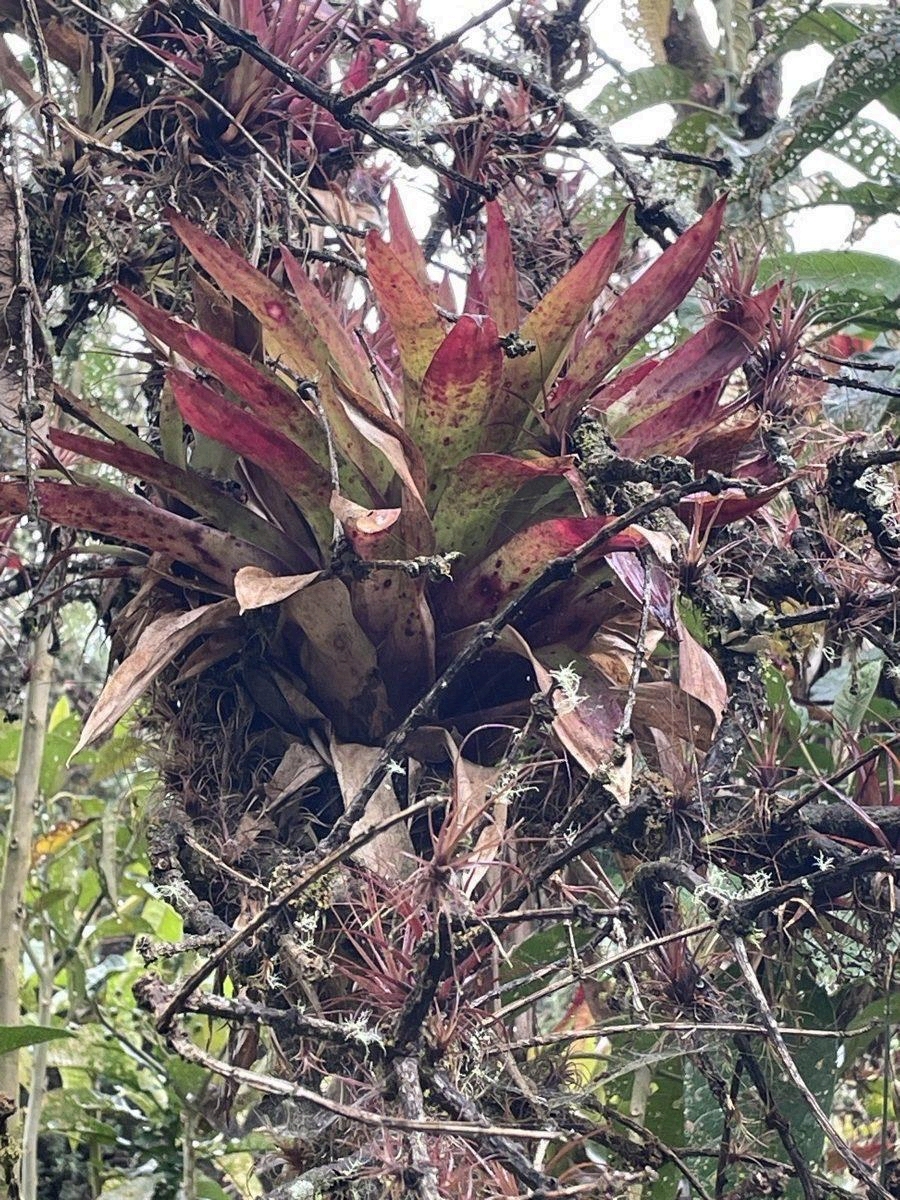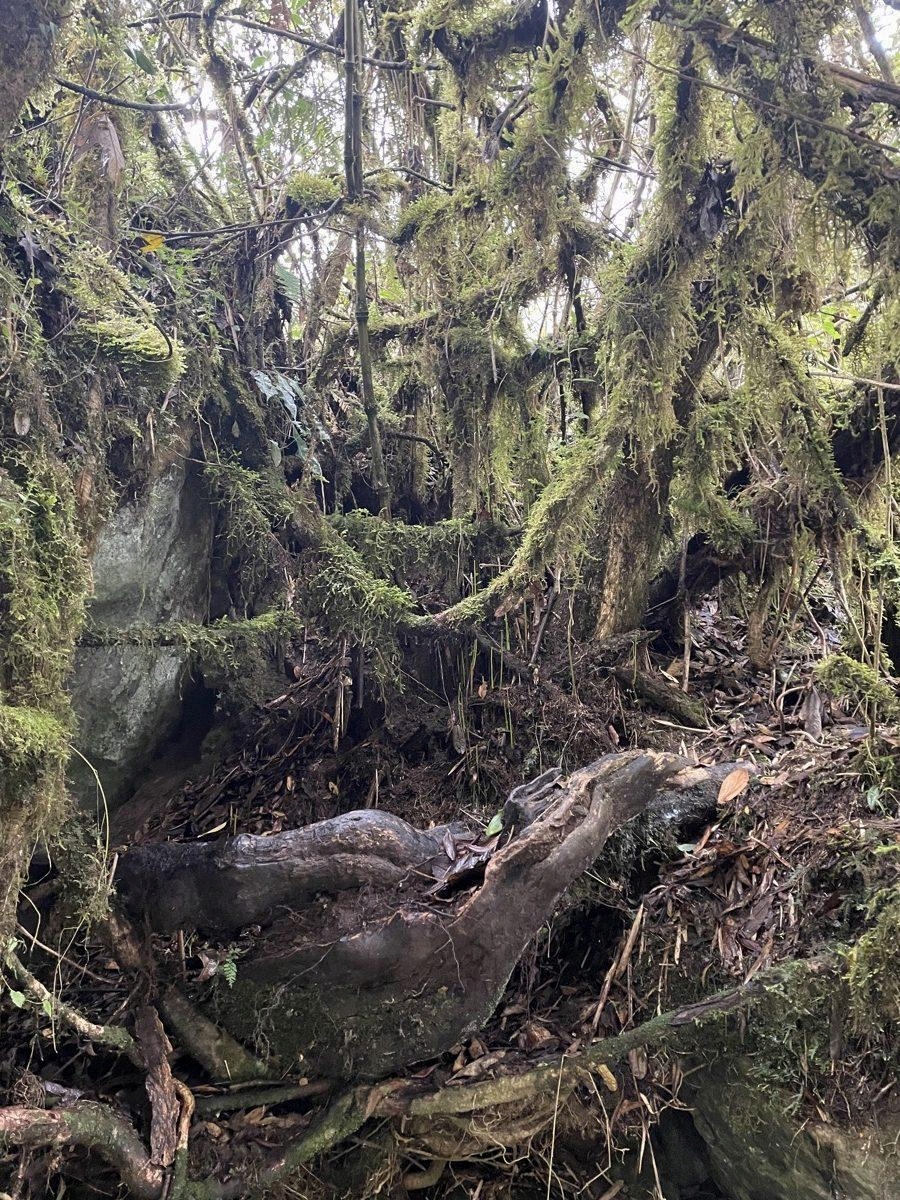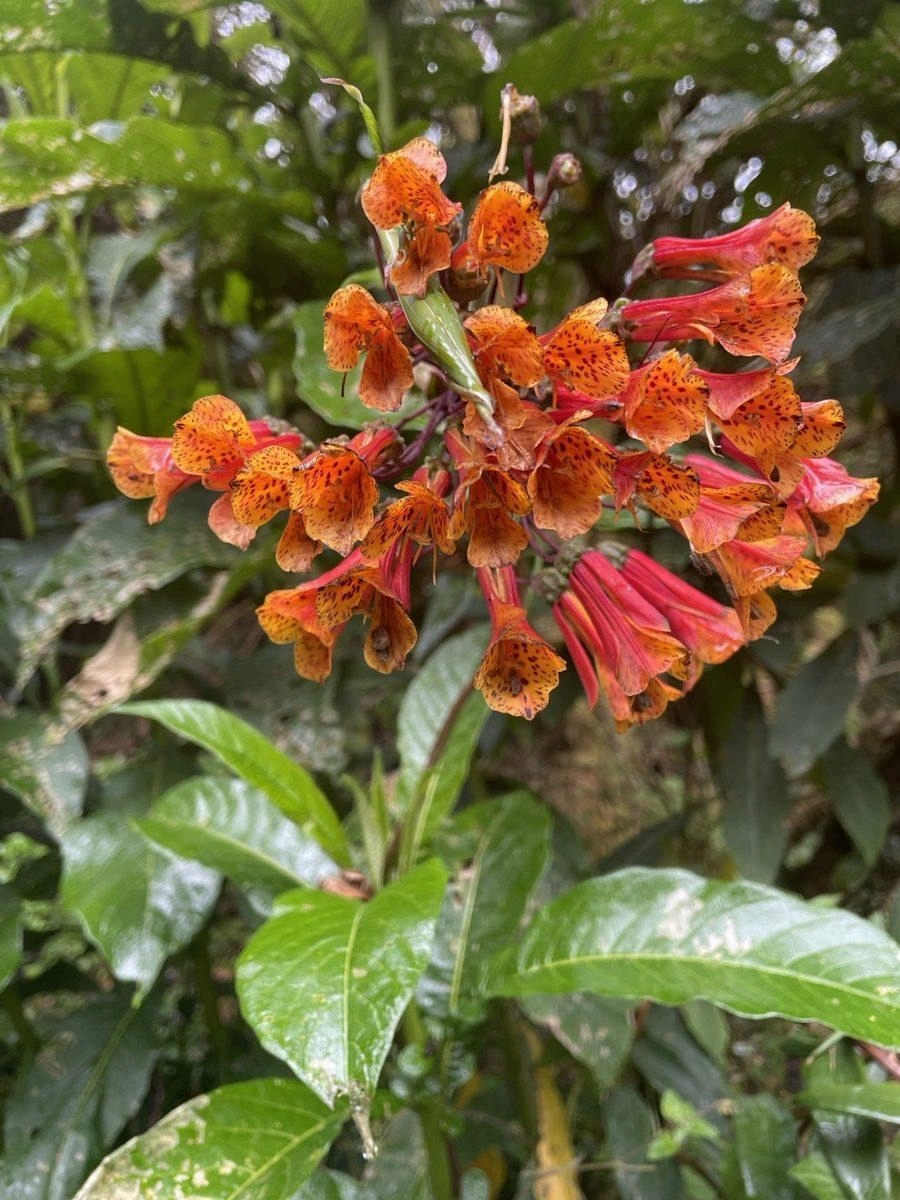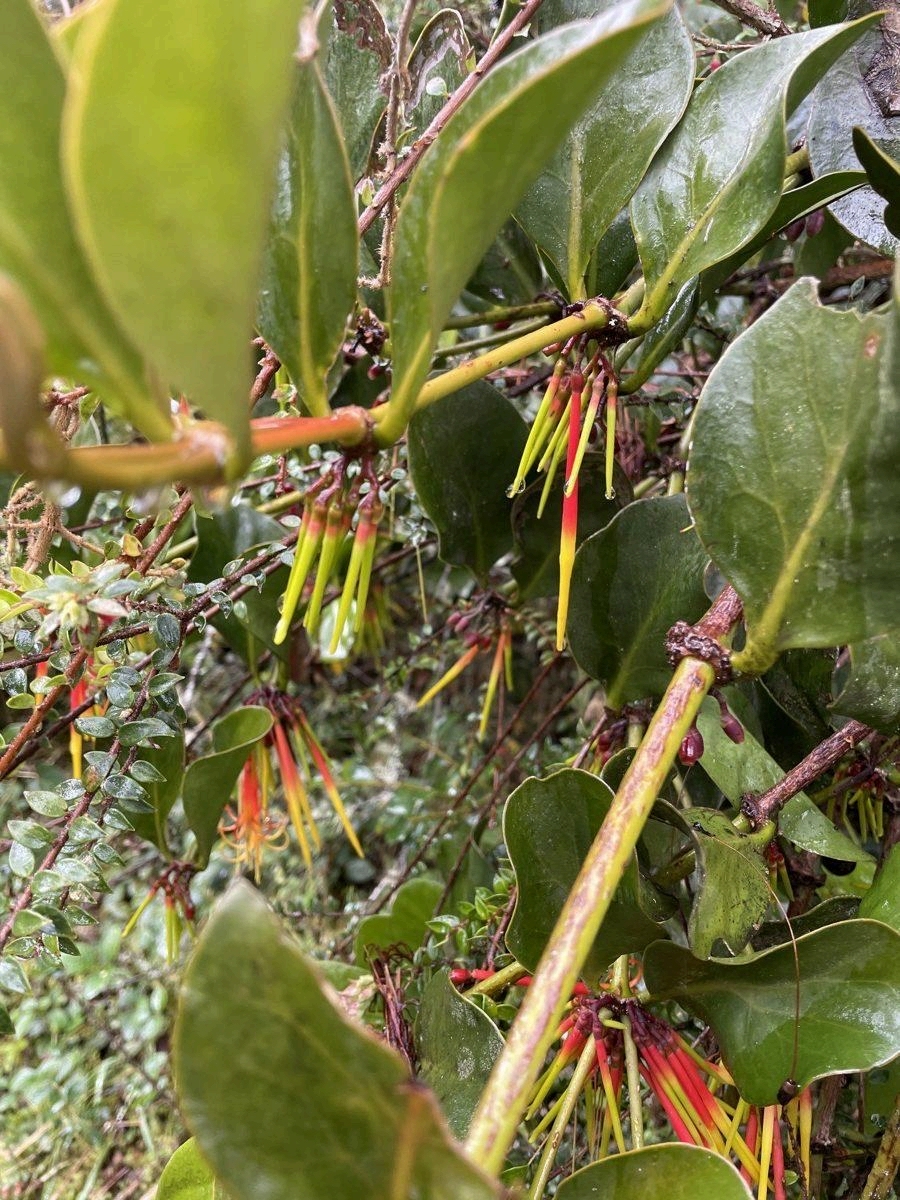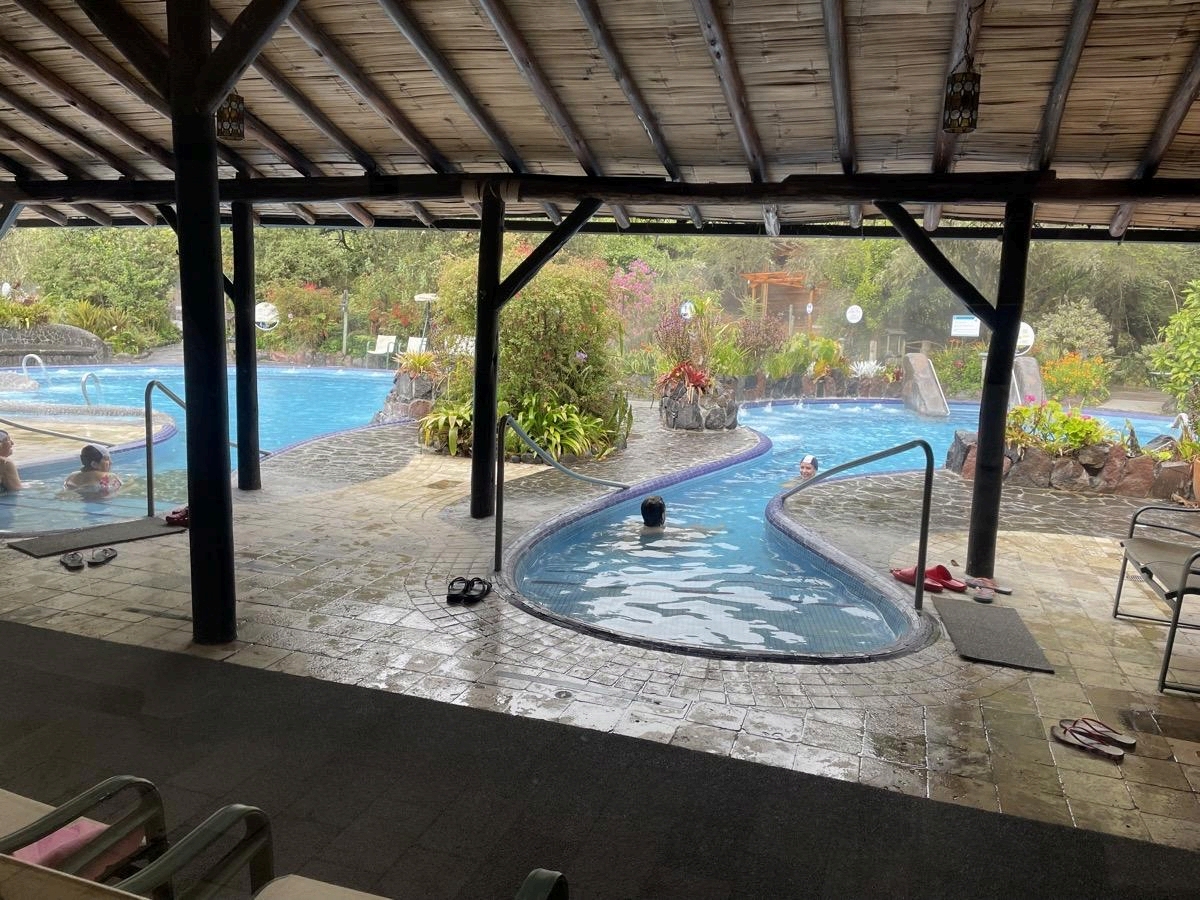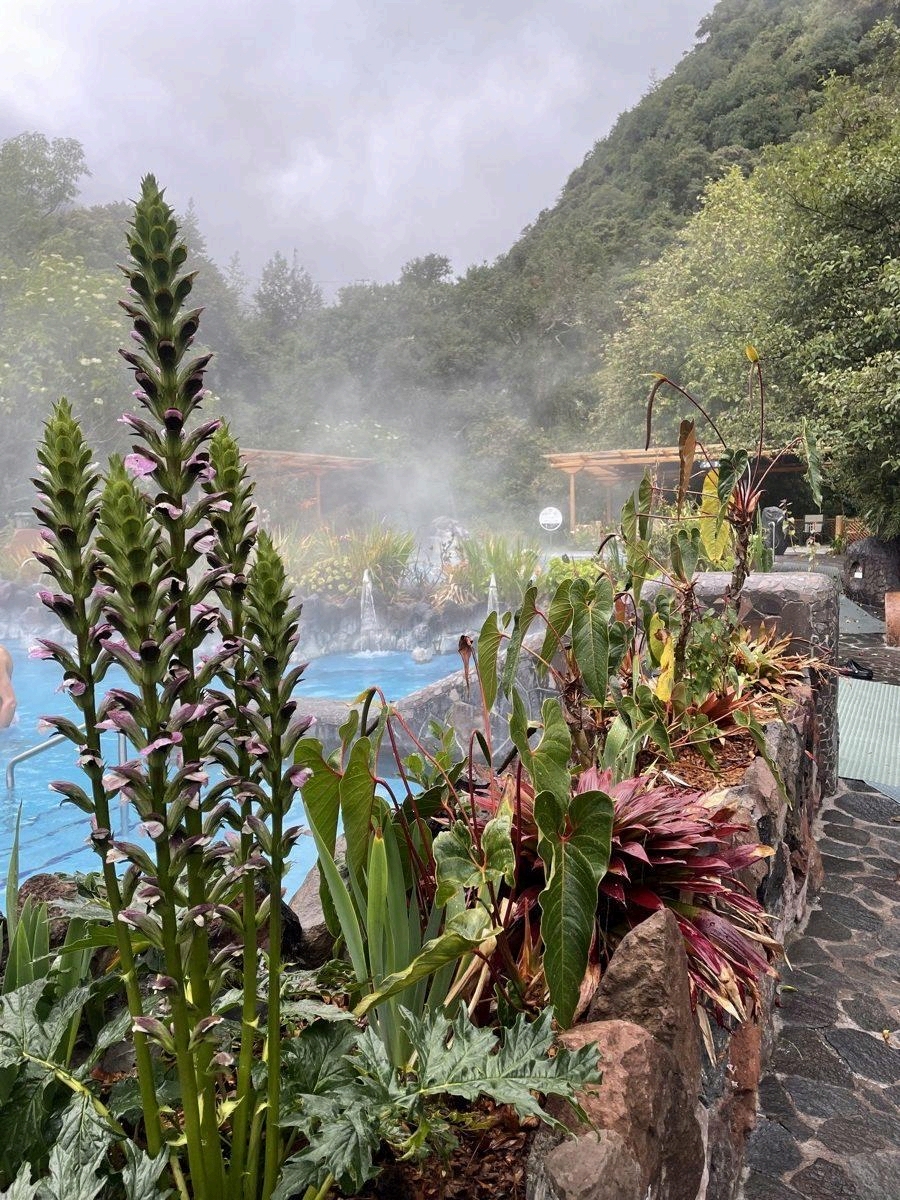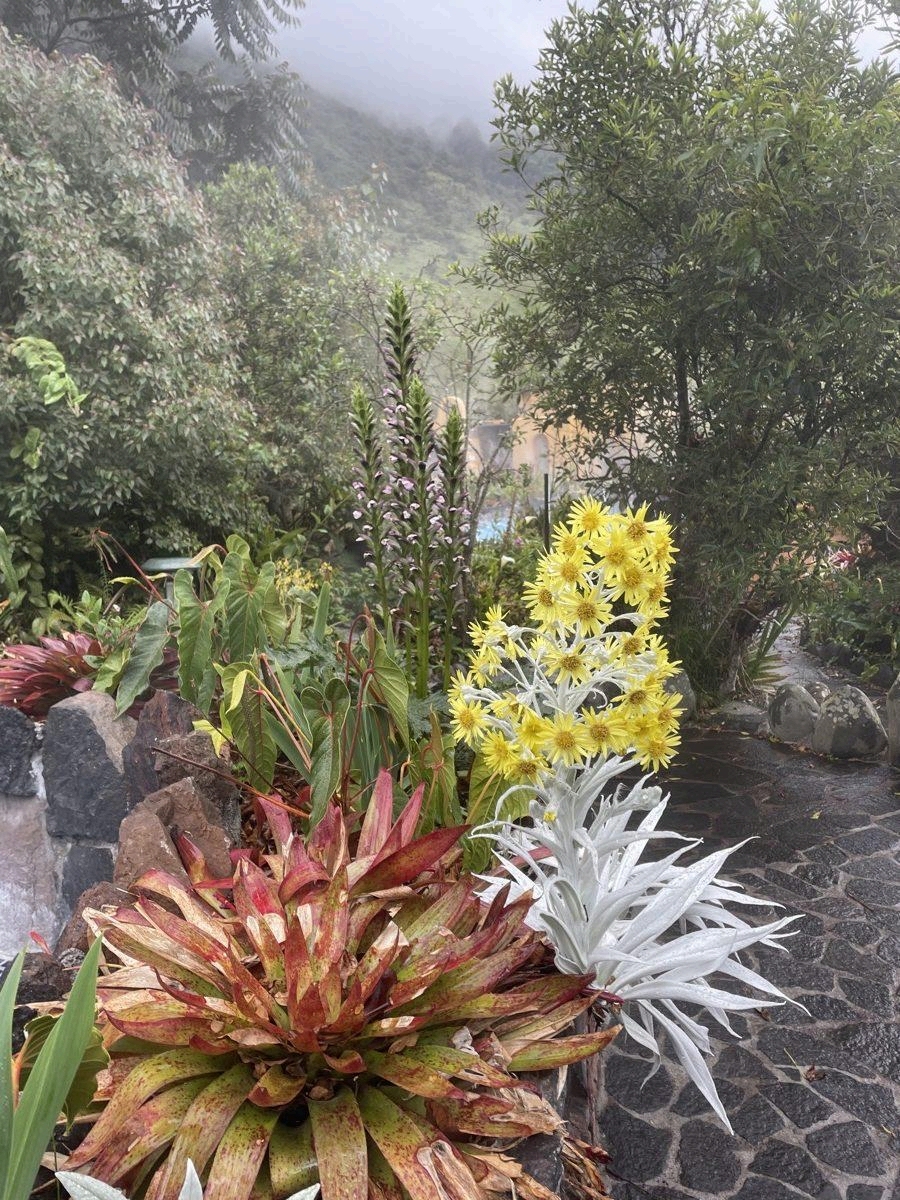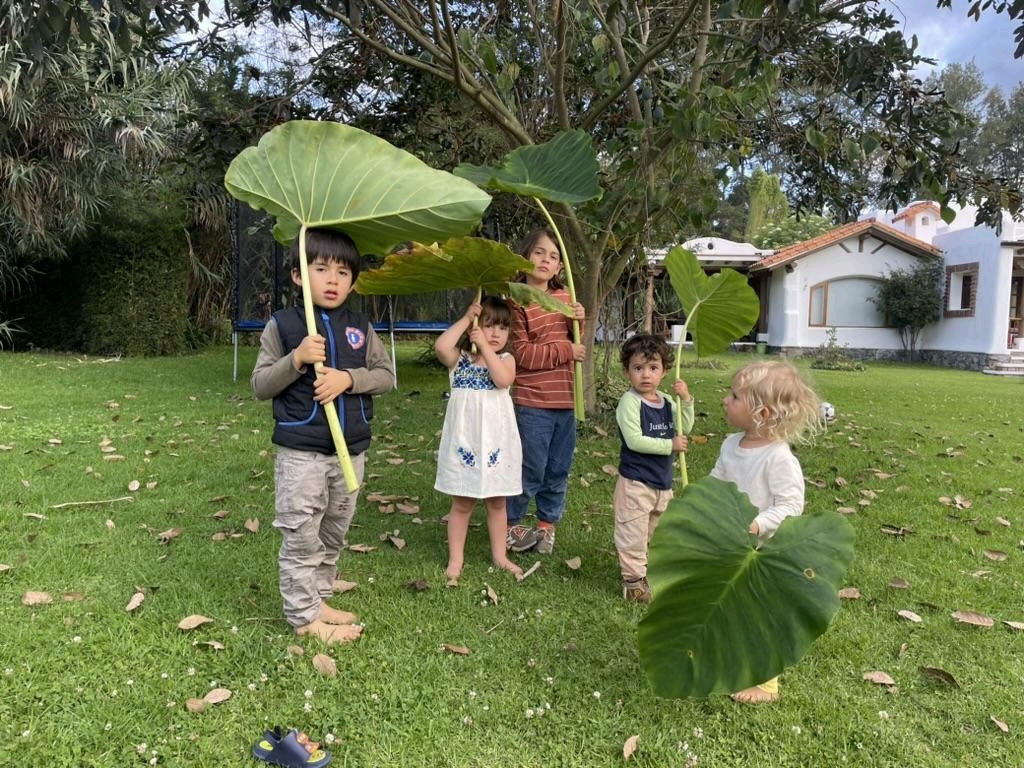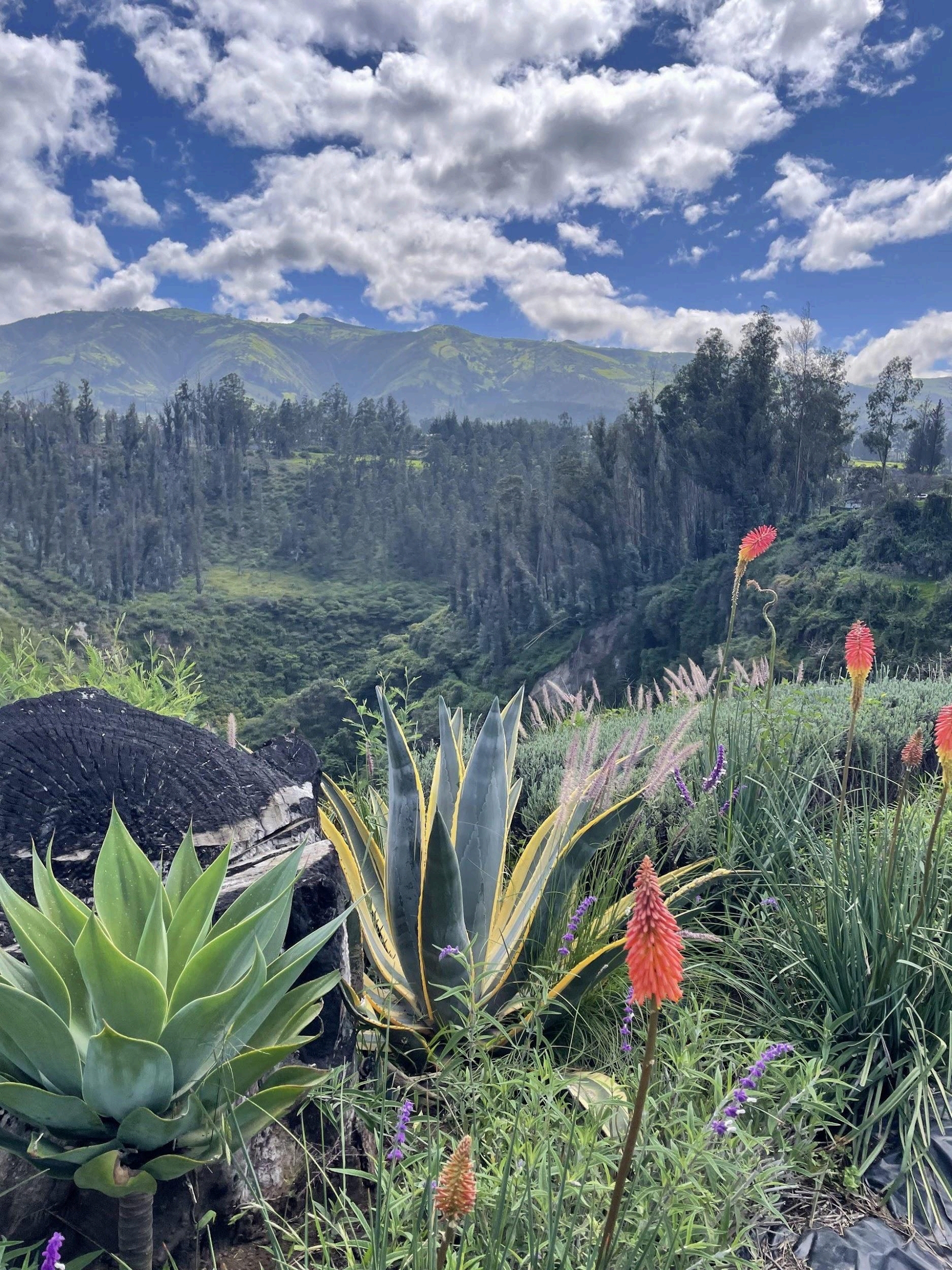Awakening for All: Zazen Necessity: Awakening & Action
We have grave global problems and sufferings as the doomsday clock clicks, adding to the individual and social ones. They are more dangerous due to ignorance and inaction of masses of people; they either leave or rely on others, thinking it neither their responsibility nor within their ability to solve them.
The causes are due to old habits of individuals and societies of egoism, homo-centrism, state-centrism, etc., ignoring other selves, species, states, ecology, etc. A majority of people simply strive for 2 Fs, 3 Ms, 3 Ss, etc. as these are great gains or successful states, ignoring others and other ways of life.
The solutions lie in awakening and action to solve them by simple still sitting, stilling karma, settling in nirvana, seeing the Dharma, serving and saving all, done by awakening others to act by connecting people for better global systems and observing a global ethic. Then, we can make a holy, healthy, happy world.
The paths are to observe the universal Dharma of Dependent Co-origination, i.e., that all are interrelated and relative, and to realize the harmonious world of life with friendship, without the triple poisons, beyond egoism, nationalism, Mammonism, etc. – mitra-net of the awakened in solidarity.
February 15, 2025 C.E.
Notes:
Notes:
- 2Fs are Fame & Fortune. 3Ms are Money, Matter, Might. 3Ss are Sports, Screen, Sex.
2. “The Dharma (Norm/Law/Truth/Ethic) of all dharmas (forms/phenomena/ truths/ethics)” is Dependent Co-origination, i.e., all phenomena are interdependently co-originated on limitless causes and conditions (similar to the Law of Causality, but deeper and wider – beyond conventions, conceptions, objects, etc.). This means that we are interrelated with other beings (other species, elements, stars, etc.), and relatives to each other, and that we must therefore live together harmoniously and strive to make a wholly wholesome world to become harmonious, health, and happy.
3. The practice of Zen (jhāna/dhyāna: meditation), the key and core practice of za-zen, sitting meditation, is to still karma, settle in nirvana(nir-vāṇa = ni-vāta: no-wind, of karma, see the Dharma, and serve and save all. This process is categorized in the Four Zen Stages and the Eight Concentration (samādhi) Stages (actually Four Zen Stages plus Four Concentration Stages combined, going together). As shown in the Four Zen Stages thoughts, emotions (the representative five coverings: lust-desire, covetousness-malevolence, sloth-drowsiness, agitation-worries, doubts), and volitions (the representative four fluxes: lust, becoming/identification, views/dogmas, nescience/no witness, of nirvana) are stilled in this order.
Please refer to 5. What is Karma? in “Why Buddhism Now?”
https://buddhism869196463.wordpress.com/%e3%83%9b%e3%83%bc%e3%83%a0%ef%bc%9ahome/
4. Karma is instilled with the triple poisons of desire, divisiveness, and delusion (of ego/mei: I/my). The Buddha said that all living beings are karma-birthed, -heirs, -owners, -machines, and -refuged. He clarified that there is no self-substance with self-sameness (permanent) and self-sovereignty (wishful) entities due to the Dharma (Truth/Law) of all dharmas (phenomena), Dependent Co-origination. We as karma-machines must change to the Dharma-refuged in order to change the world in suffering to that in holiness (wholly wholesome: harmonious, healthy, and happy).
5. Nirvana means no wind (of karma imbued with the triple poisons of desire, divisiveness, and delusion), where one can for the first time witness the Dharma world and become awakened from the long night of nescience to the Dharma of all dharmas in calm, clear, controlled, and careful conditions, then prognosticate problems and sufferings in the Four Holy Truths and the Eight Holy Ways.
No-wind of karma stills the two roots (craving and nescience) and stills their results of suffering and samsara [six ways/realms of hell beings, hungry ghosts, (fighting devils), animal beings, human beings, celestial beings], thus become freed (liberation, freedom) from samsara and suffering. One opens the right Dharma-eye there (Right Dharma-eye stored in the exquisite heart of nirvana), attaining countless merits of no moving (blowing) of karma (no moving, no death: ambrosia: amṛta), freed from discrimination, bondage of self, other, that, this, etc. (nothingness, emptiness, no-self, limitless: limitless life, limitless light, no attachment, no obstruction, etc.), realizing the true world (Dharma world, Buddha world, paradise, pure land), freed from straying, delusion, etc.
Please refer to 4. What is Nirvana? in the “Why Buddhism Now?”
https://buddhism869196463.wordpress.com/%e3%83%9b%e3%83%bc%e3%83%a0%ef%bc%9ahome/
6. Religion derives from Latin religare (reunion). Religion is, thus, to reunite with holiness (wholly wholesomeness, cf. Rudolf Otto’s definition of religion as the Holy) from sin (=separation, separated sick, cf. a-sun-der, sundry). Religion can be defined as the way of life (custom, ritual, habit, tradition) and the way to life (cultivation, perfection, witness, attainment). Religions have been developed from particular to universal, from primitive to developed, from mystical to rational, from pre-scientific to post-scientific – from individual, tribal, racial, world-wide, and universal.
7. The solution to the global problematique, mutually related global problems such as climate change, mass extinction, nationalism, war, nukes, dictatorship, dogma, discrimination, pollution, and poverty, requires the global ethic (issued by the Parliament of the World’s Religions in Chicago in 1993 with more than seven thousand people from all religions and from all over the world attending), which is based on the Five Precepts (and the fundamental common elements in the Ten Precepts, the Ten Commandments, etc. of Buddhism, etc.). The Inter-Action Institute drafted the Universal Declaration of Human Responsibilities (counterpart to the Universal Declaration of Human Rights, to be published at the 50th anniversary of its issuance) for the U.N. to publish, but it has been shelved for the time being.
8. A paradigm shift from our artificial, unilateral pyramidal civilization to a natural, cyclical Indra-net life culture for sharing life, heart, and harmony with the five blisses (awakening, freedom, equality, friendship, and peace) is essential to solve the global problematique. Culture is the cultivation of our potential in truth, goodness, beauty, and holiness (cf. sciences, philosophies, arts, and religions).
Please refer to the following for more detailed explanation:
https://heiwasekai.wordpress.com/2018/01/20/%e3%80%8c%e6%9e%a0%e7%b5%84%e8%bb%a2%e6%8f%9b%e3%80%8d%ef%bc%9aparadigm-shift/?fbclid=IwAR2PEo9t4YwkwTSo4QRdVseqW08HeASD7orrenbOQLh181s72MAbV-
一切の為の覚醒:坐禅 必要:覚醒と活動
私達は個人と社会の問題と苦に加えて、世界終末時計が刻々と時を刻んでいるように、重大な地球的諸問題と諸苦悩を抱えている。これは多くの人々が無知と、自分達の責任ではないとか解決する能力がないとかして他者に任せあるいは頼む、無活動により更に危険である。
原因は利己主義、人間中心主義、国家中心主義などにより、他の自己、種族、国家、生態系などを無視していることによる個人的社会的旧習の為である。多数の人々は単に2F,3M,3Sなどを偉大な利得、成功状態などとしてそれらを求め努力し、他者や人生の他の道を無視している。
解決は、簡単な静坐をし、業を静め、涅槃に安住し、法を見、人々を地球倫理を守りより良い地球体系の為に人々を結合することで他の人々を覚醒させることにより一切に奉仕し救済することで、それらを解決する為に覚醒し活動することにある。そうすれば、私達は聖(全体健全)で健康で幸福な世界を創り得る。
この為の道は、一切は相互依存し相対的であるという縁起法を守ることにあり、利己主義、国家主義、守銭主義などを超え、三毒無しの友情を持った調和ある世界―連帯の為の覚者達の「友(共)の網」―を実現することにある。
2025共通年2月15日
註:
1. 2FはFame Fortune (名利)。3MはMoney, Matter, Might (金、物、力)。3SはSports, Screen, Sex (映画、スポーツ、性)。
2. 諸法(形態・現象)の法(規則・法則・真理・倫理)は縁起(因縁生起)、即ち、一切現象は無量の直接原因と間接条件により相依生起するということである(因果則に似ているがさらに深く広い-世俗、観念、対象などを超える)。これは私達が他者(多種、要素、星宿など)と相依関係にあることを意味し、相互に相対的であり、私達が調和、健康、幸福になる為には共に調和して生き、全体健全な世界を作る努力をしなければならないことを意味する。
3. 鍵となる静坐の実践は業を静め、涅槃(nir-vāṇa = ni-vāta: no-wind, 無風、業風の)に安住し、法を見、一切に奉仕し救済する。坐禅(静坐瞑想)は身体・呼吸・頭脳(身口意)業を整え静止する。四禅は、尋求、伺候、喜悦、安楽を静め平静 (upekhā/upekṣā, 字義は捨離)・涅槃に到達する結果の心的(知性・感情・意欲)業を静止する過程を表示している。
「今何故仏教か?」の4(涅槃)と5(禅)を参照:
https://buddhism869196463.wordpress.com/%e3%83%9b%e3%83%bc%e3%83%a0%ef%bc%9ahome
4. 業は貪瞋(エゴ/メイ:我/我所の)痴の三毒が植え込まれている。ブッダ(覚者)は一切衆生は業—誕生者、—相続者、—所有者、—機械、—依拠者であると言った。彼は、諸法(現象)の法(真理/倫理)である縁起の故に自己同一(永住)と自己主宰(意欲通り)の実態をもった自己物質は存在しないことを明らかにした。業—機械である私達は、苦しむ世界を聖(全体健全:調和、健康、幸福)なる世界に変える為には、法₋依拠者にならなければならない。
5. 涅槃は(貪瞋痴で染汚した業の)無風を意味するが、そこで人は静謐・明澄・統制・注意状態で法界を直証し諸法の法に初めて無明長夜から目覚めて、問題と苦に対する四聖諦、八聖道で般若(の知恵:処方)を得る。
業の無風は二根(渇愛と無明)を静止してその結果の苦(四苦八苦など)と輪廻 [地獄、餓鬼、(修羅)、畜生、人間、天上の五(六)道(界)] を静止する、即ち輪廻・苦から自由になる(解脱・解放)。そこでは業による動揺が無く(不動、不死:甘露: amṛta)、我他彼此などの分別・束縛から自由になり(無・空・無我・無量:無量寿・無量光・無著・無碍など)、真理世界(法界、仏界、極楽、浄土)を現観し、迷・惑から自由になり、大局観・甚深・微妙な世界(法身、真実人体)を覚るなど涅槃による正法に眼を開き、無数の功徳を得る(正法眼蔵涅槃妙心)。
「今何故仏教か?」の4.涅槃とは何か?参照
https://buddhism869196463.wordpress.com/%e3%83%9b%e3%83%bc%e3%83%a0%ef%bc%9ahome/
6. Religion (宗教)はラテン語religare (再結合)に由来する。だから、宗教は罪(sin = 分離、分離病患, cf. a-sun-der, sundry)から聖(holiness = wholly wholesomeness 全体健全、参照 Rudolf Ottoの宗教の定義:the Holy)に再結合することである。宗教は生活の道(慣習、儀式、習慣、伝統)と生命への道(修行、完成、確証、達成)と定義る。諸宗教は特定から普遍へ、原始的から発展的へ、神秘的から合理的へ、前科学的から科学的へ‐個人的、部族的、民族的、世界敵、普遍的へと発展してきた。
7. 地球問題群、地球温暖化、大量絶滅、国家主義、戦争、核、ドクサイ、独断、差別、汚染、貧困の様な相互関連した地球諸問題、は(1993年シカゴで世界中から諸宗教の七千人を超える人々が集まった世界宗教会議により発出された宣言)地球倫理を必要とするが、これは(不殺、不盗、不偽、不淫、不飲酒の)五戒(と仏教他の十戒の基本的共通要素)に基づいている。インターアクション協議会は(世界人権宣言の対応として、その五十周年に発表する様)世界人務宣言の草案を作り国連が発出するように提出したが今に至るも棚上げされたままである。
8. 私達の人工的で一方向の金字塔文明から命・心・和の分かち合いによる五福(覚醒、自由、平等、友情、平和)をもつ自然的で循環的な命帝網文化への枠組転換が地球問題群を解決する為には必須である。文化は私達の真善美聖(参考:諸科学、諸哲学、諸芸術、諸宗教)における潜在能力を修養することである。
詳細説明は下記を参照:
https://heiwasekai.wordpress.com/2018/01/20/%e3%80%8c%e6%9e%a0%e7%b5%84%e8%bb%a2%e6%8f%9b%e3%80%8d%ef%bc%9aparadigm-shift/?fbclid=IwAR2PEo9t4YwkwTSo4QRdVseqW08HeASD7orrenbOQLh181s72MAbV-Wxk

.
.
.
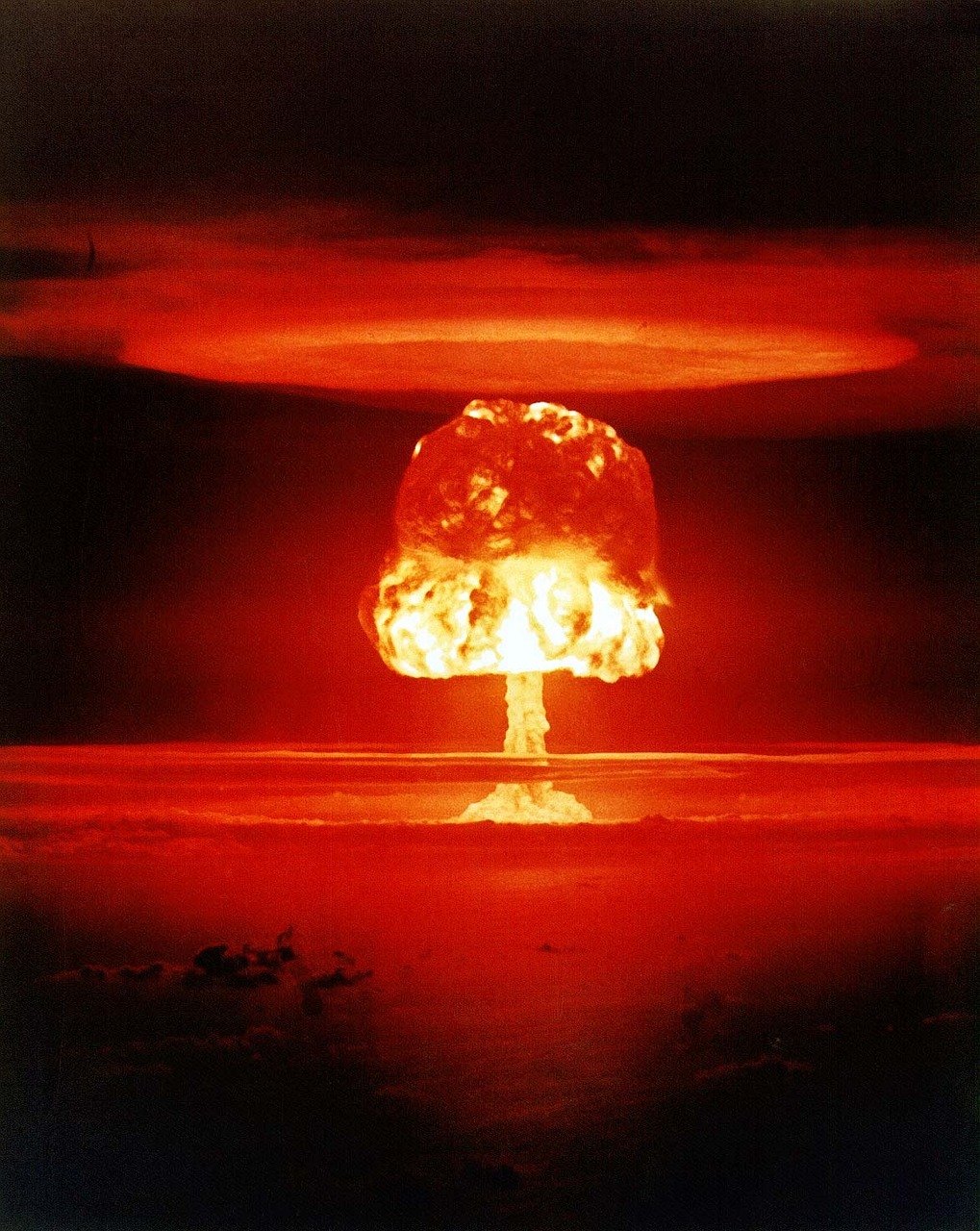
.
.
.

/
/
/

